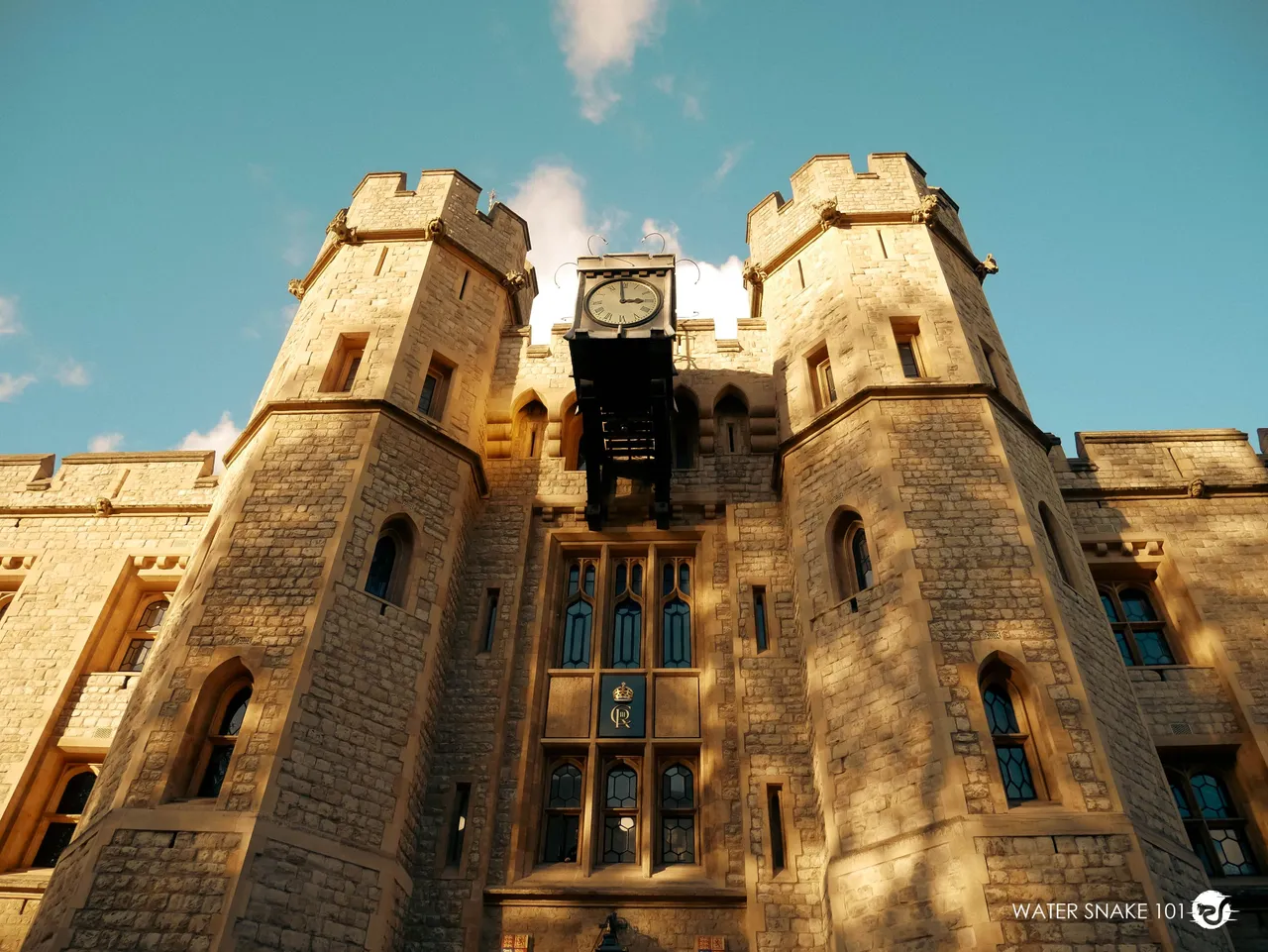

Jewels ✦ Torment ✦ Ravens
Welcome back to the second part of our tour of the Tower of London. Last time we showed you King Edward's chamber and parts of the tower in this fortress. There was still a lot to share with you in our tour of this castle. If you missed the first part feel free to check below.
Tower of London • Inside the Royal Palace Fortress
Come join us again today as we share with you more of the towers and other parts of this historic place.

The Martin Tower, also known as the Jewel Tower, is a part of the Tower of London complex. It is a small, freestanding building within the inner ward and is most famous for housing the Crown Jewels of England. The tower was built in the early 14th century during the reign of King Edward I to provide a secure and fortified space for the safekeeping of the royal treasures. Today, the Martin Tower is one of the key attractions for visitors to the Tower of London, offering a glimpse into the history and significance of the Crown Jewels and the elaborate security measures in place to protect them.
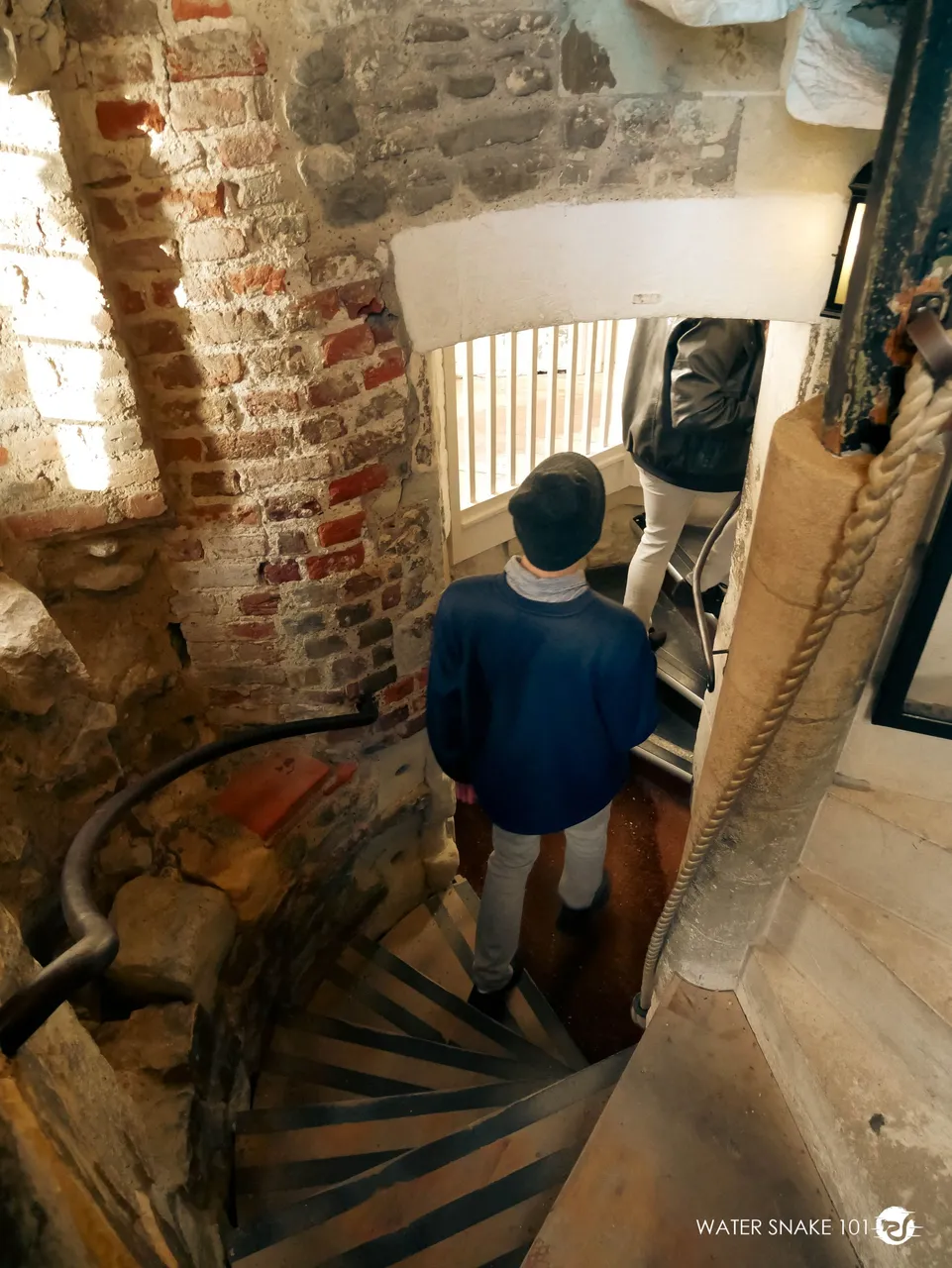

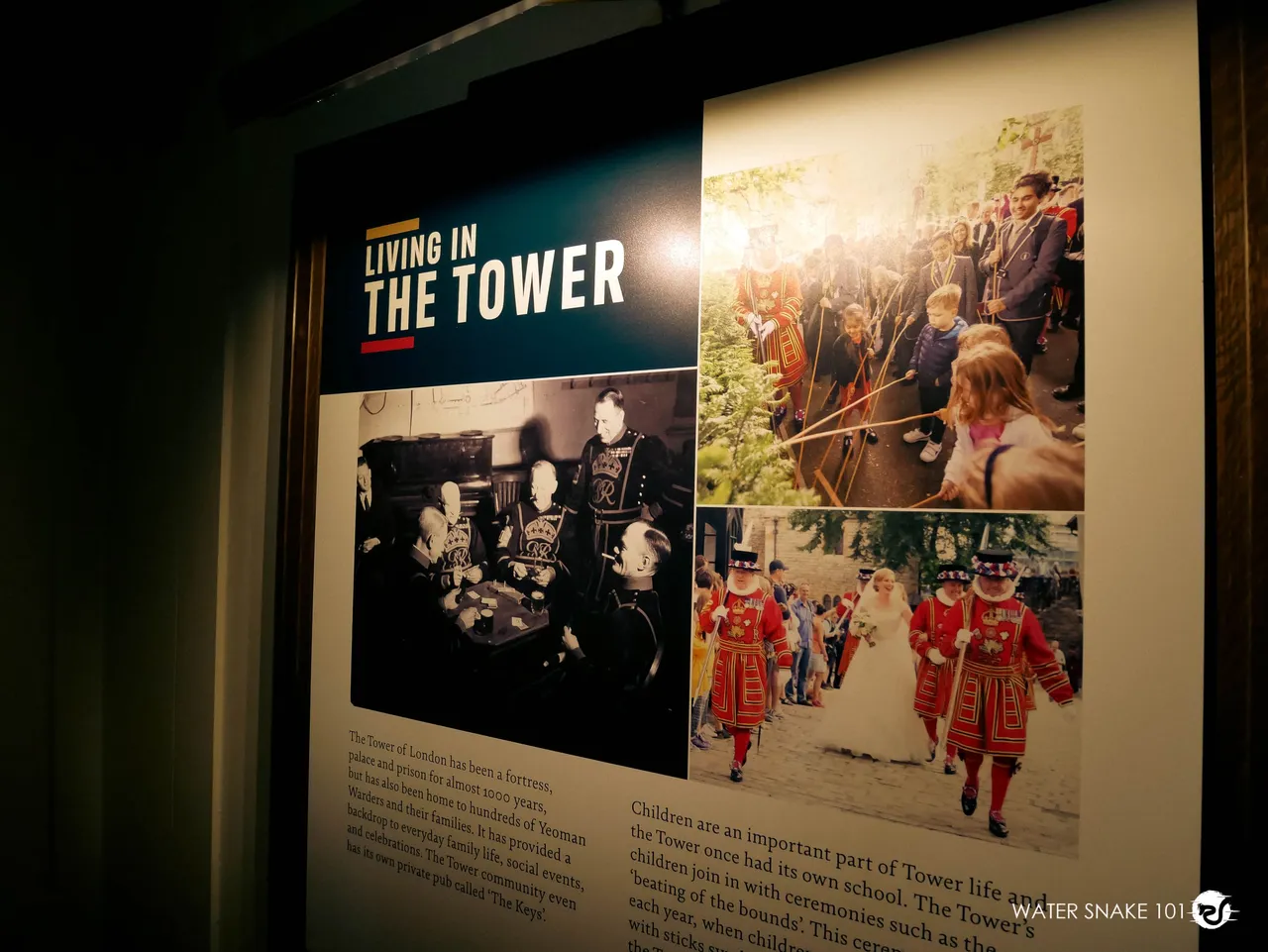
The Tower of London Menagerie was a royal collection of exotic animals that were kept at the Tower of London for centuries. The menagerie was established in the early 13th century and continued to exist until the early 19th century. It was originally created as a symbol of royal power and wealth, and it housed a wide variety of animals, including lions, bears, elephants, and even exotic birds. The collection was often expanded by monarchs who received exotic animals as gifts from other rulers. The Tower of London Menagerie was one of the most famous and popular attractions in London for many years, drawing crowds who were eager to see these unusual creatures from distant lands.
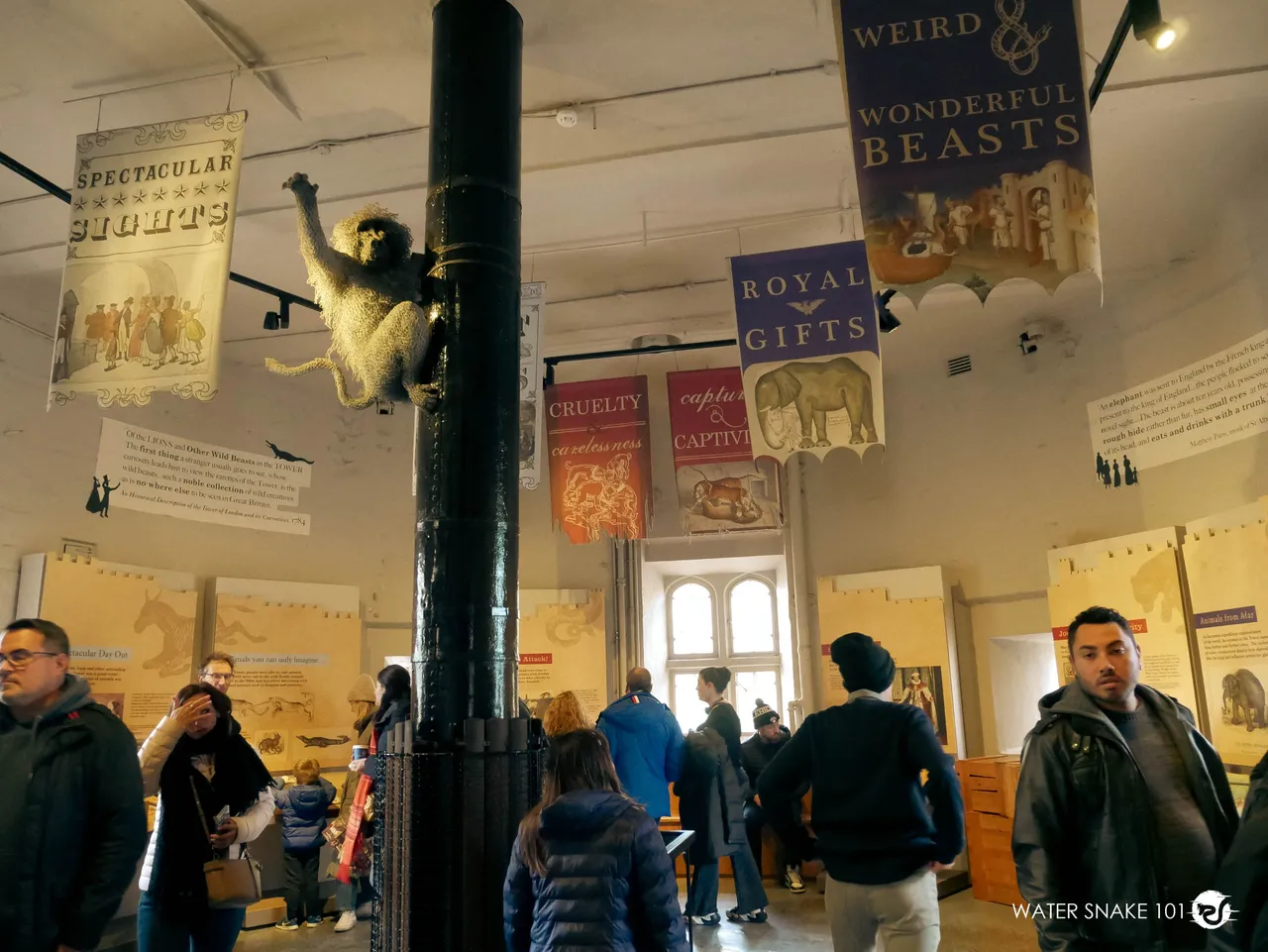
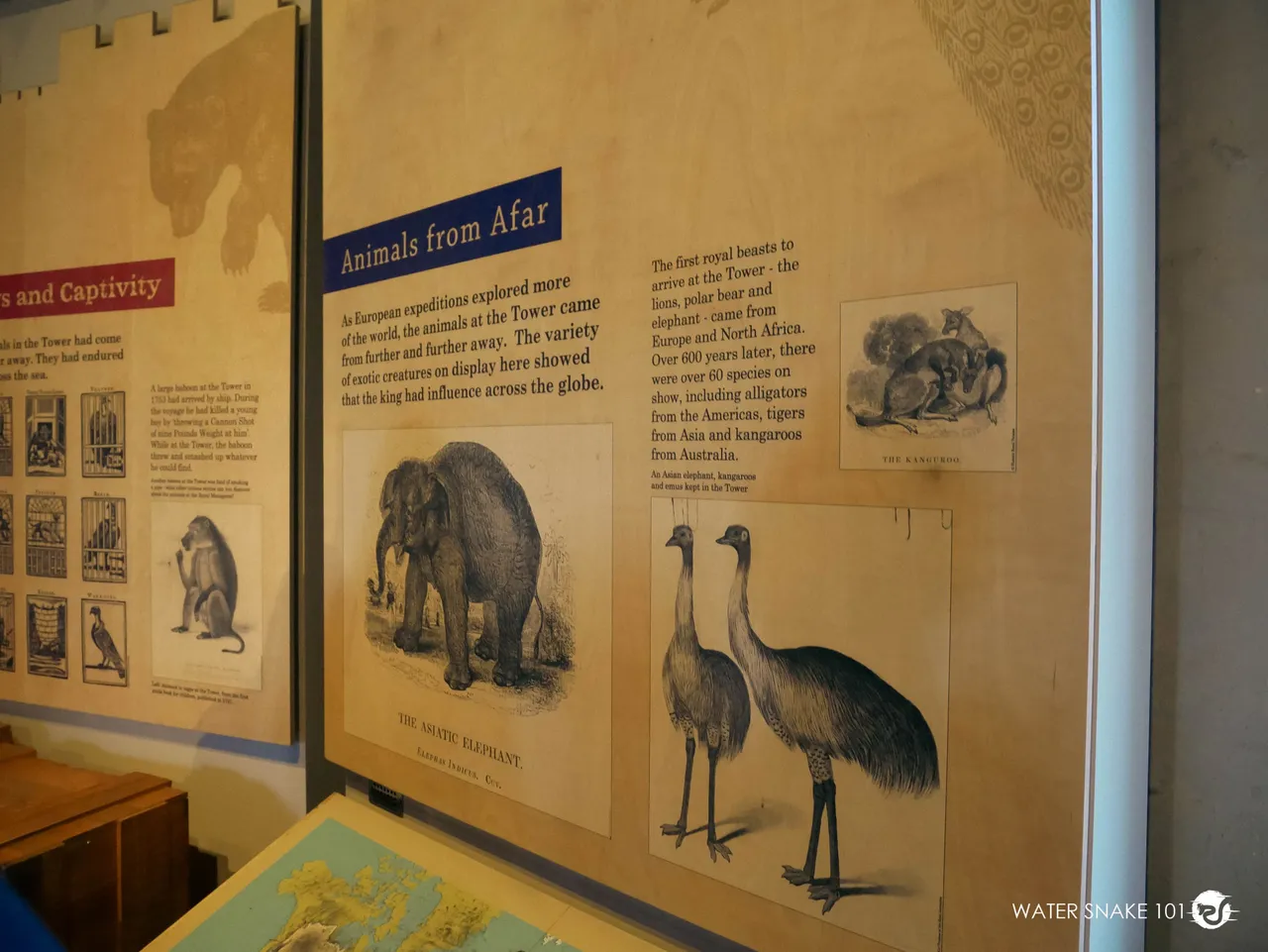
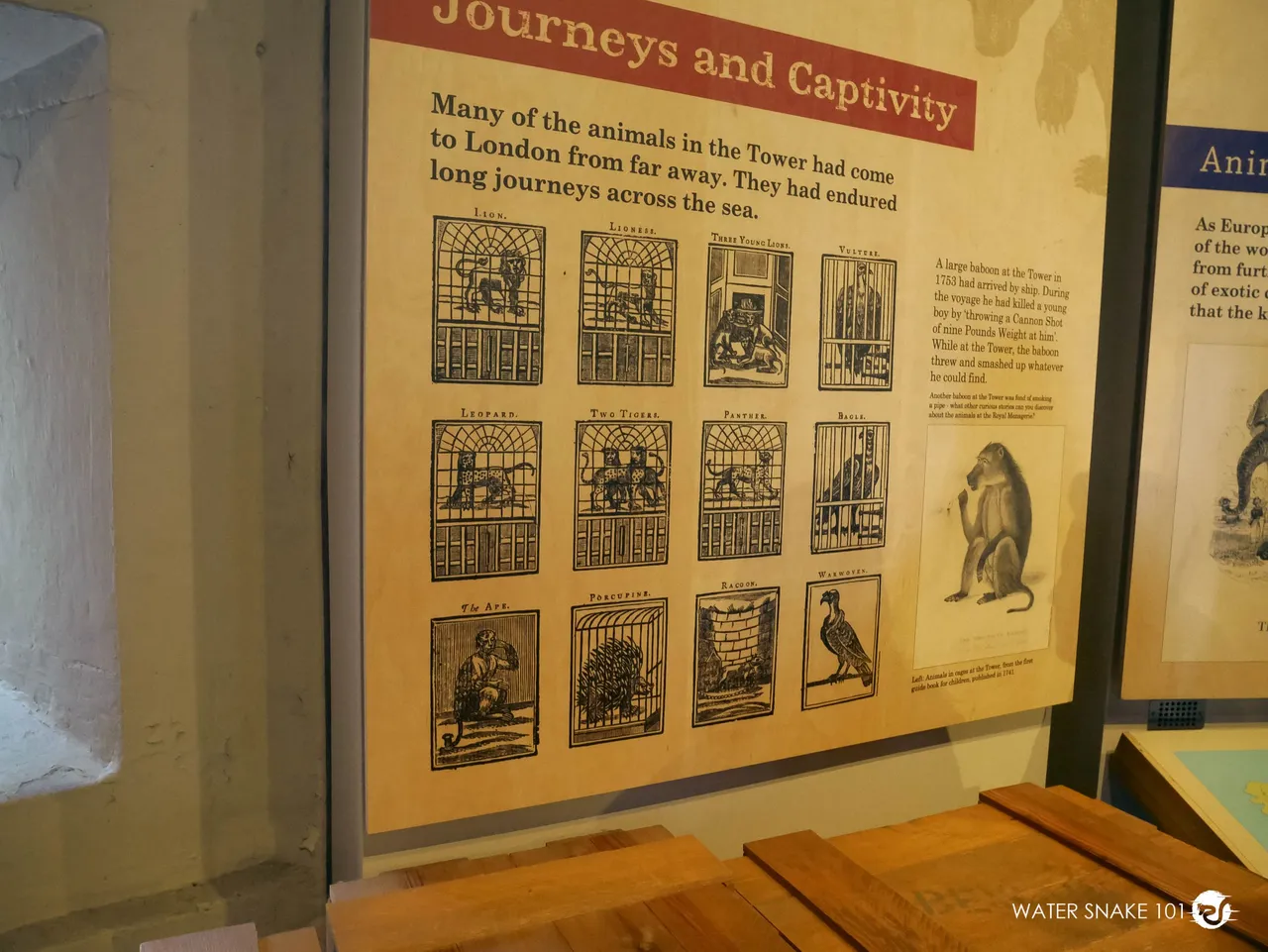
It was a shame that they did not know how to care for a lot of the animals which led to their death. A lot were chained and one ostrich was fed nails thinking that they could ingest iron. Not only that there were numerous hazards including animals attacking the visitors as they were allowed to come in close contact with them. The numerous incidents led to the closure of the Menagerie.
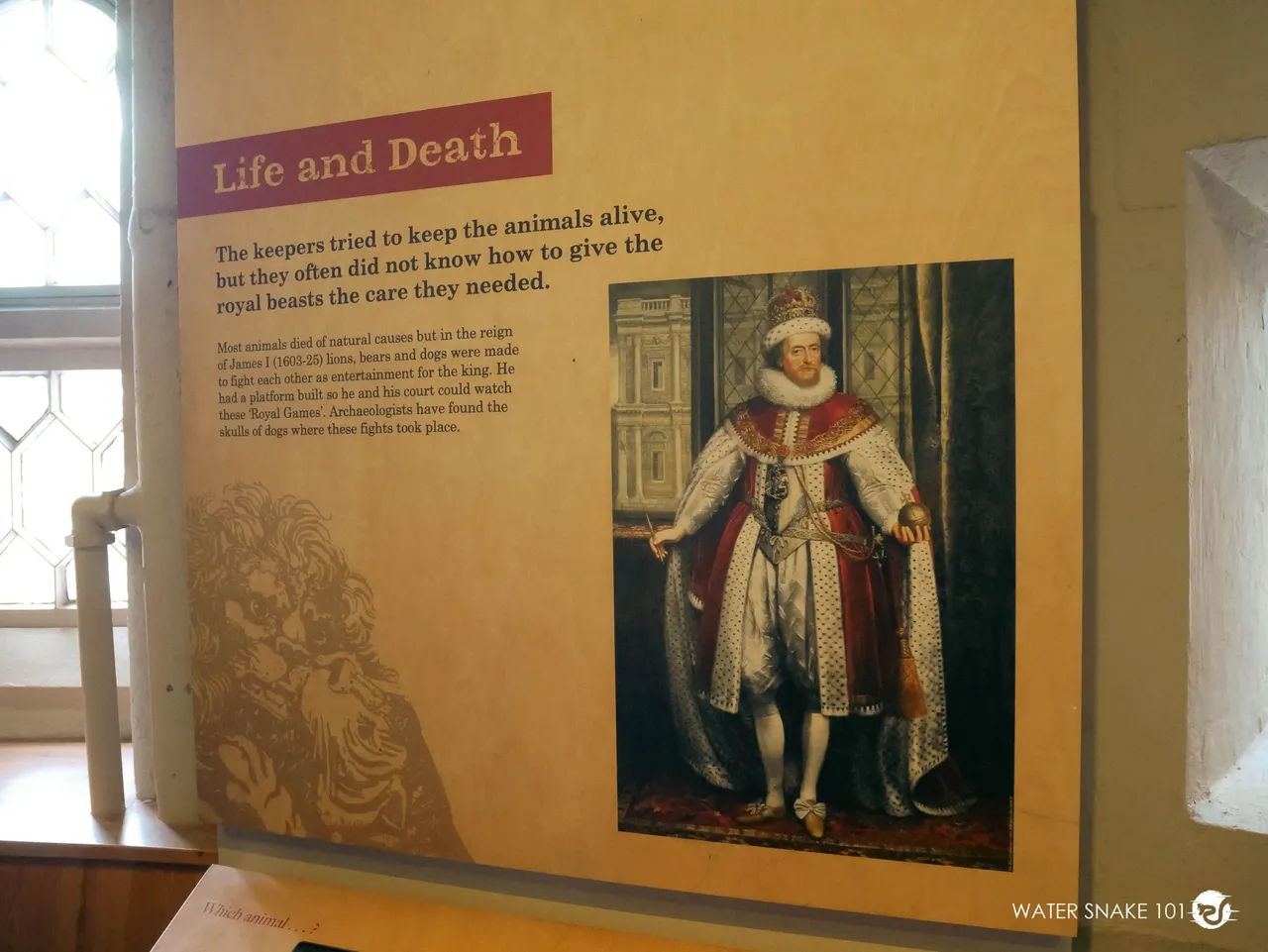

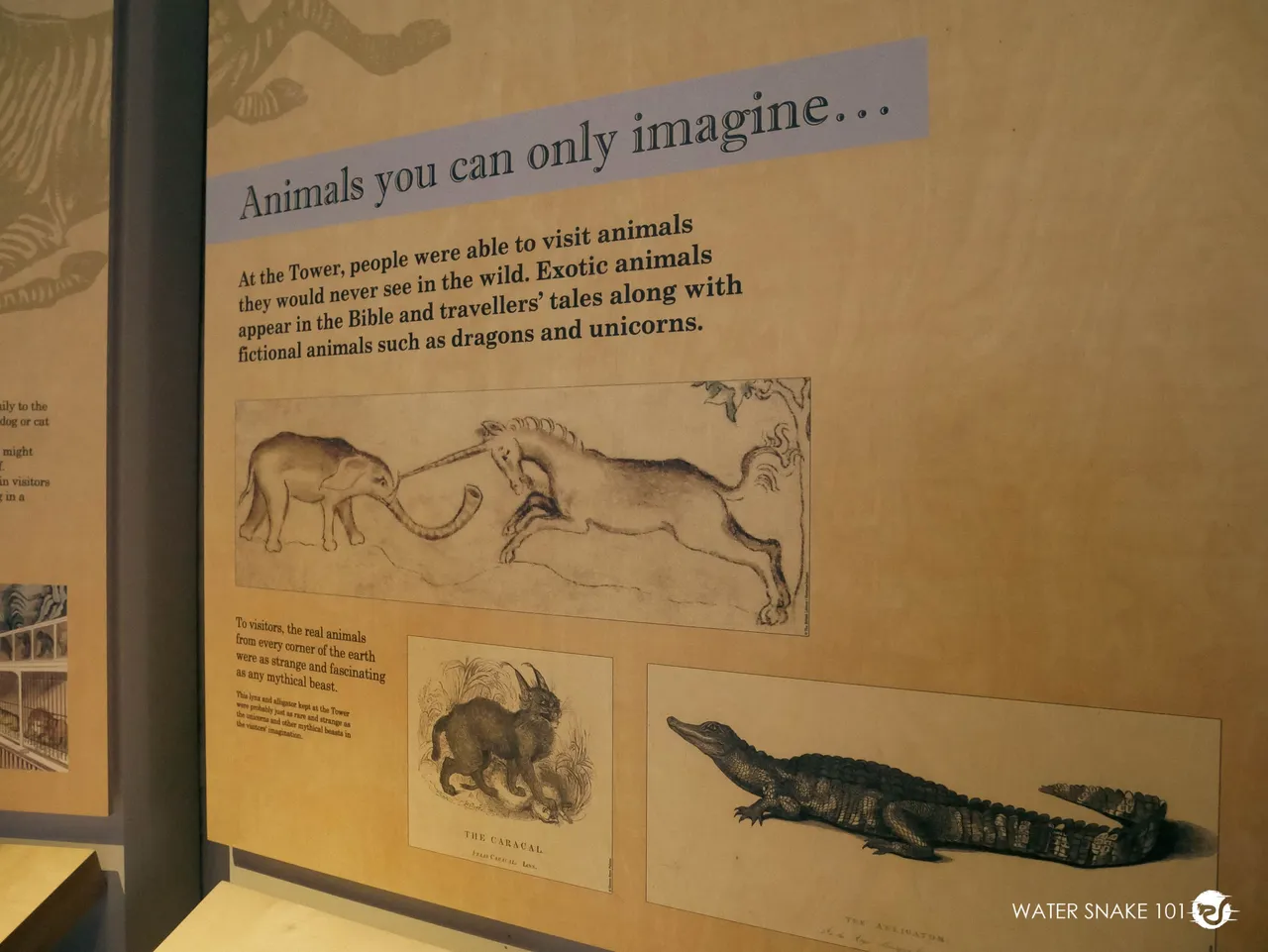
The next tower is named after the Constable of the Tower of London, who was responsible for the security and management of the fortress. The Constable Tower played an important role in the defense of the Tower of London and served as a residence for the constable or as a secure storage space for valuable items.

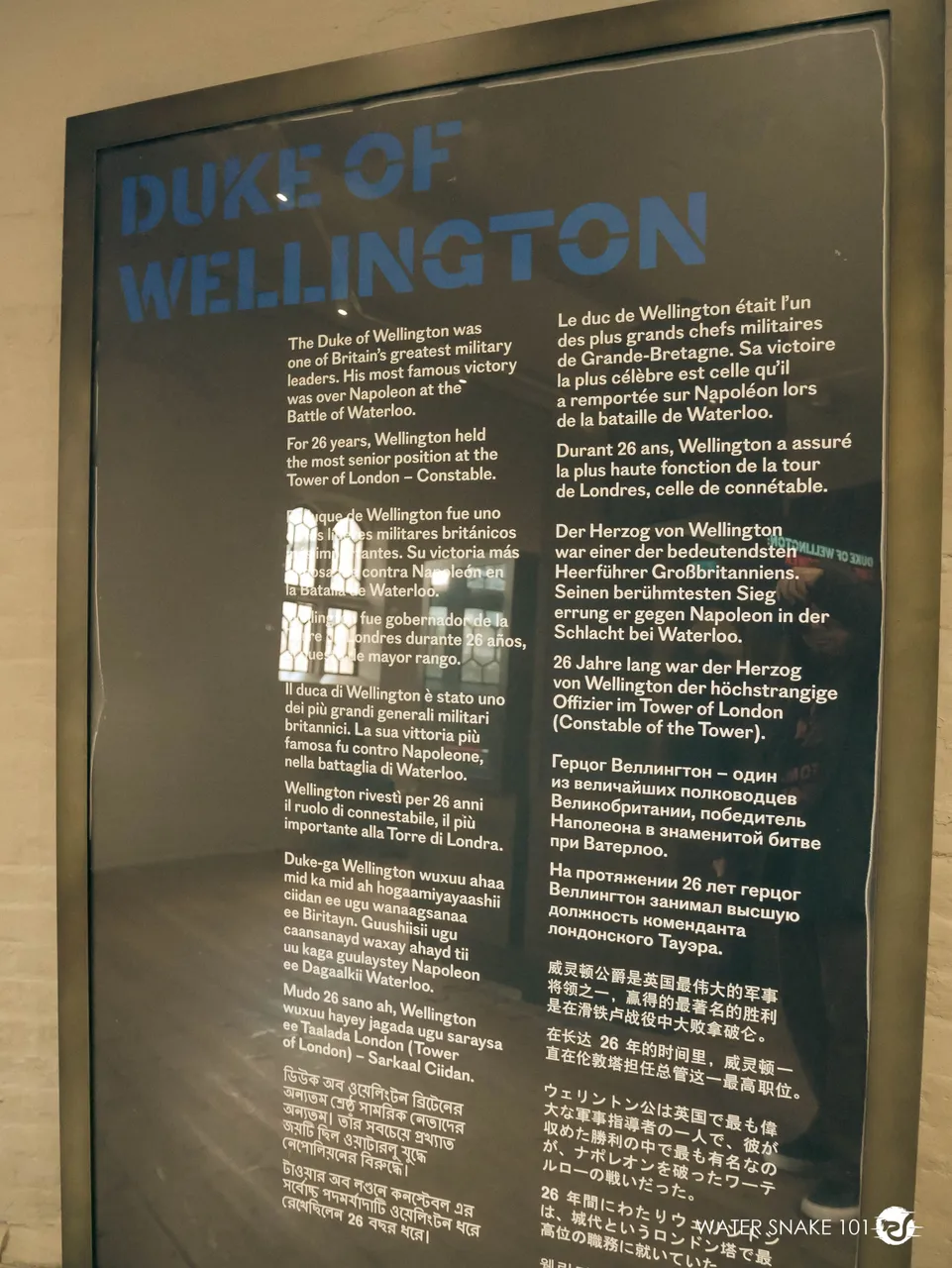

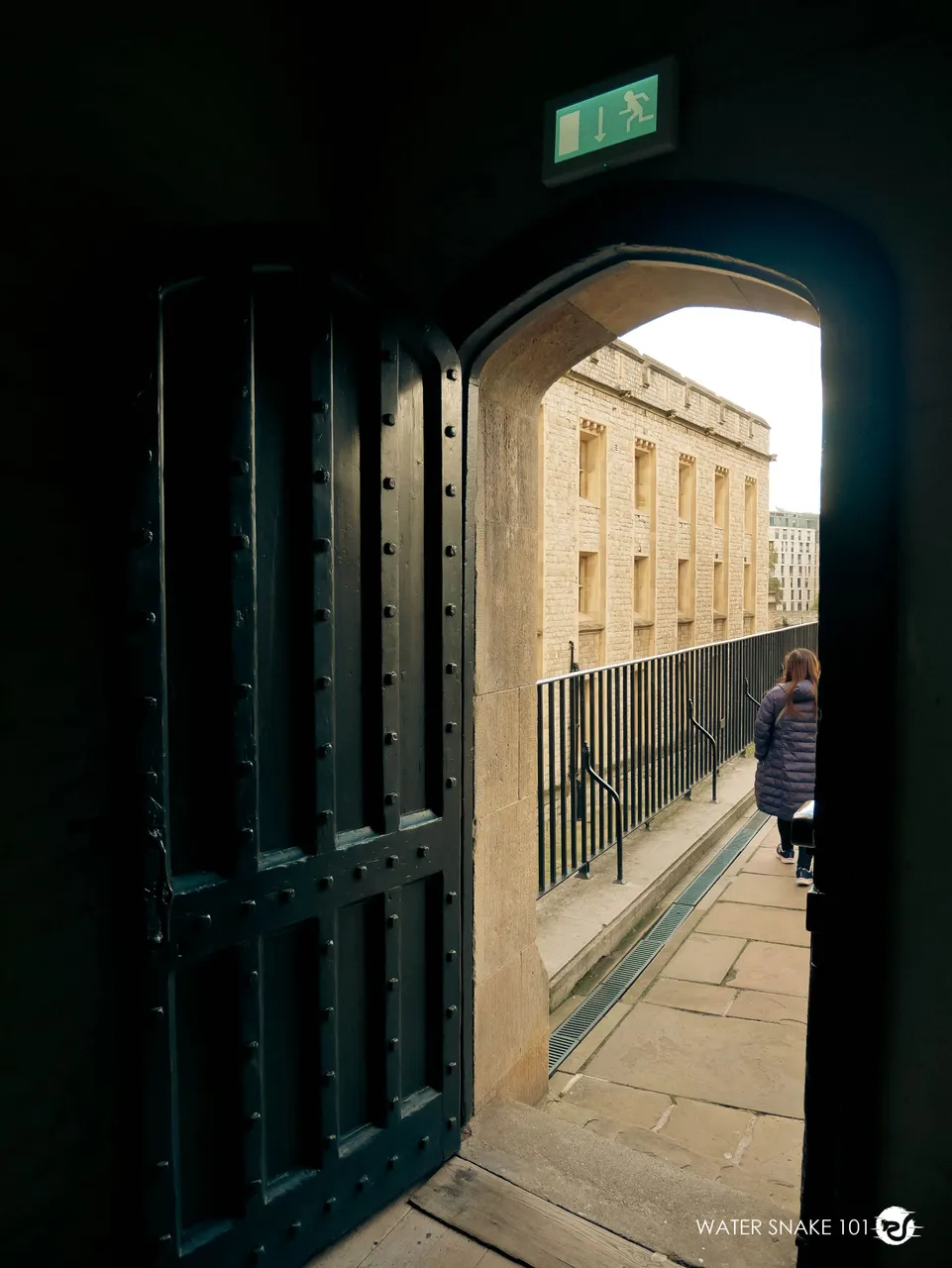
We are at the northern part of the castle walls and from this point you would have a great view of the popular structures in London including the Gherkin.
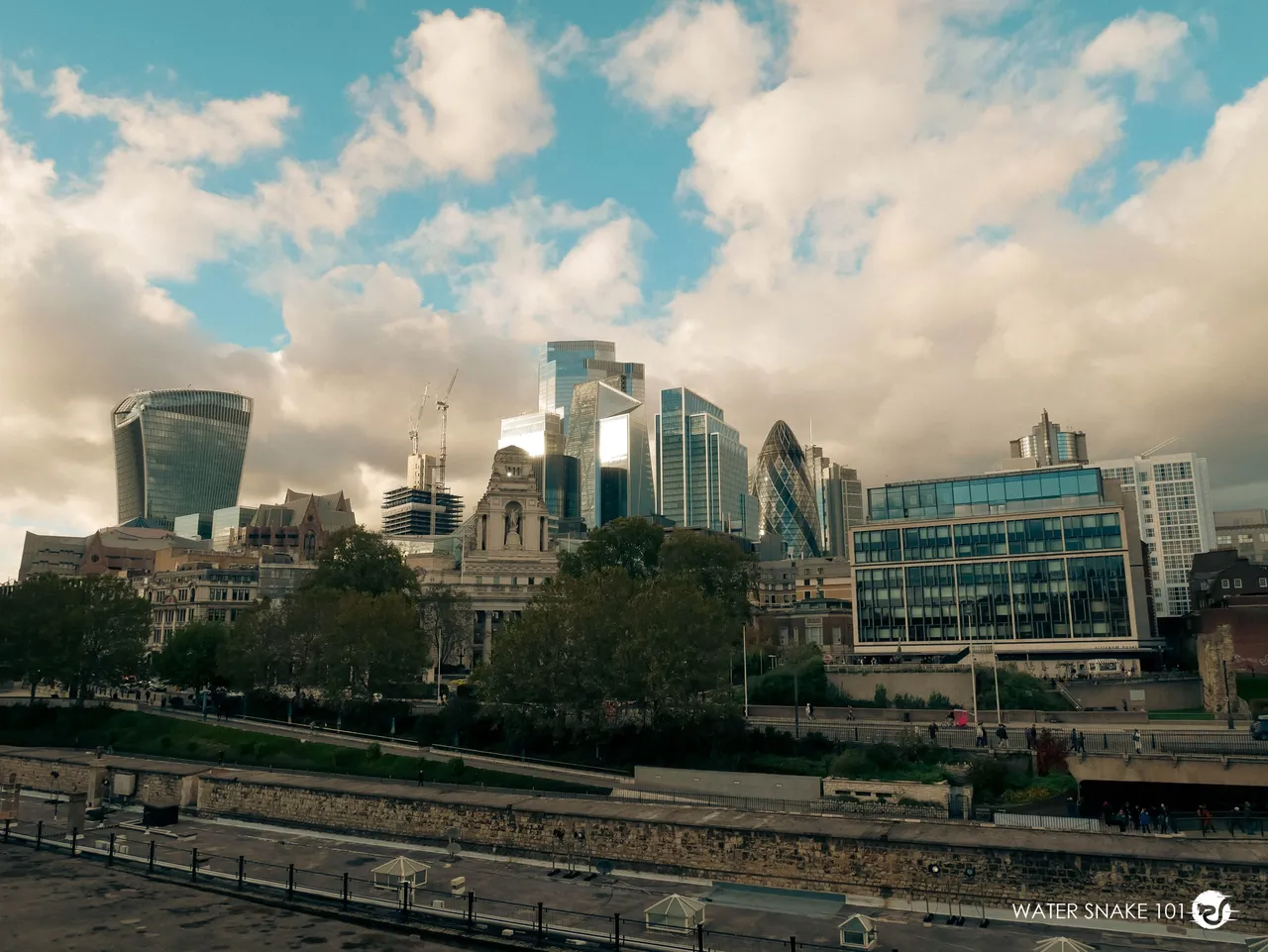
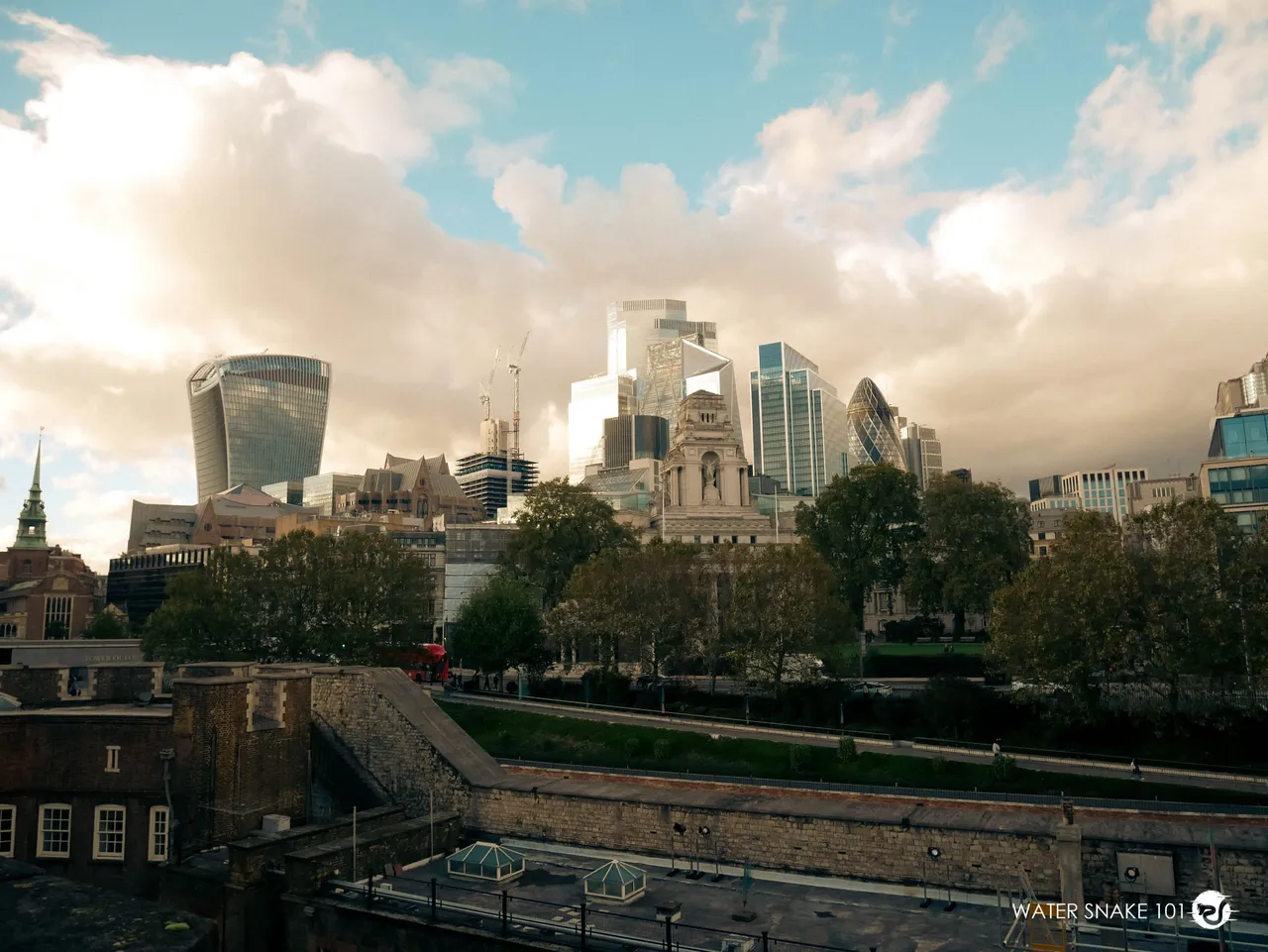
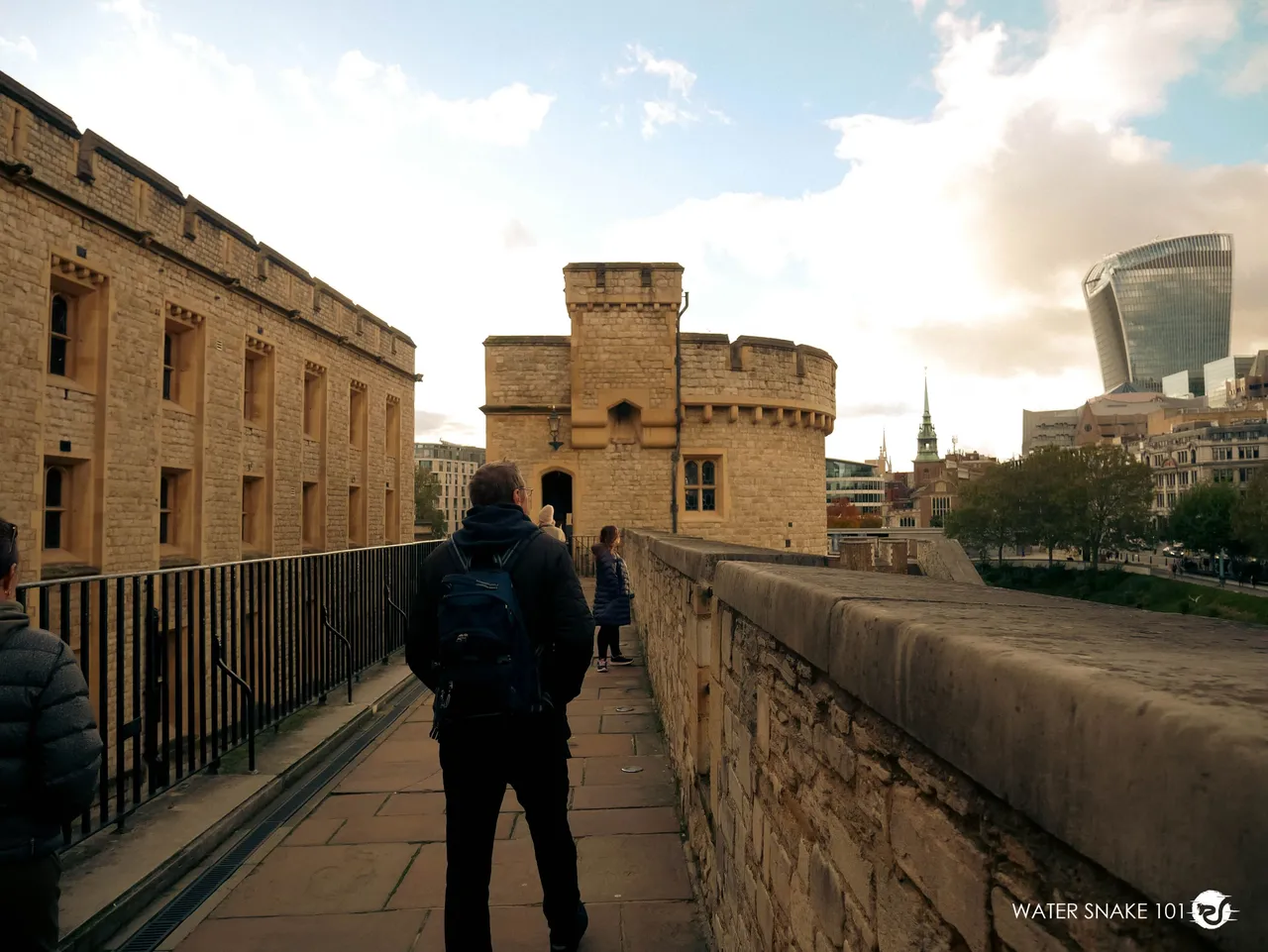
We went down from the northern wall and came across this gallery that shows photos of the time when soldiers trained in the fortress from different eras.
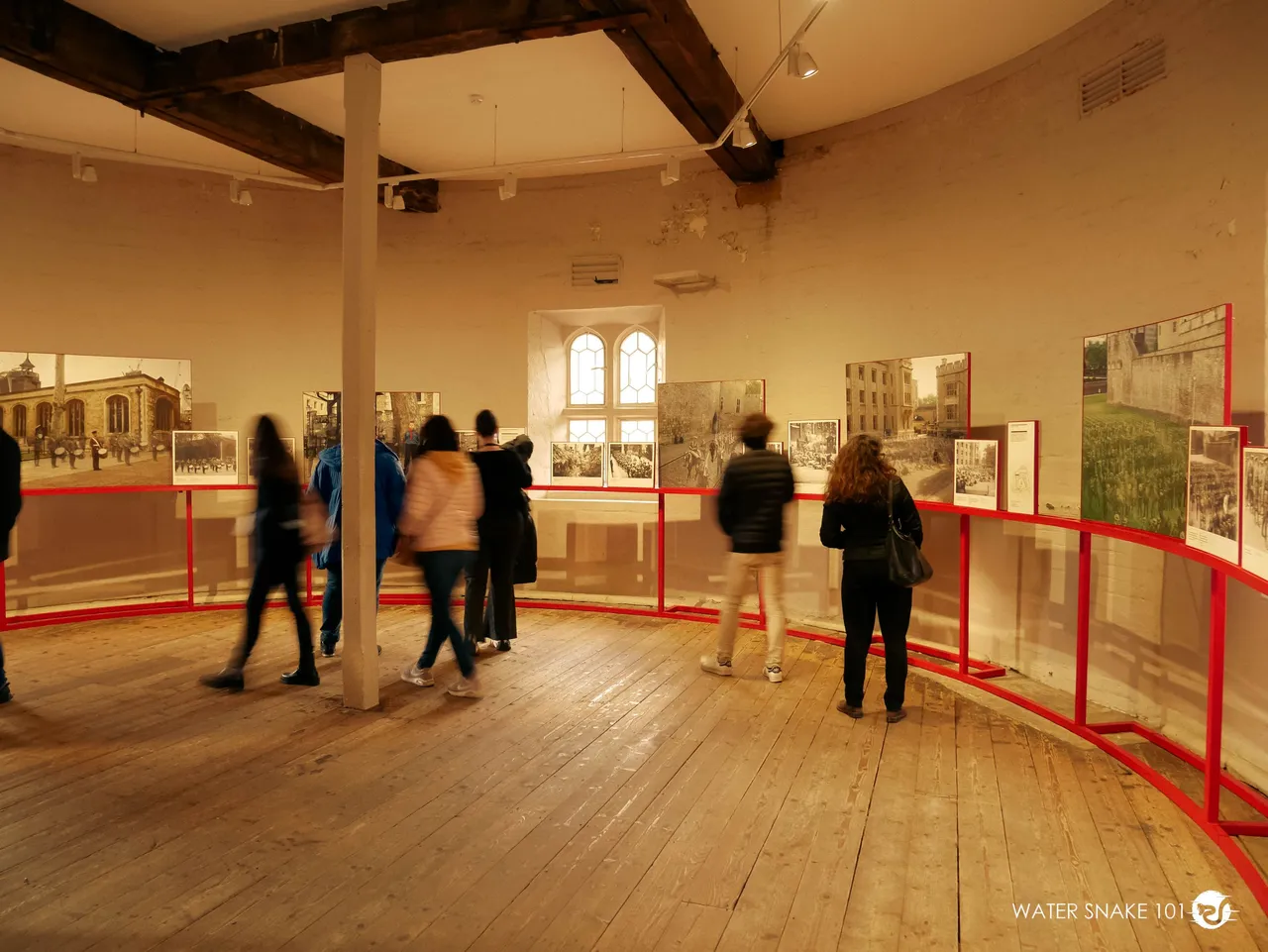
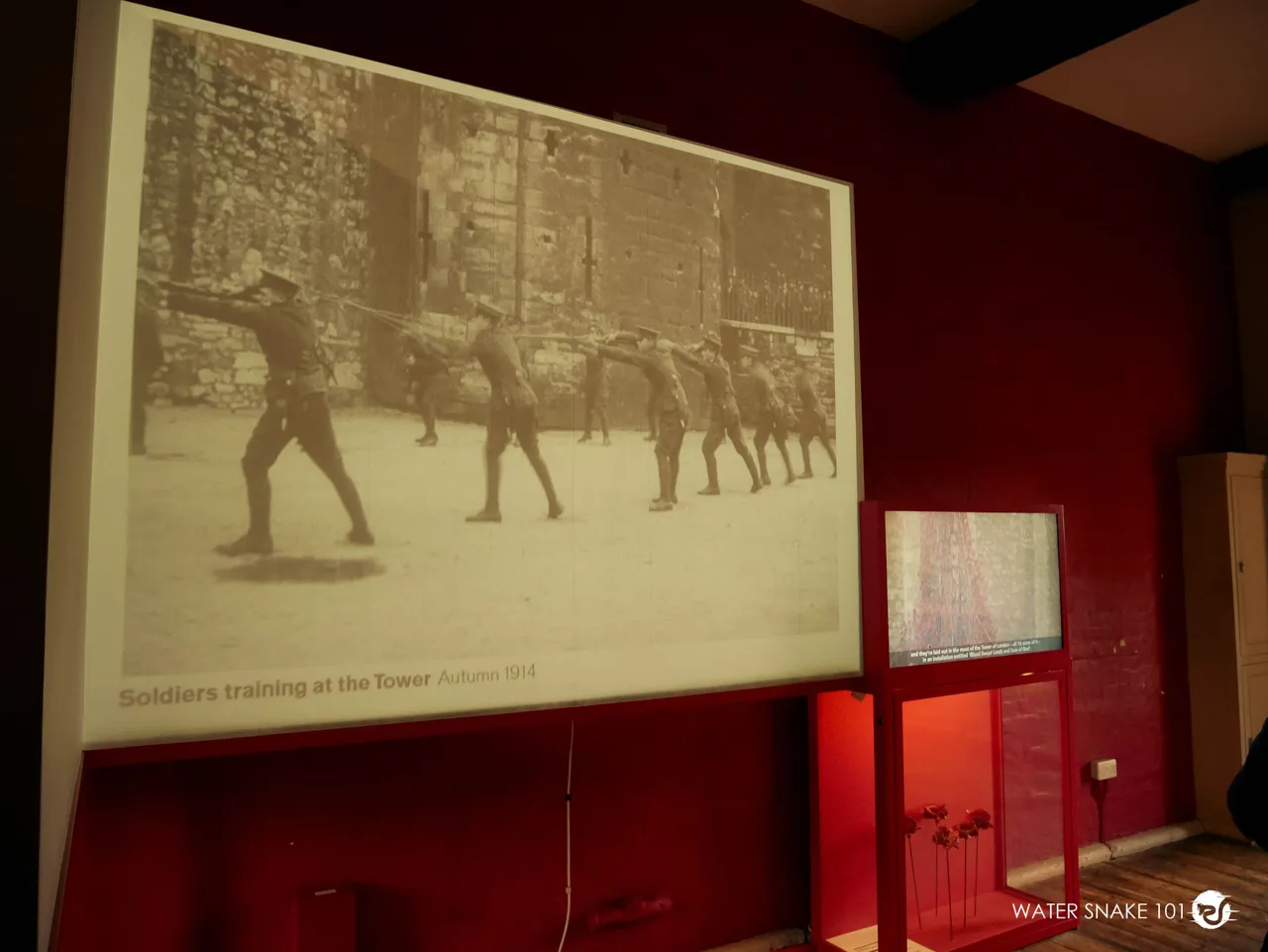
Back in the courtyard, some soldiers were doing their routine guard and march. It is important to be alert at all times when there are guards as you do not want to stand in their way during their routine march.
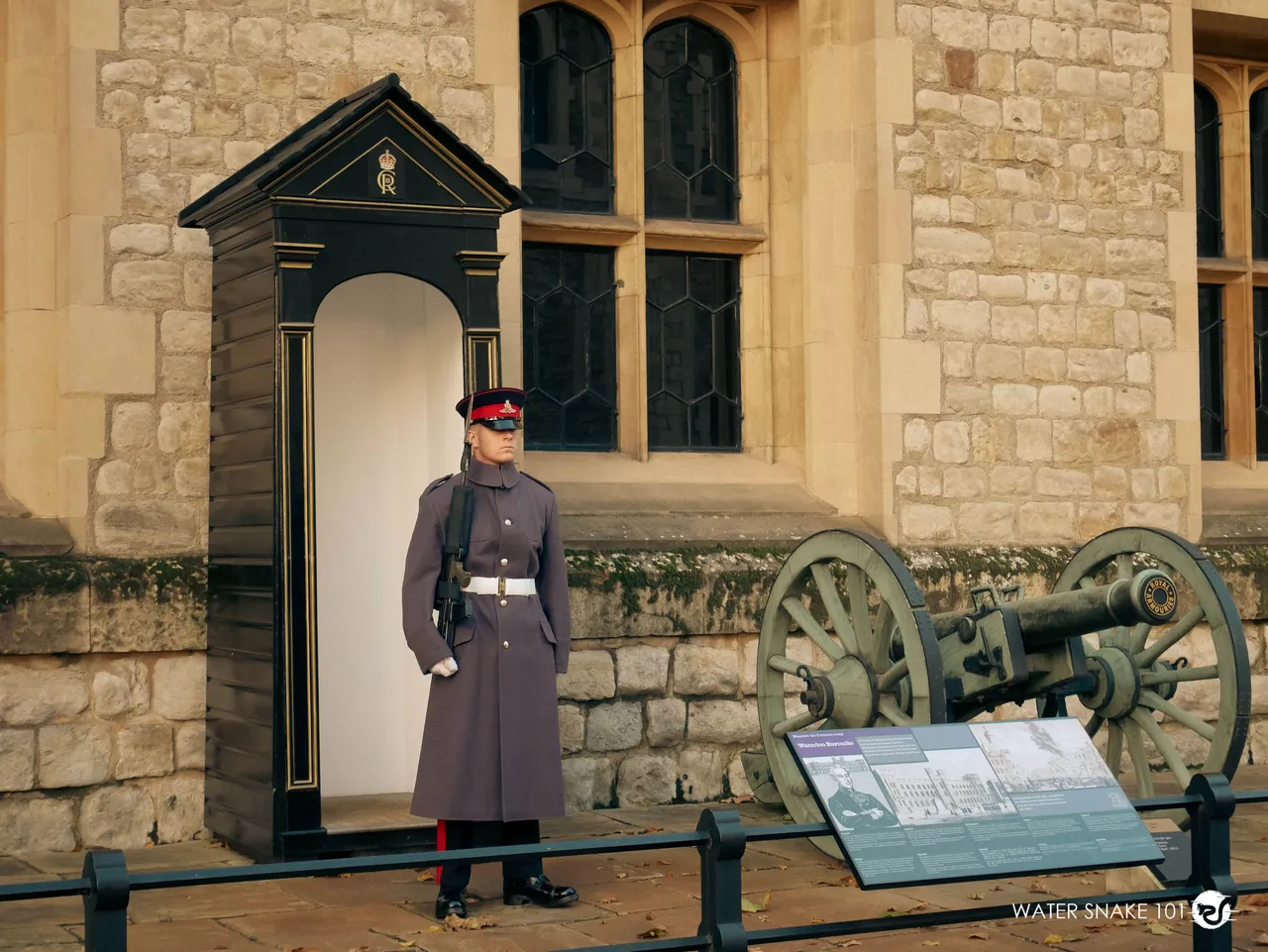
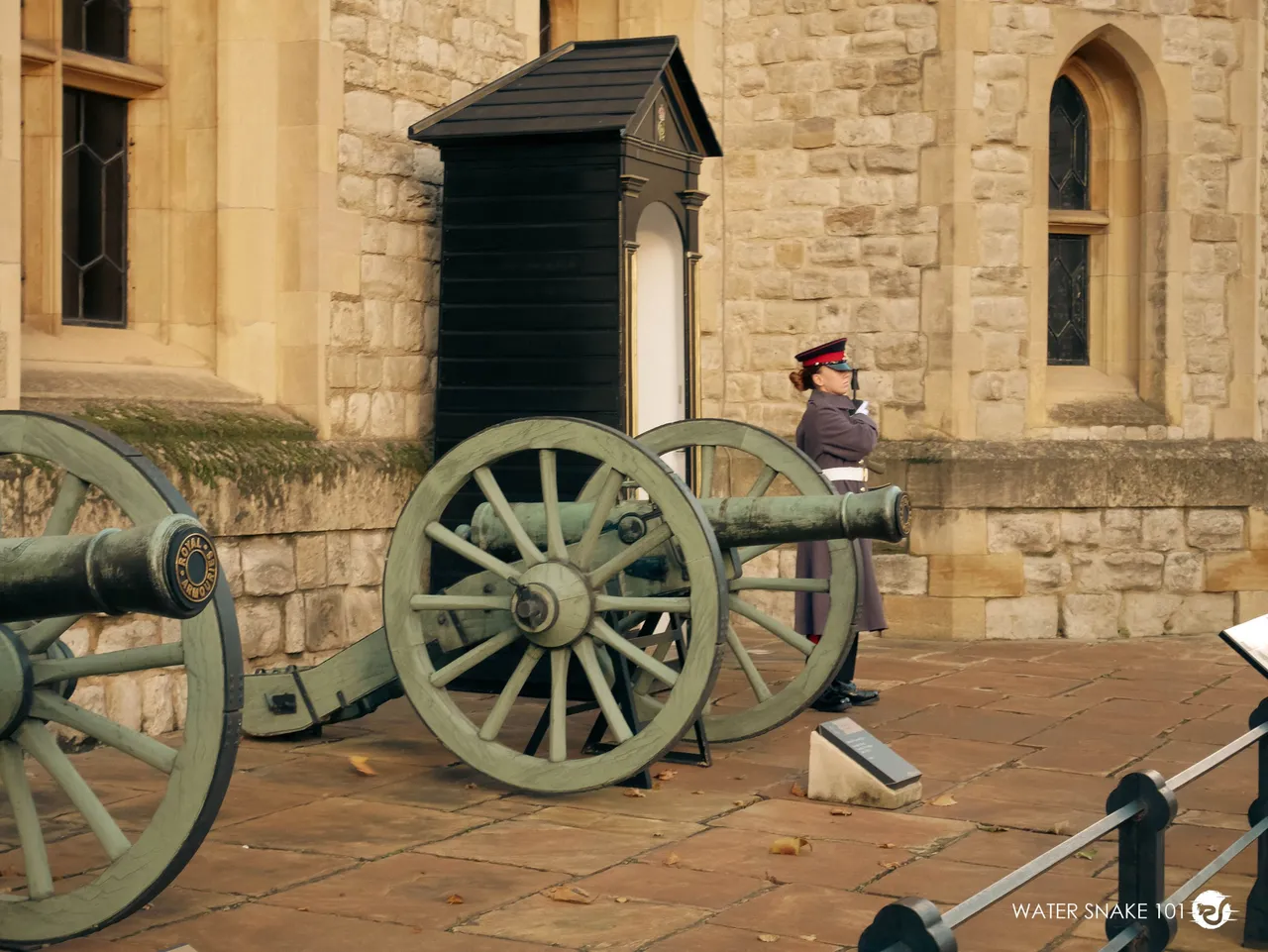
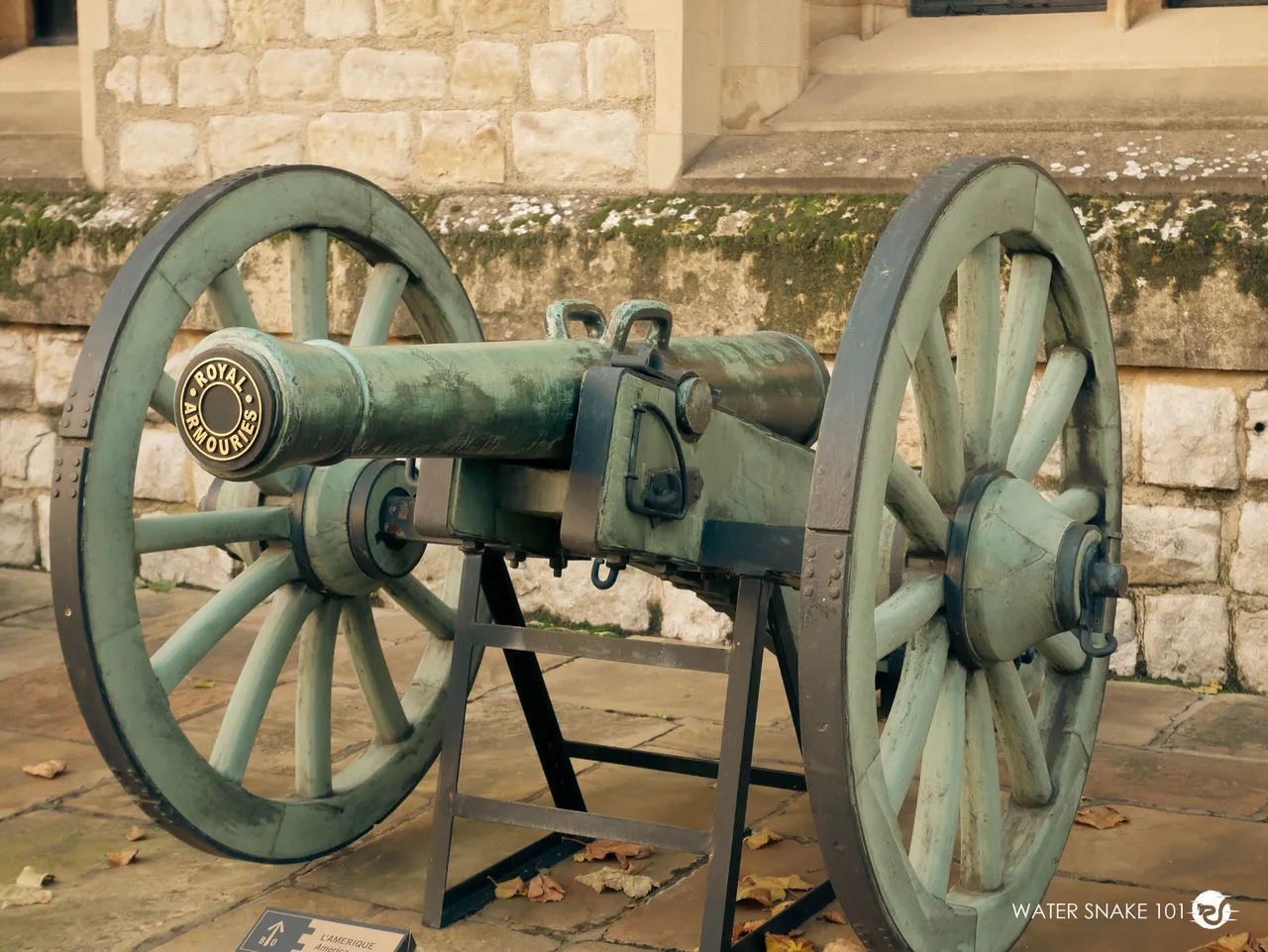
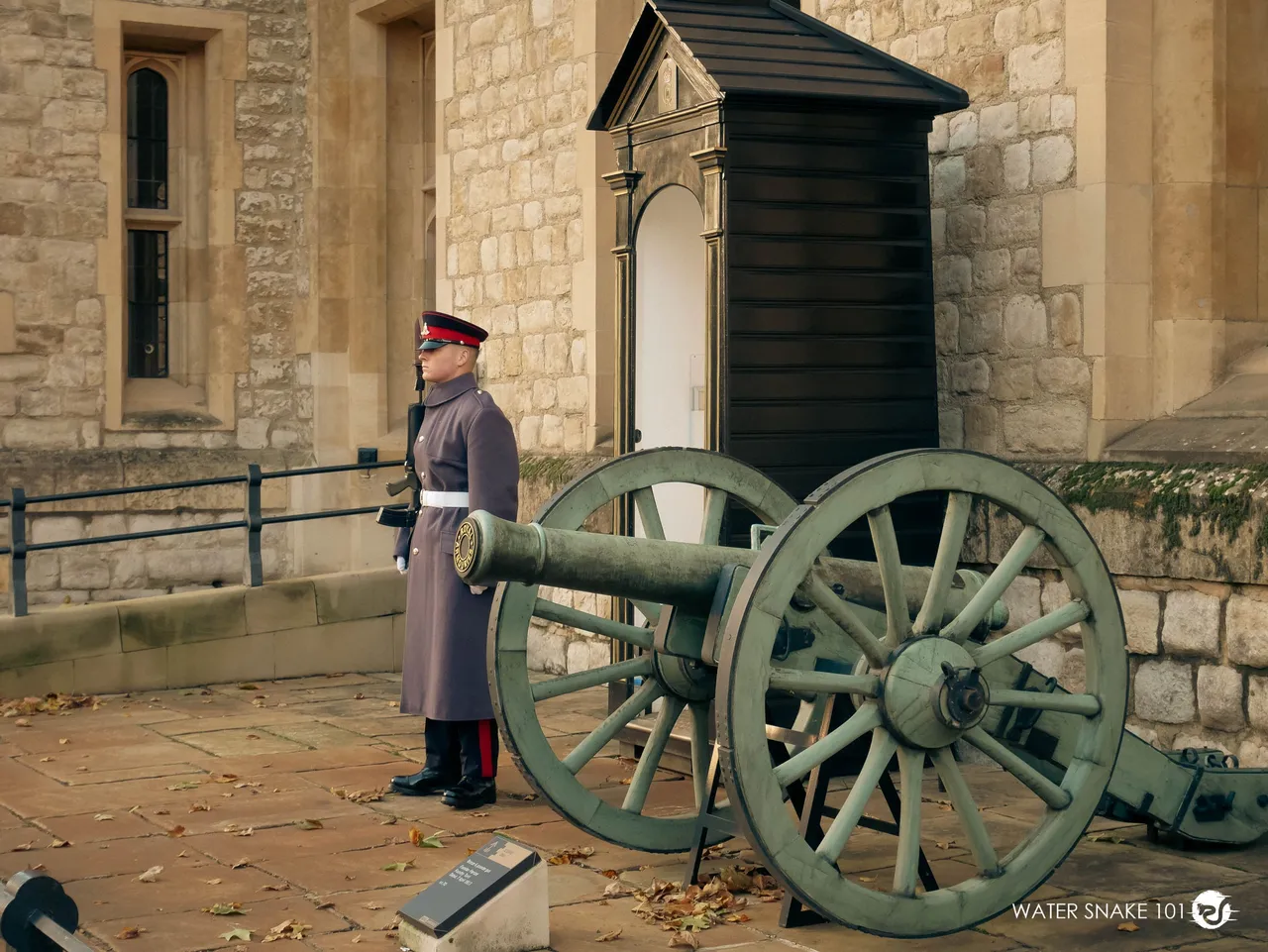
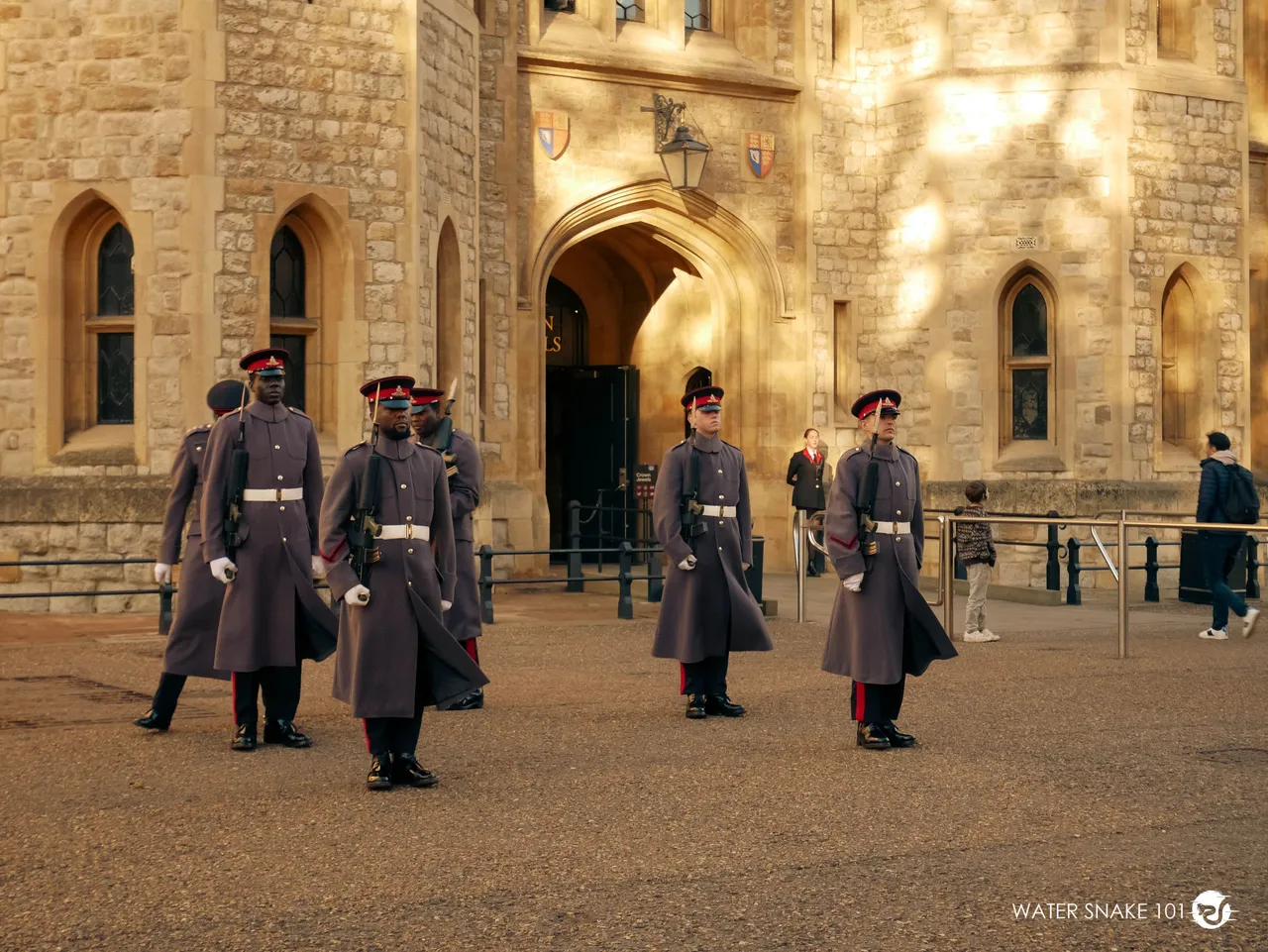
The Waterloo Block is a building located within the Tower of London complex. It was originally constructed as barracks for the Royal Regiment of Fusiliers in 1845. The building's name commemorates the Battle of Waterloo, which took place in 1815 and was a significant victory for the Duke of Wellington. The Waterloo Block now houses the famous Crown Jewels of the United Kingdom and is one of the key attractions for visitors to the Tower of London. In addition to showcasing the Crown Jewels, the building also features exhibits and displays related to the history of the Tower of London and its role in British history.
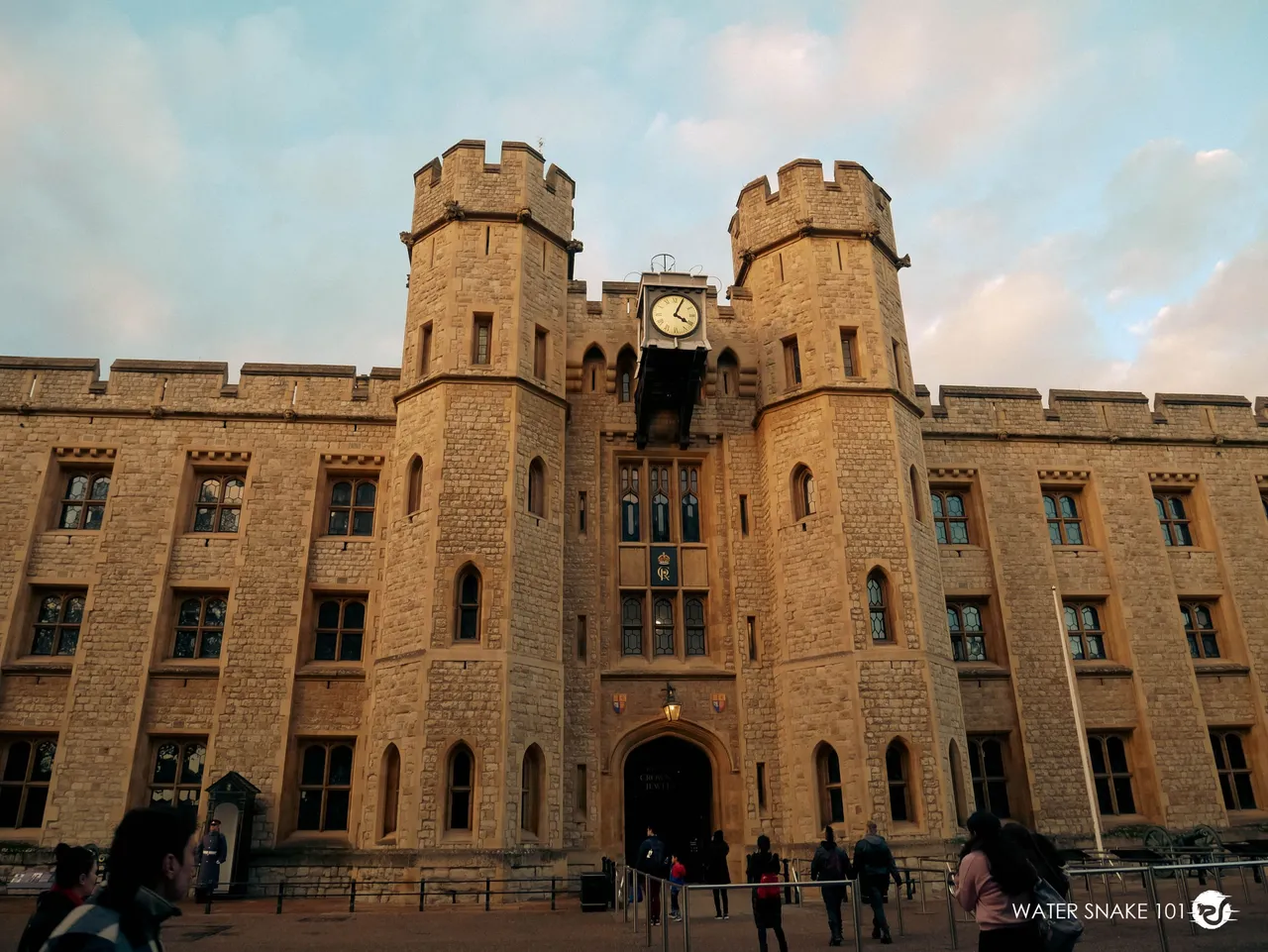
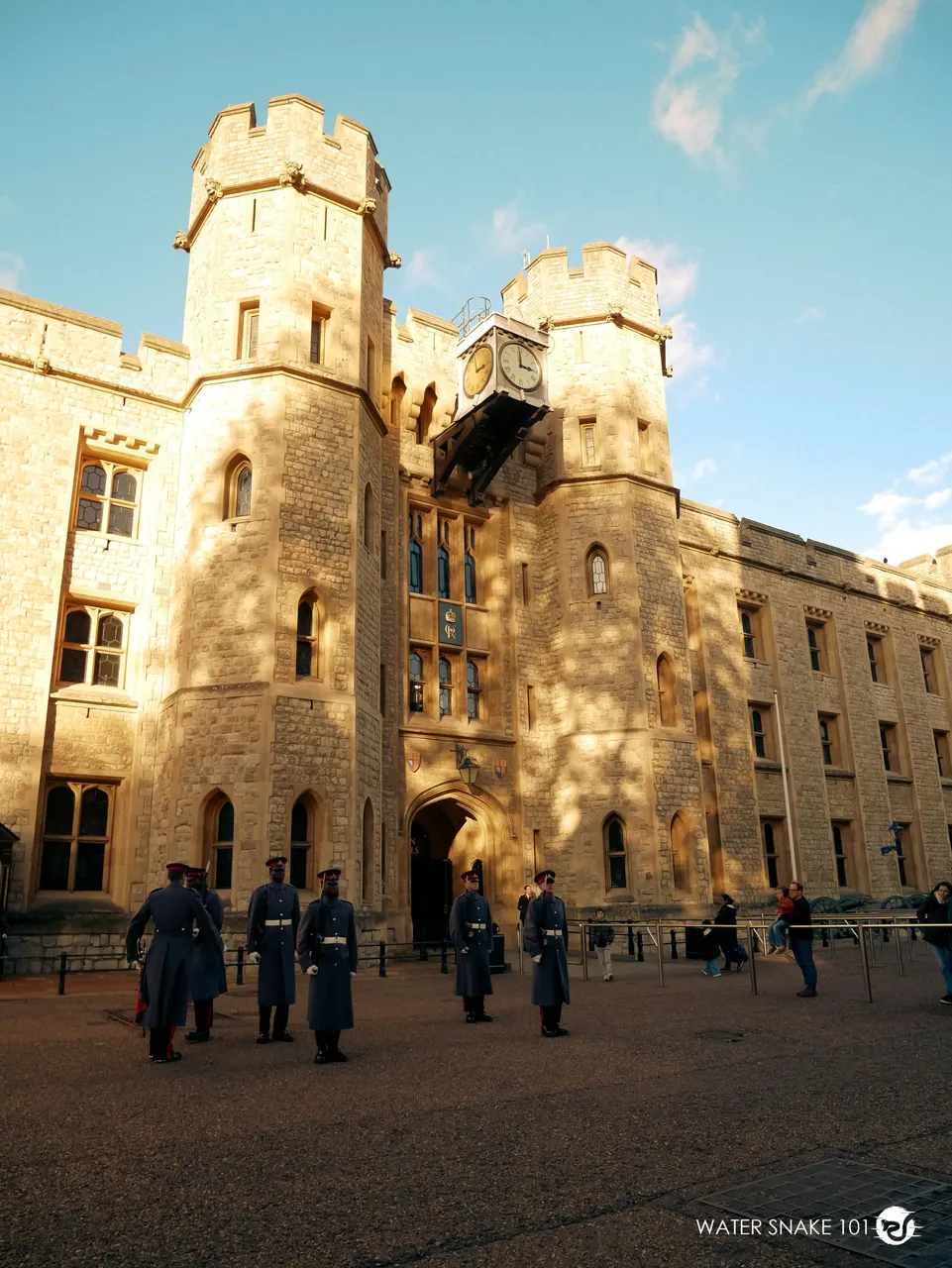
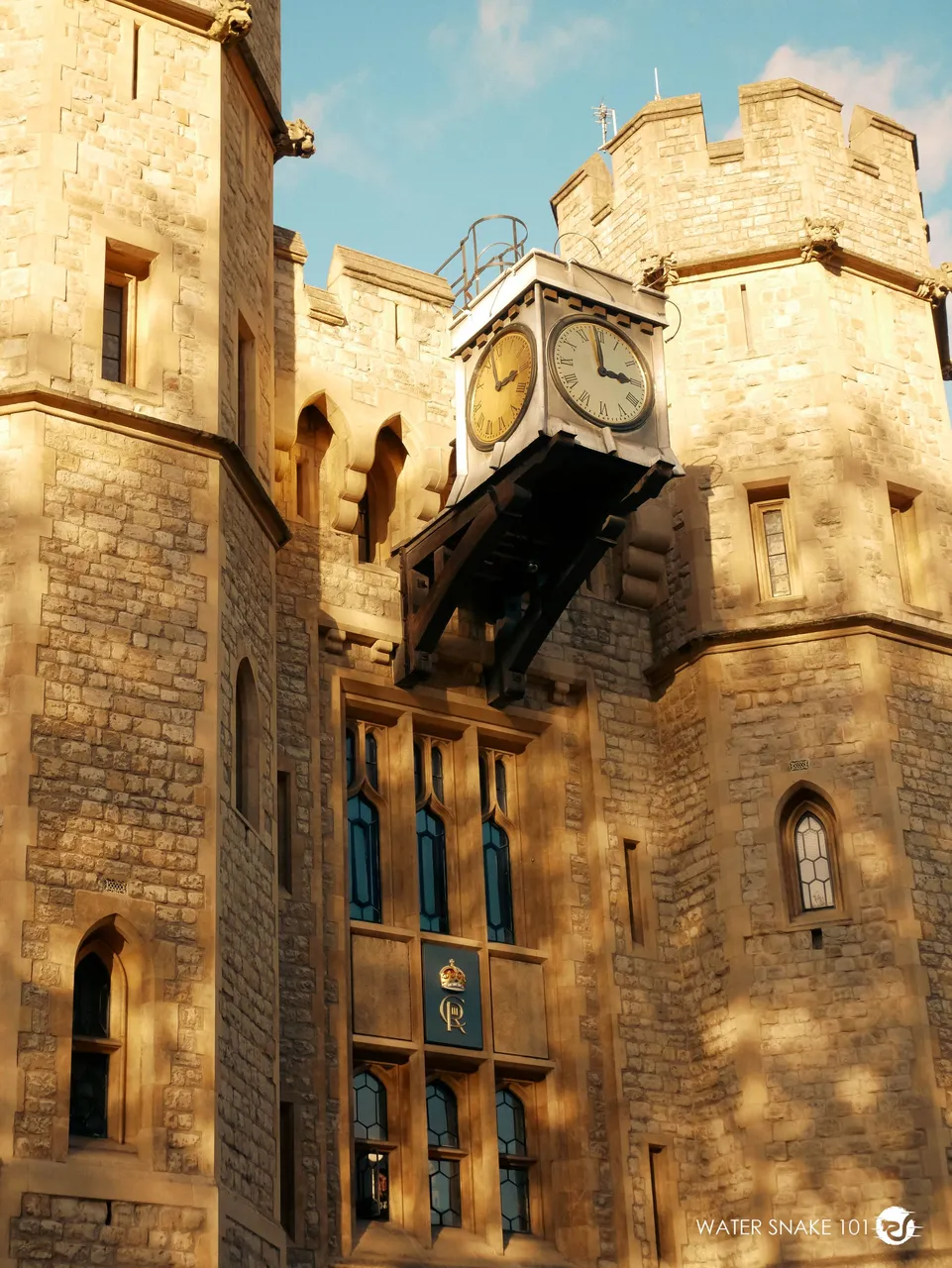

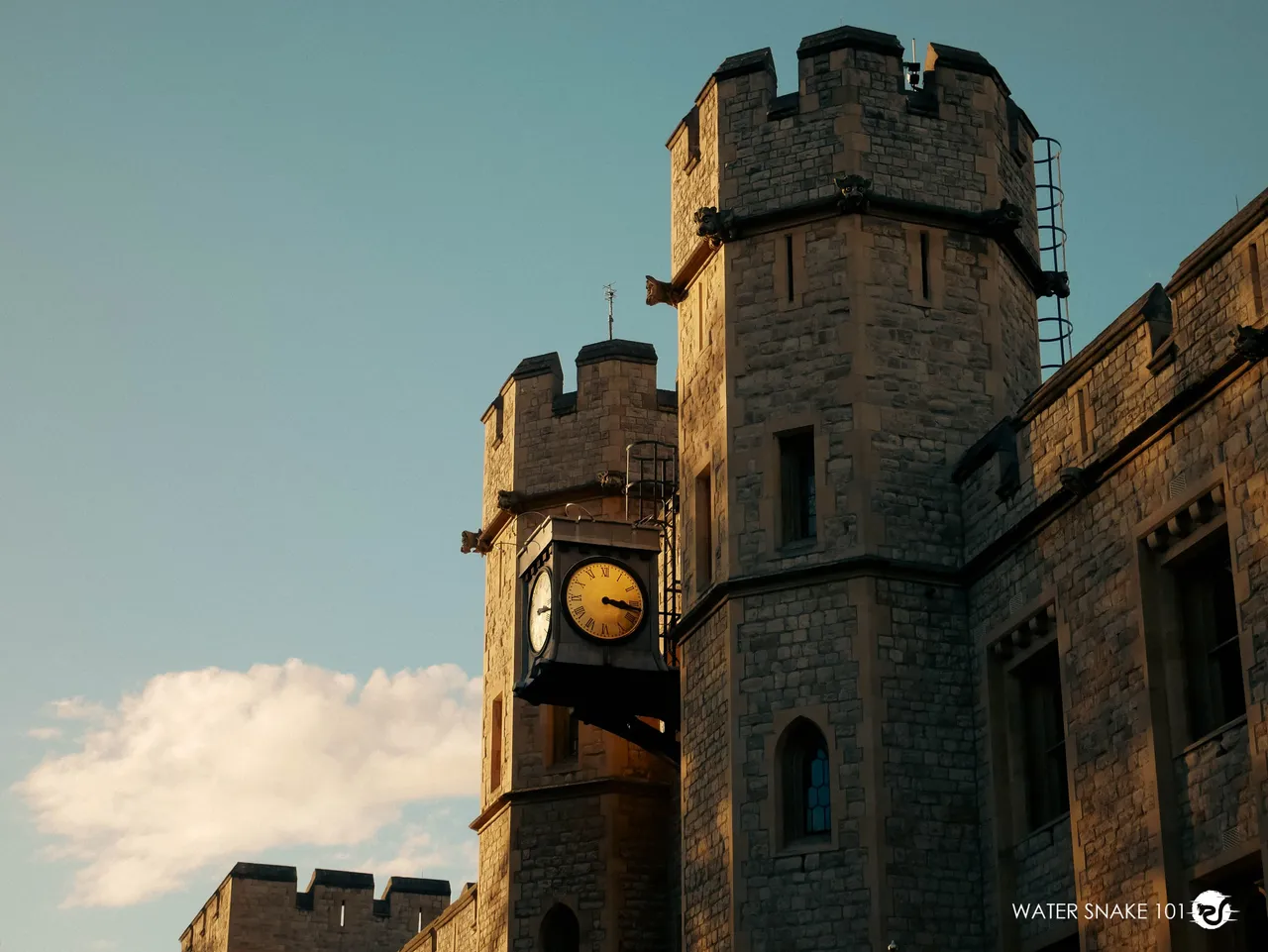
This explains why this building is heavily guarded as it houses the Crown Jewels and the treasures of England. As much would have loved to share with you the inside of the Waterloo Block, photography is strictly prohibited. They have a lot of security personnel and cameras inside. It is important to just follow the rules.
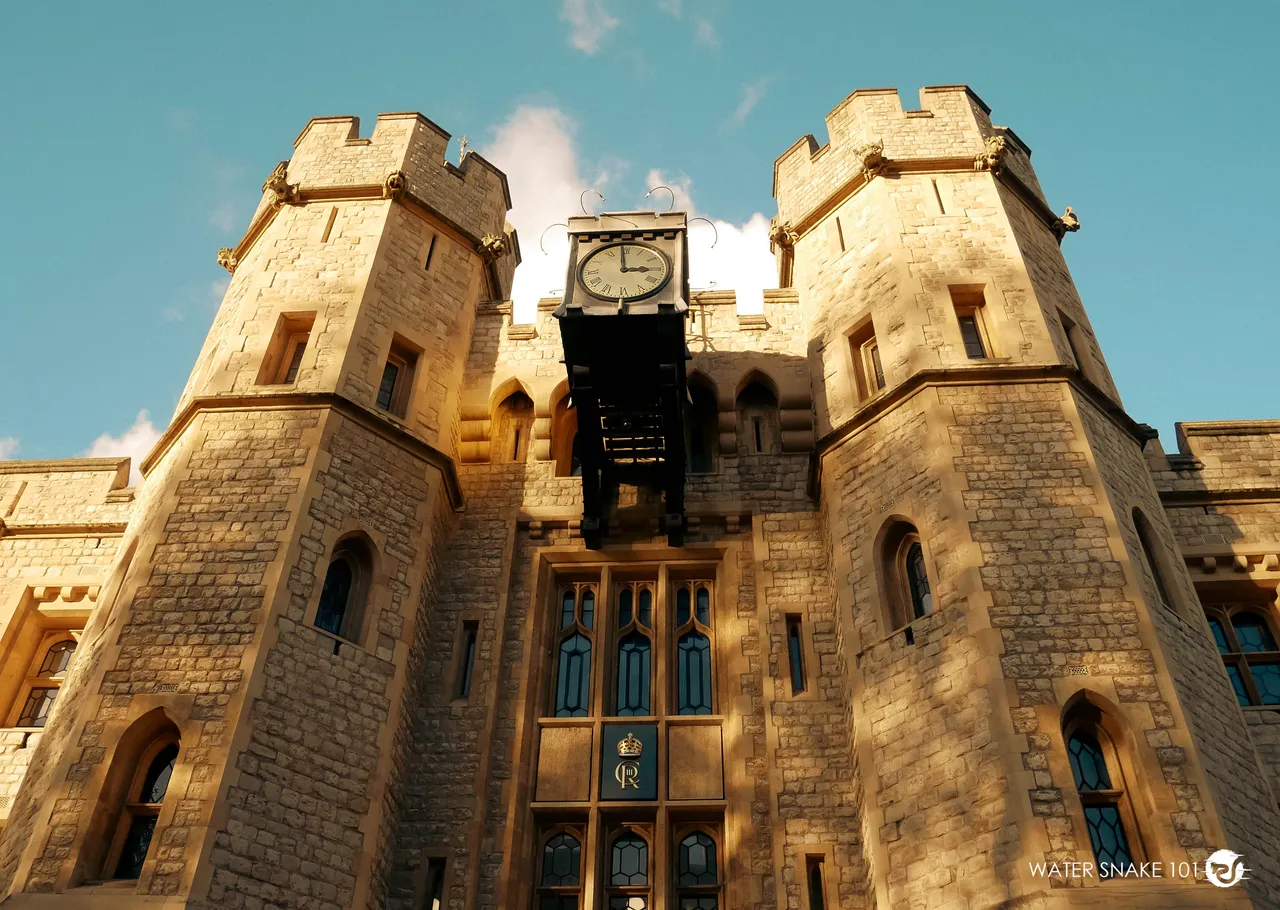
All I can say is I have never seen so much treasure of gold, precious metals, and precious gems in my life. We were awe-stricken with how many crowns studded with diamonds and precious gems were on display. There were so many treasures inside that you would stop and think about the history of all of it.
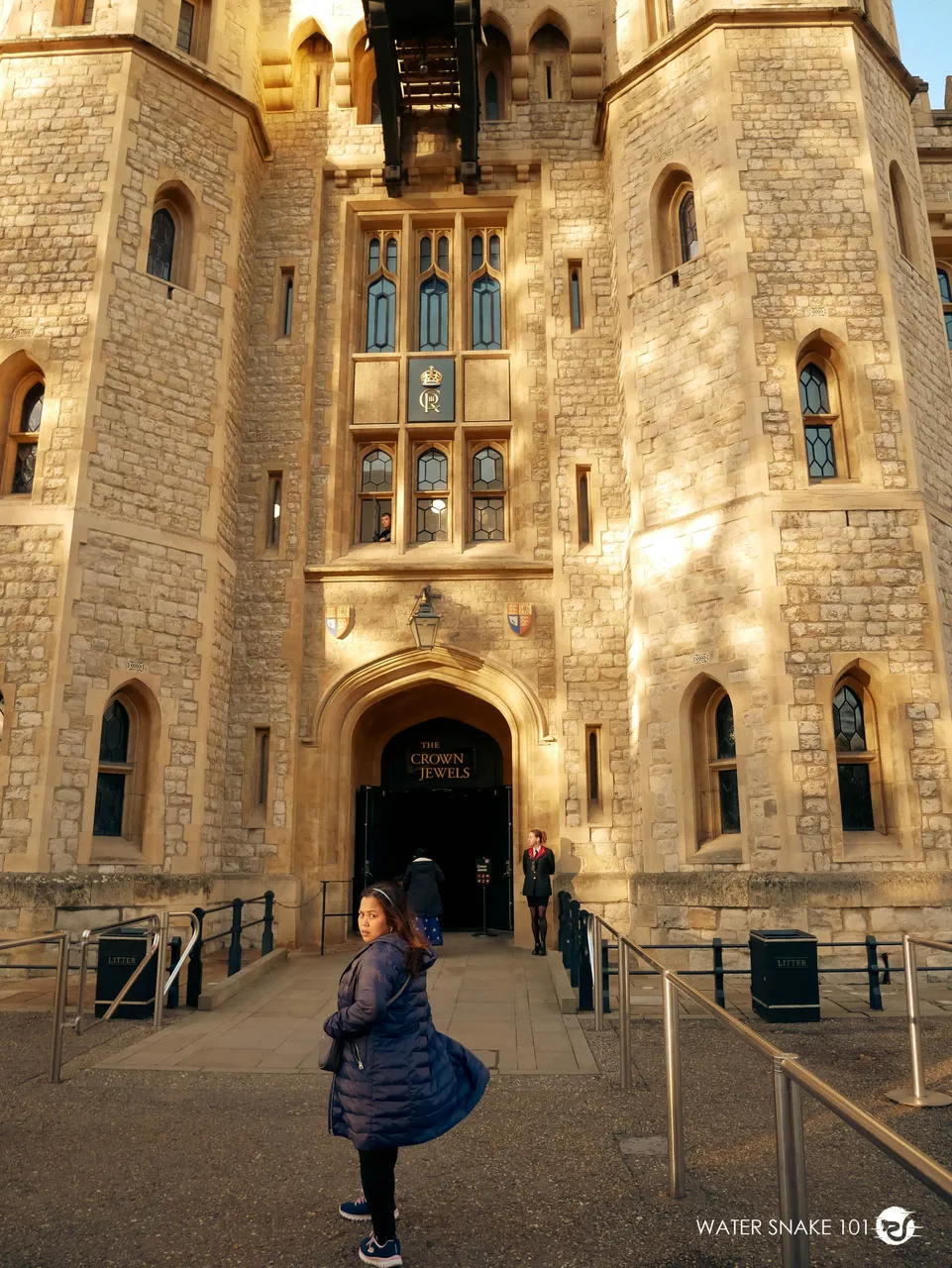
We then took a stroll on the castle grounds to take a break from our exploration. There is also a cafe around if you get hungry from all the walking.
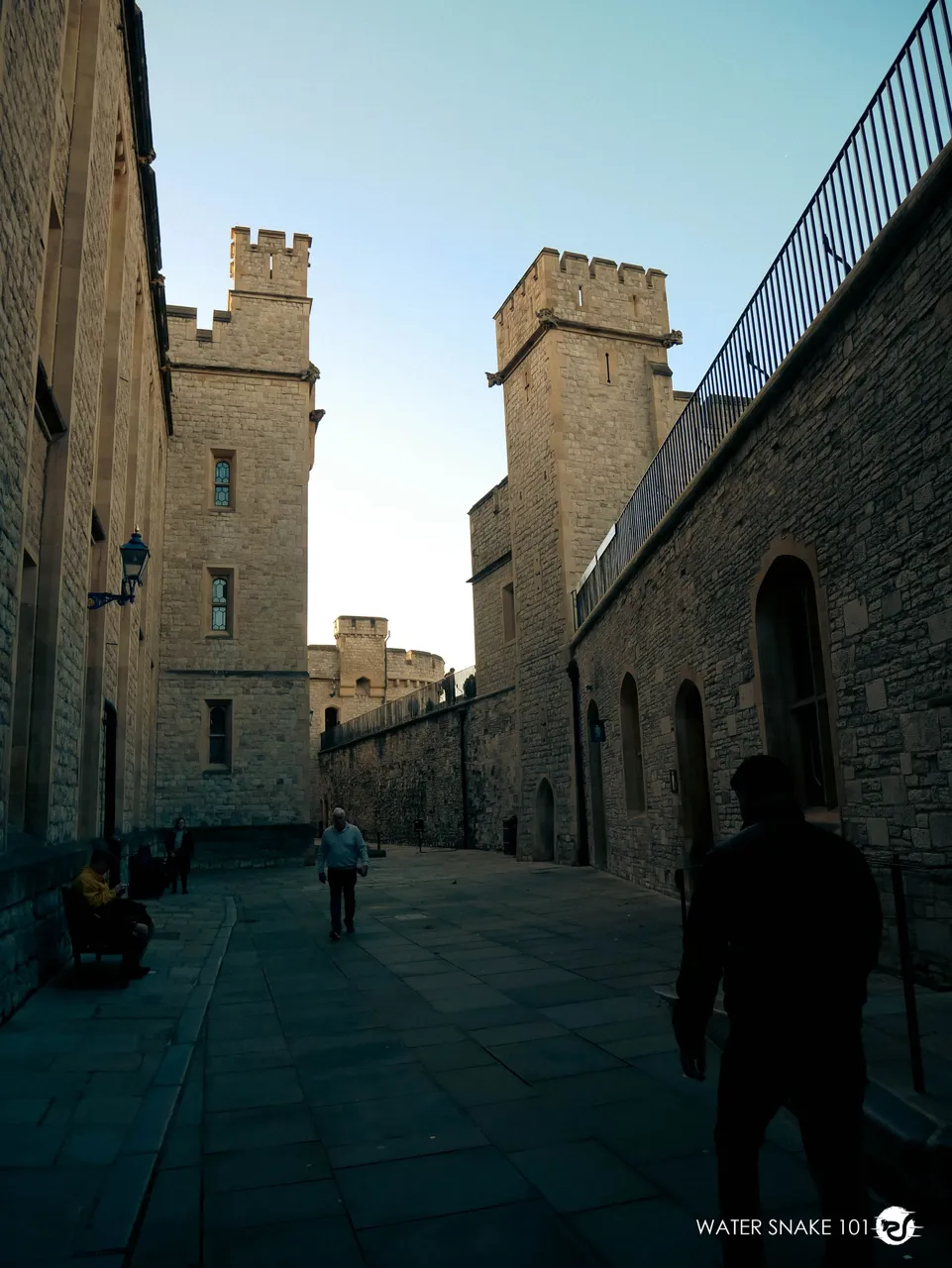
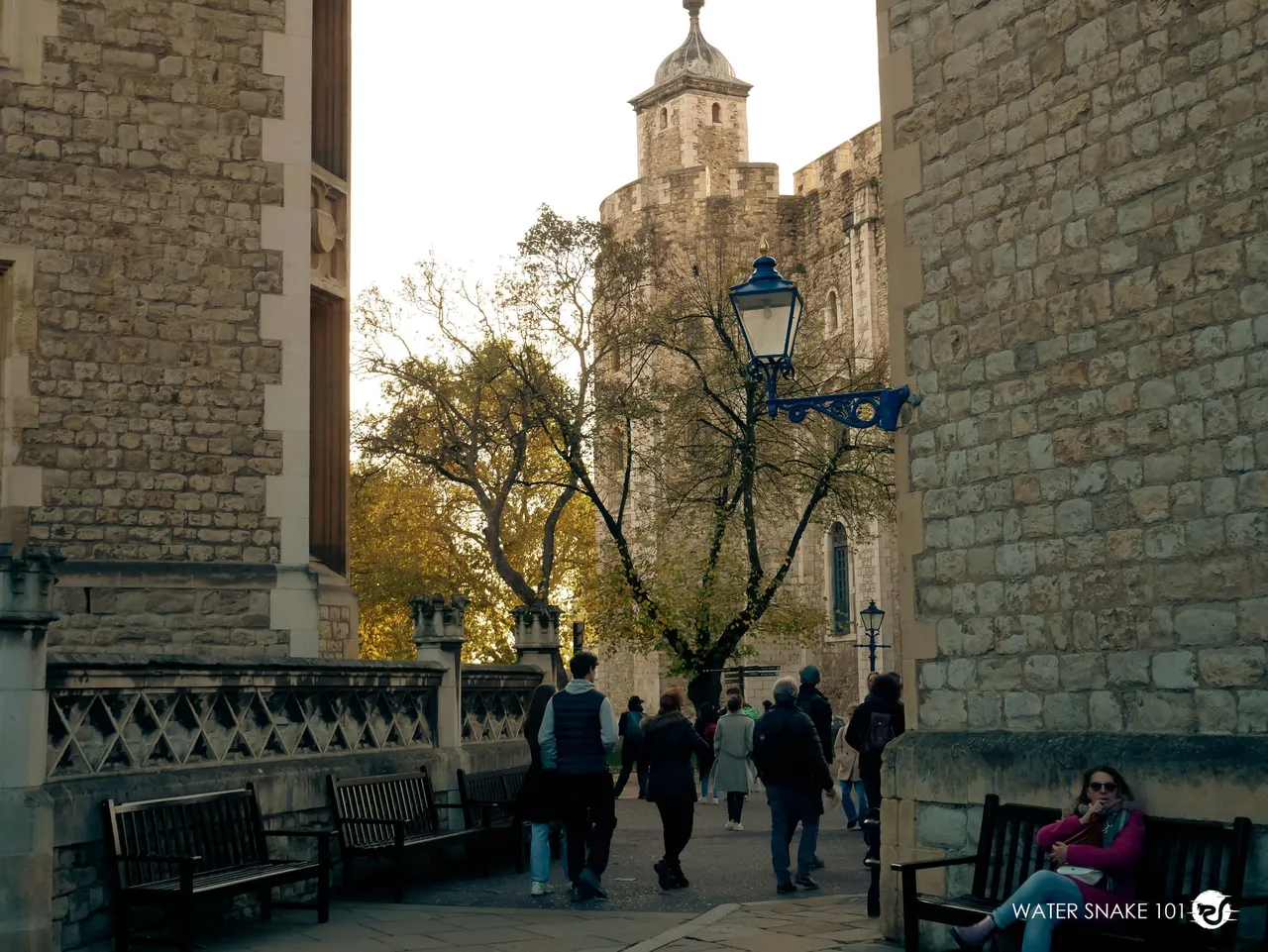
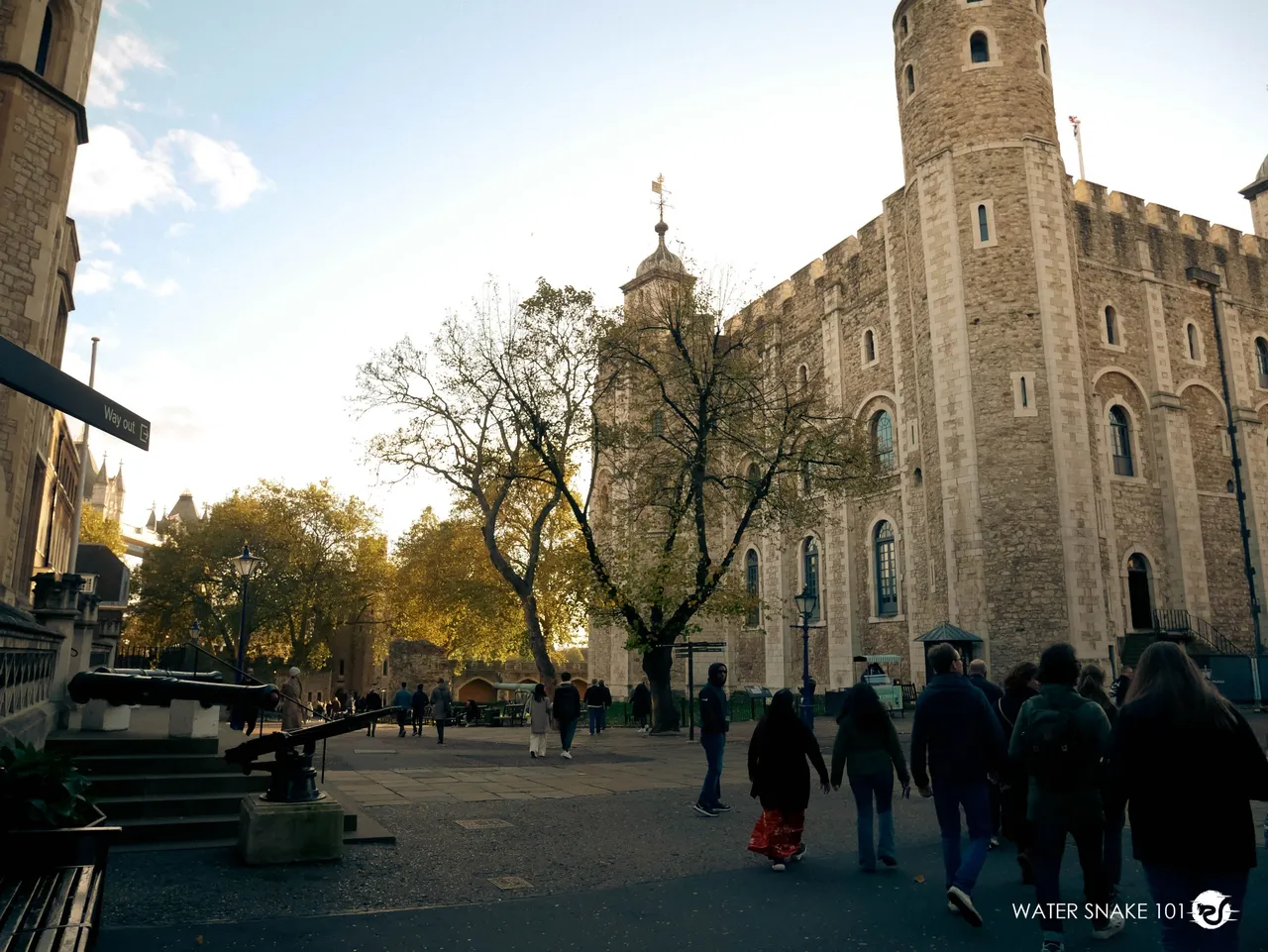
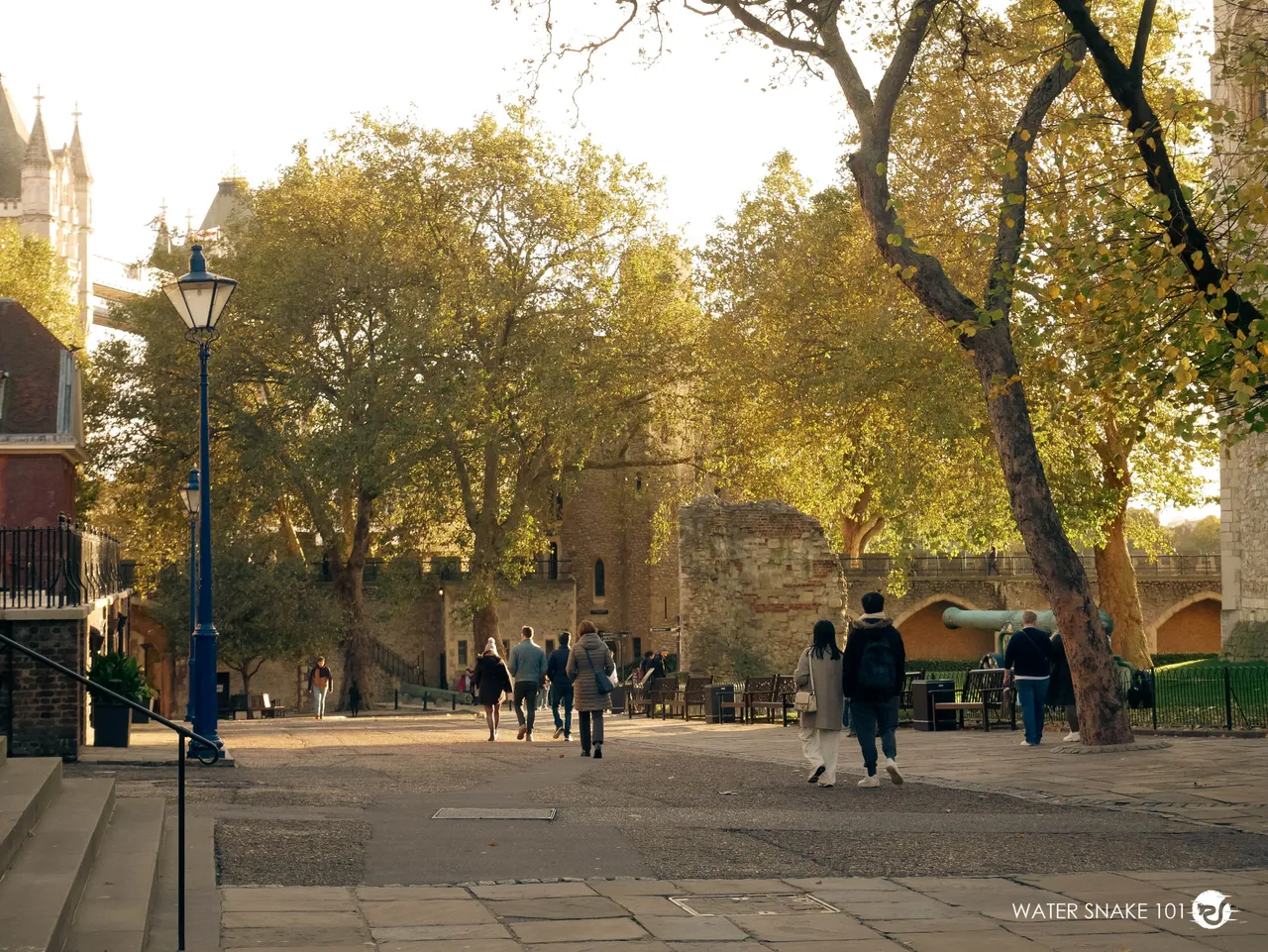
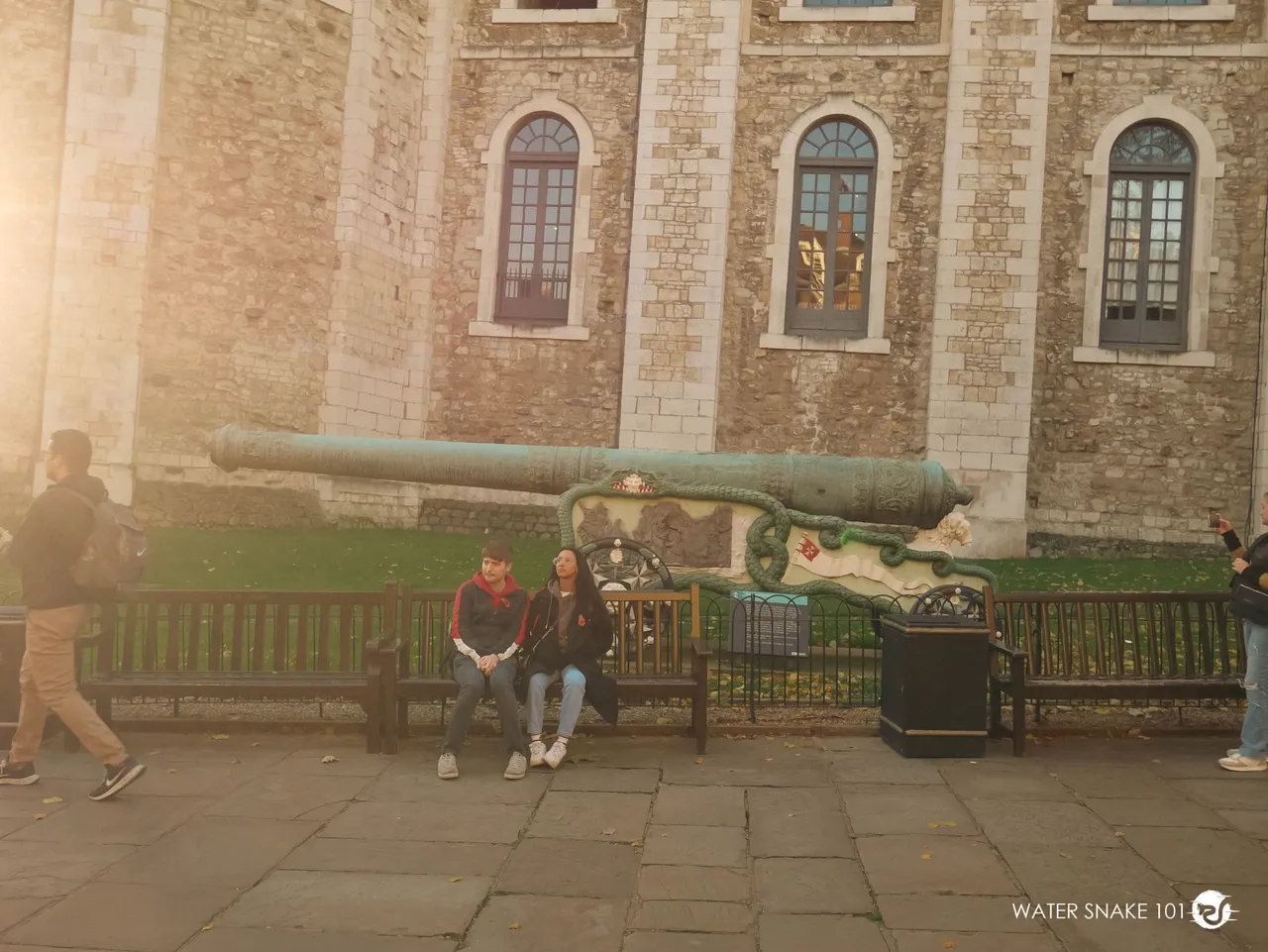
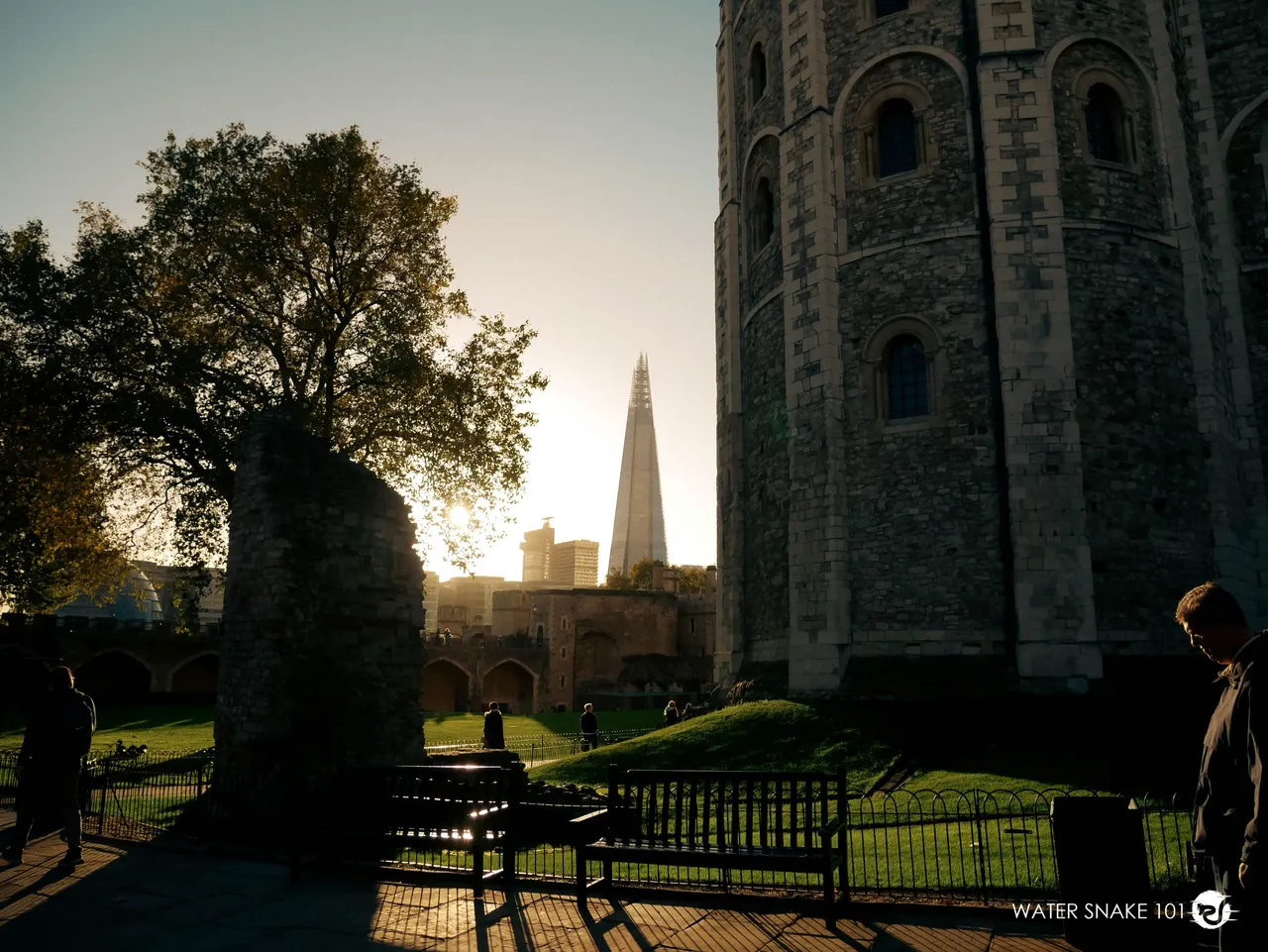

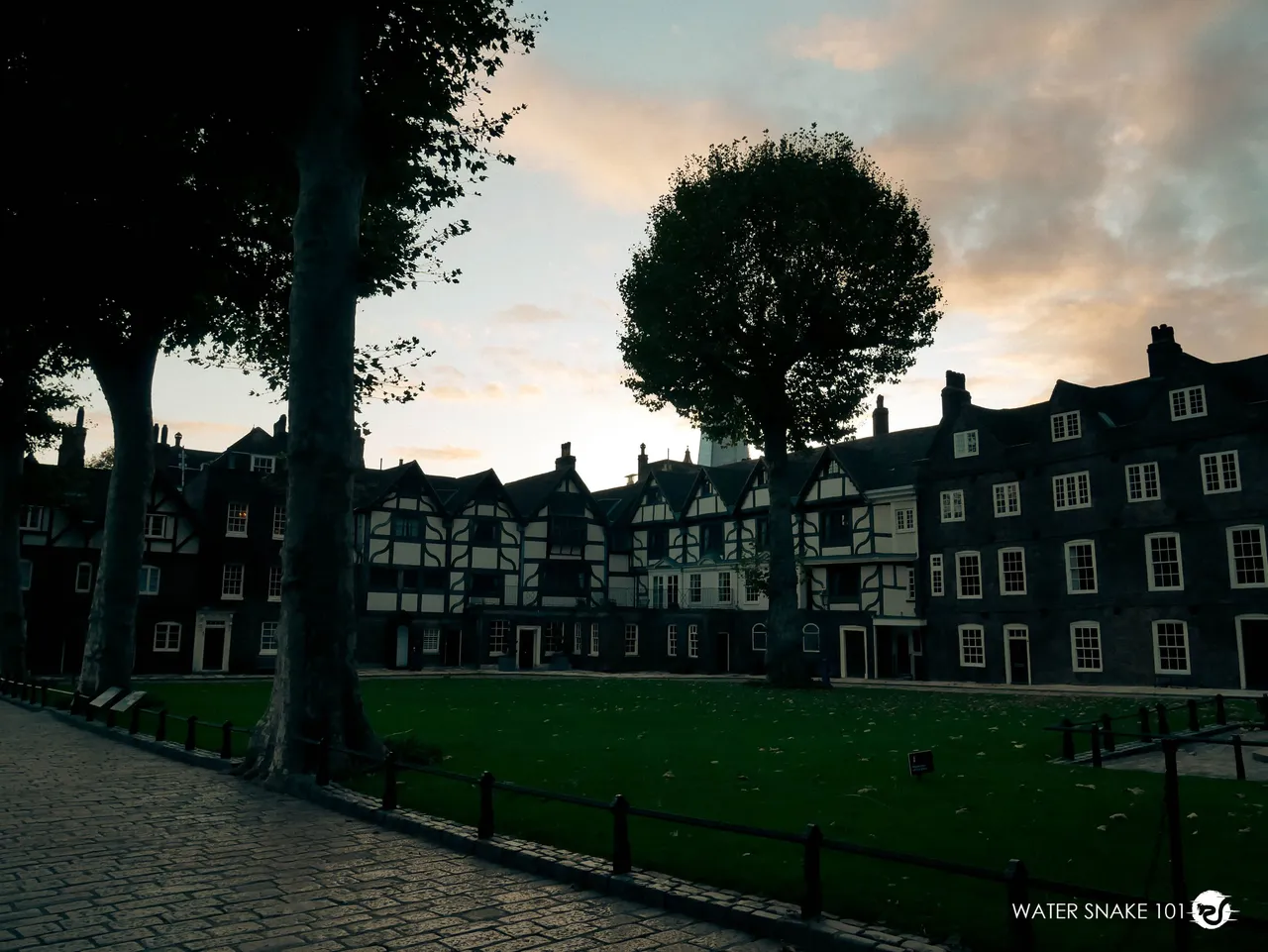
It was getting dark and closing time was almost near so we had to continue with our exploration if we wanted to get the most out of our tour.
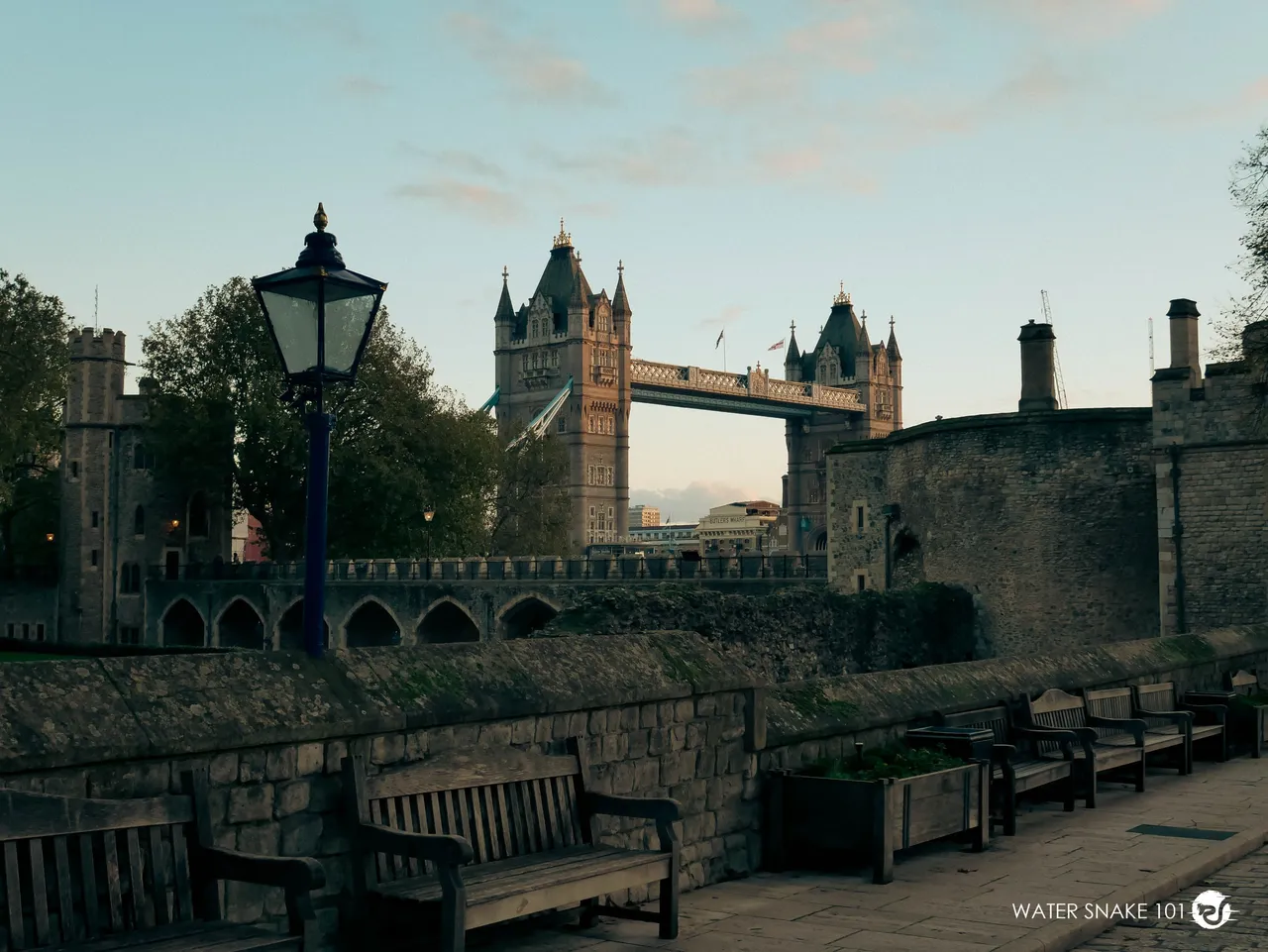
The Bloody Tower is a historic tower within the Tower of London complex. It is famously associated with the imprisonment and possible murder of the young princes, Edward V and Richard of Shrewsbury, commonly known as the Princes in the Tower. The tower's grim reputation is also linked to other tragic events and executions that took place within its walls. Today, the Bloody Tower stands as a somber reminder of the darker aspects of the Tower of London's history and is a part of the visitor experience at the historic site.
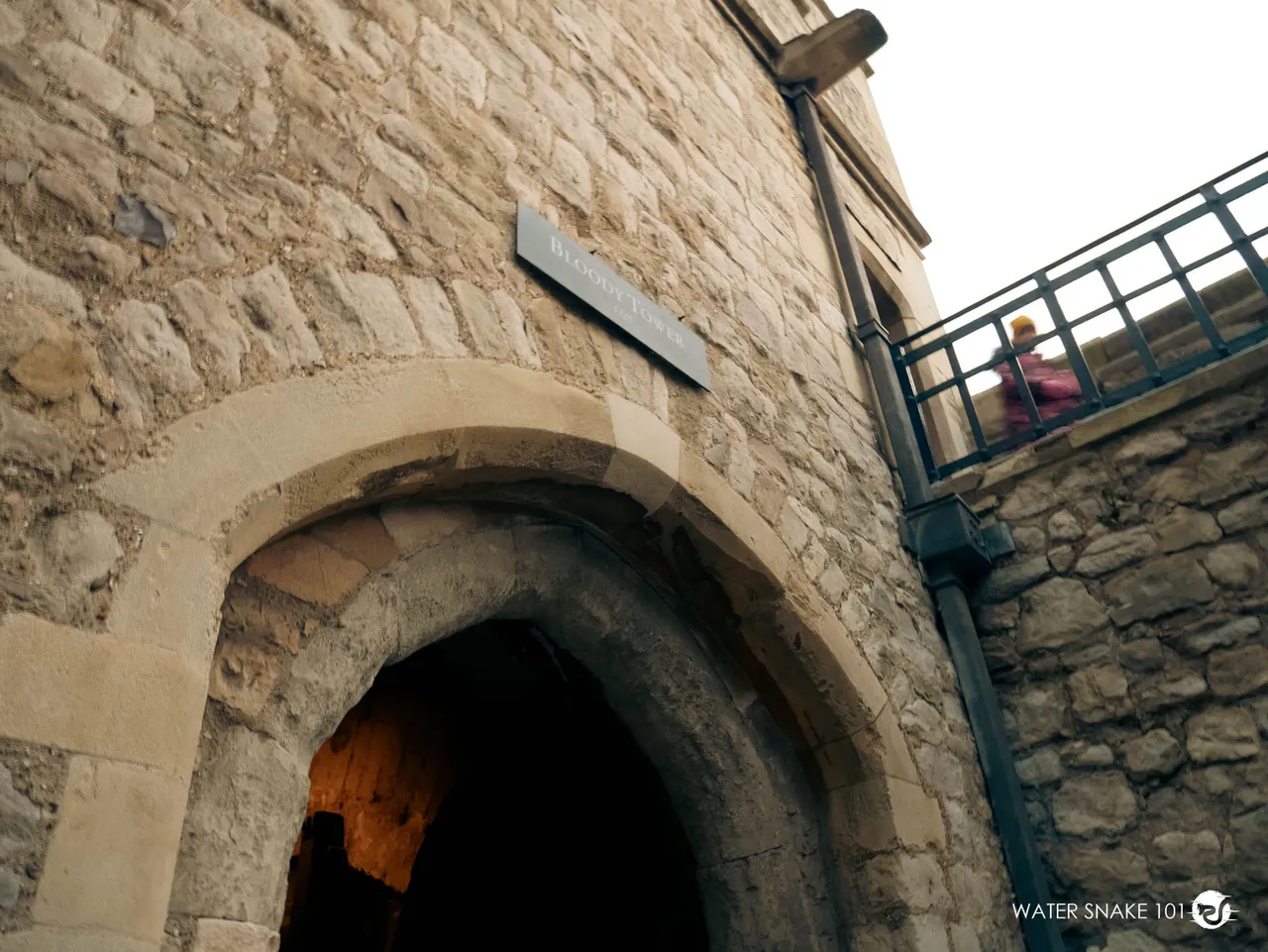
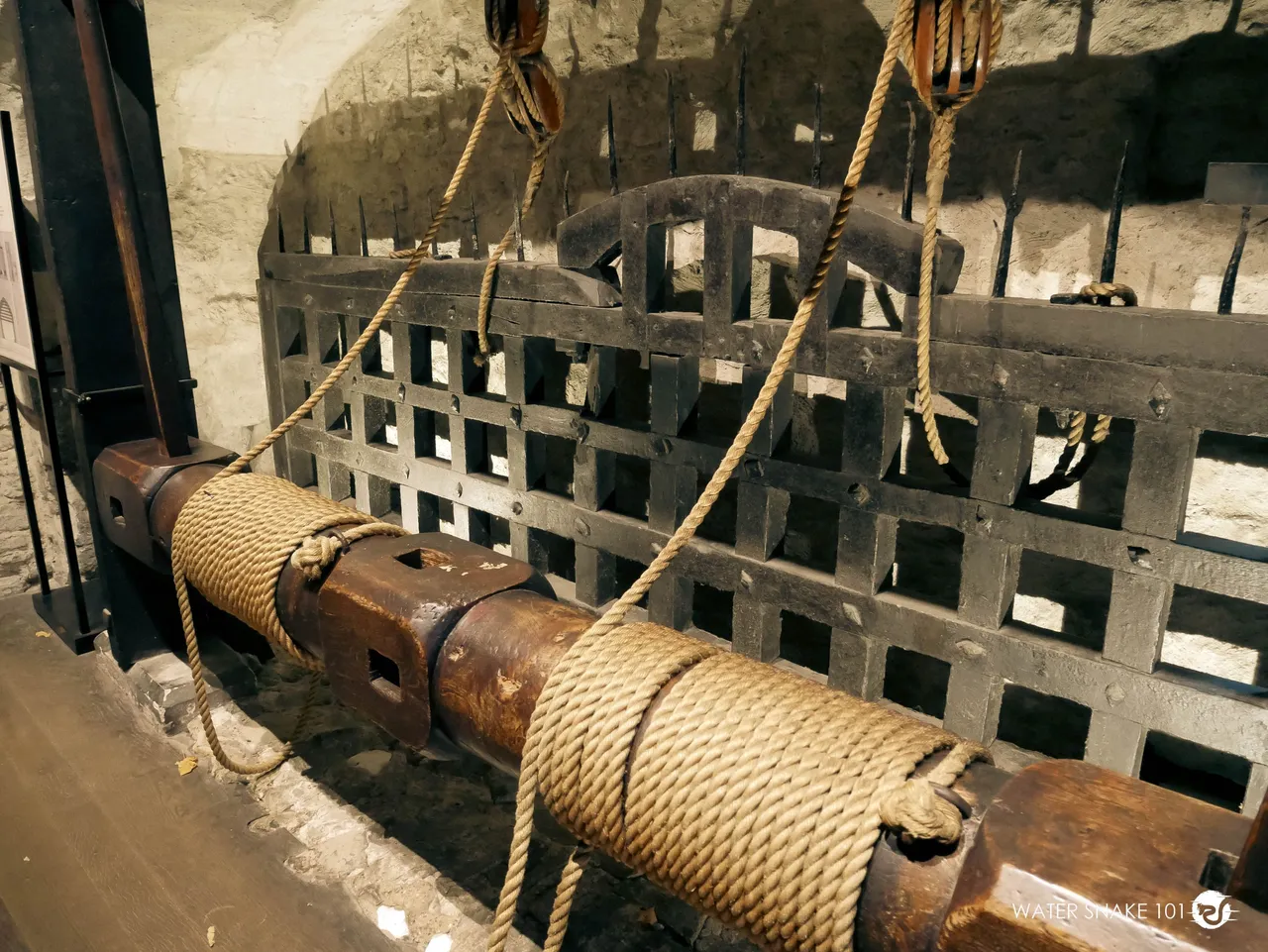
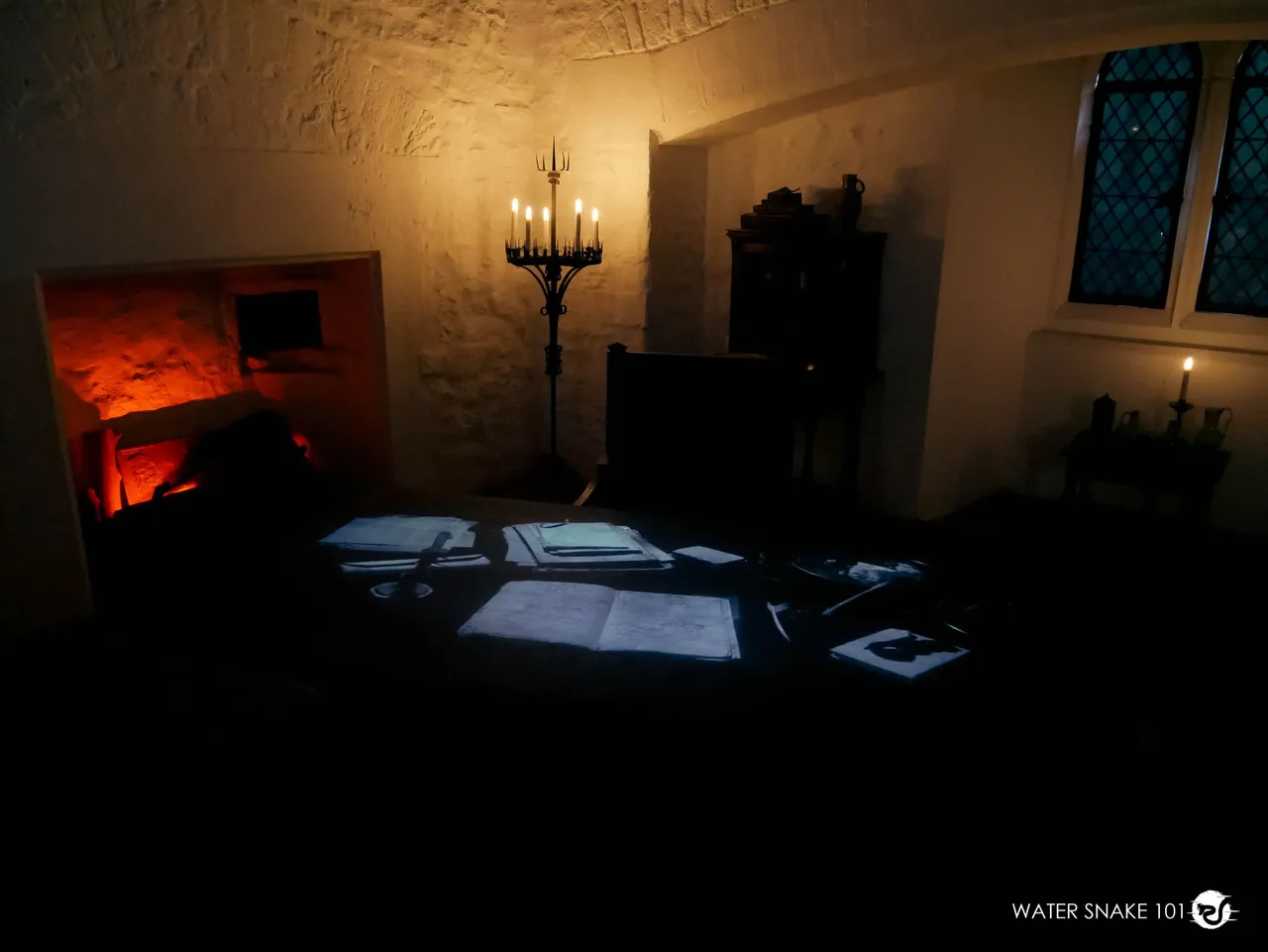
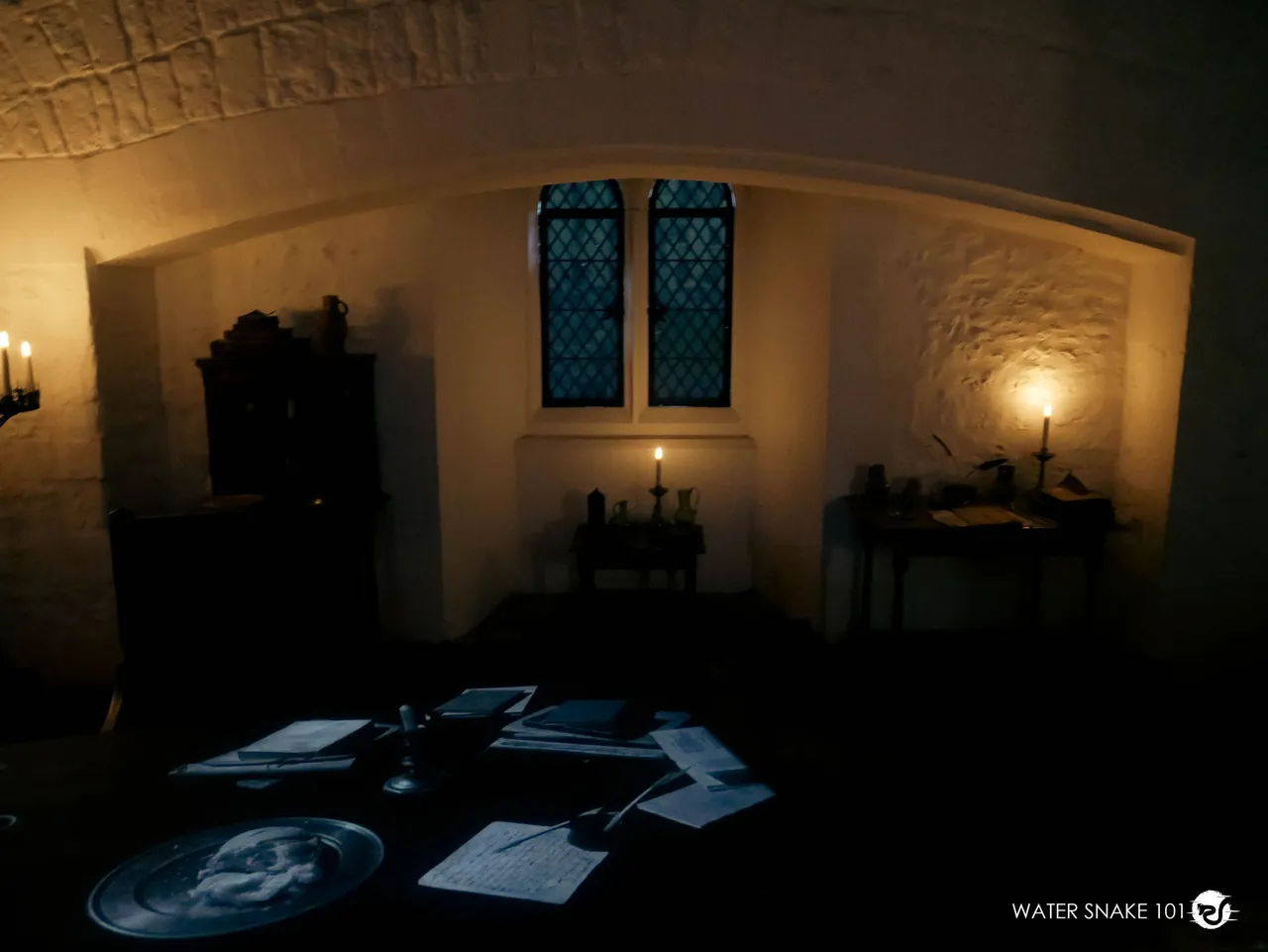
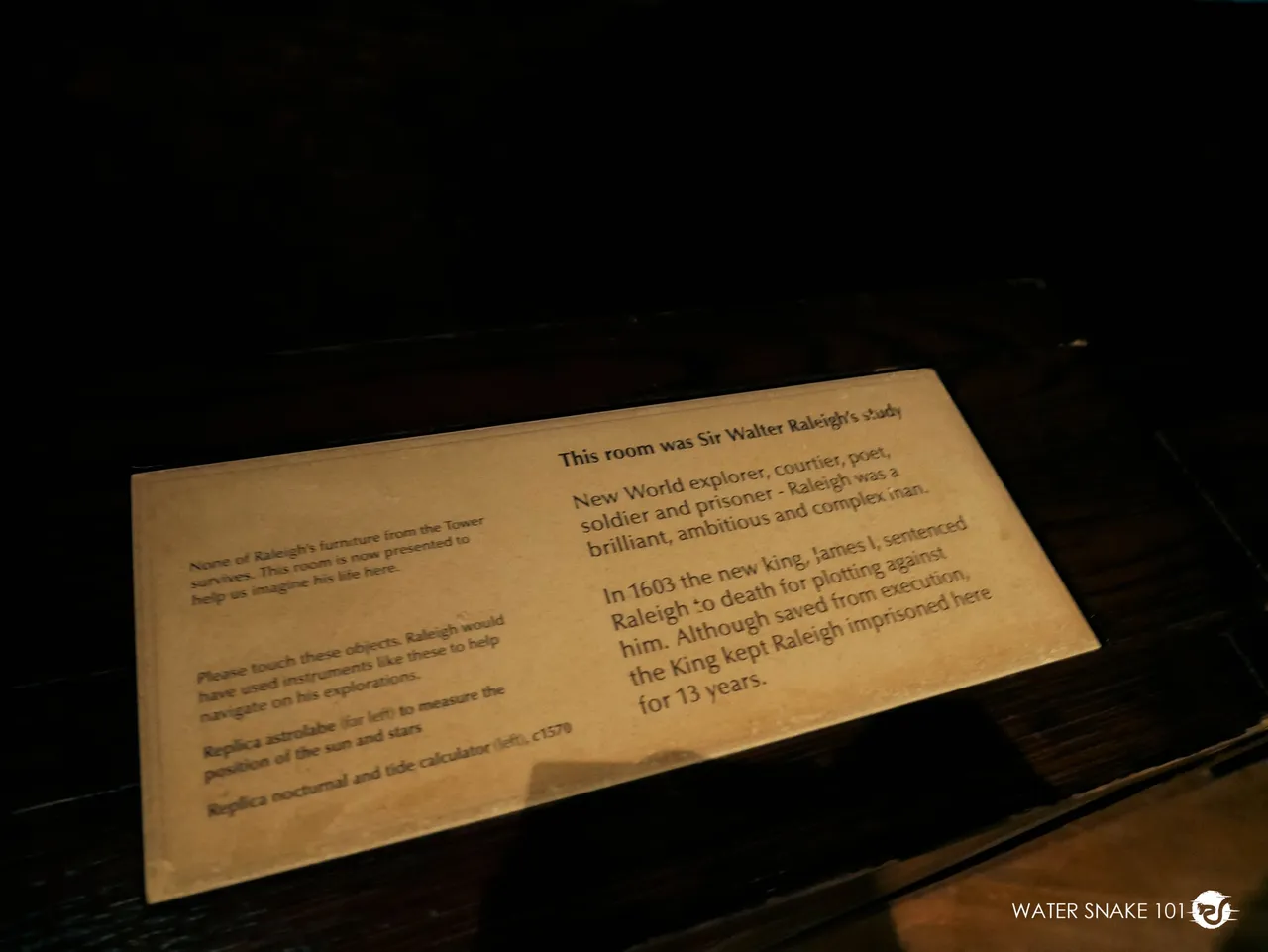
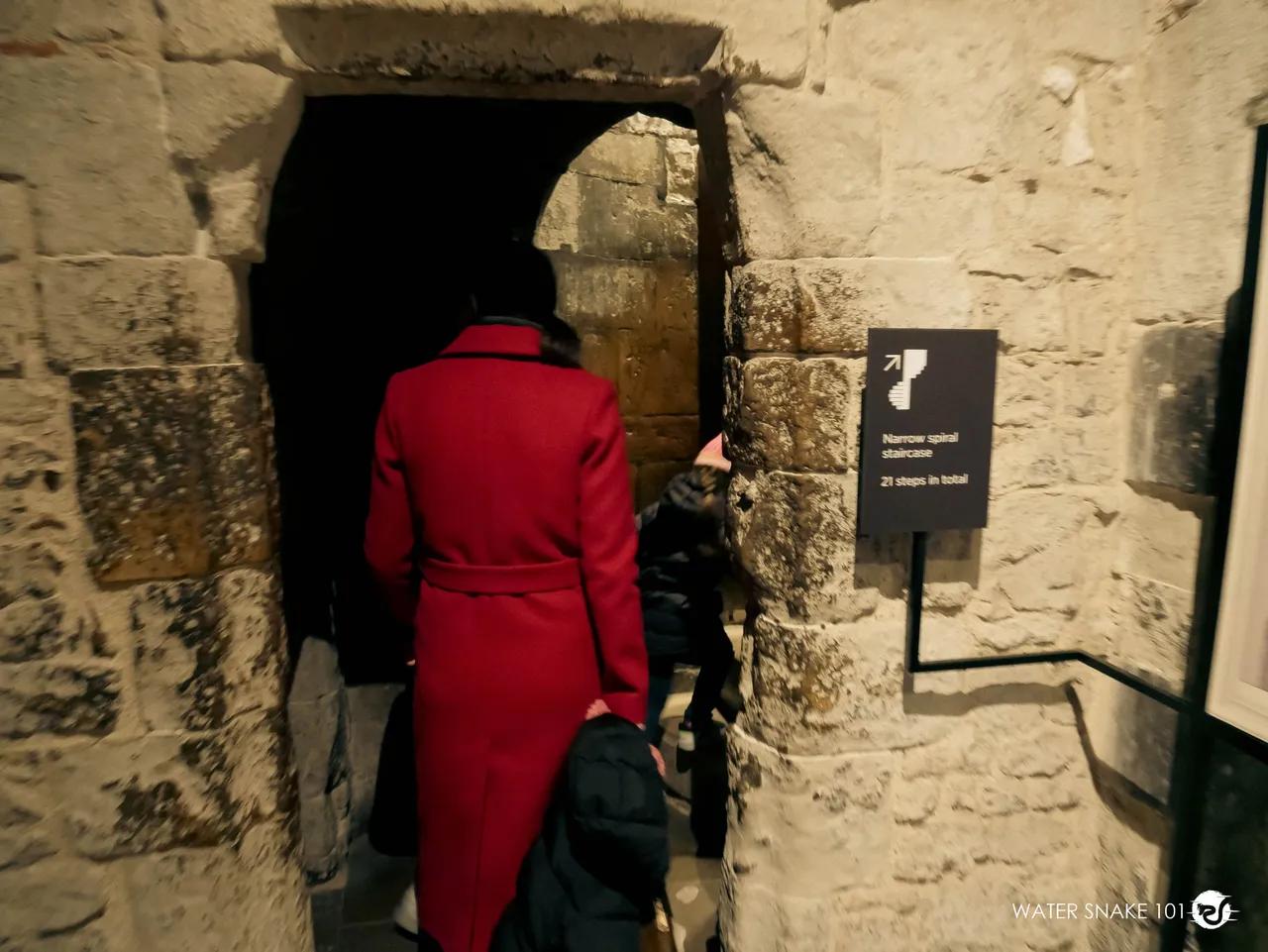
Up from the spiral staircase we reached a room where it tells the story of the murdered princes. The murdered princes, Edward V and Richard of Shrewsbury were famously held captive in the Tower of London during the Wars of the Roses. Their fate remains a subject of historical debate and mystery. The young princes were the sons of King Edward IV and were lodged in the Tower of London by their uncle, Richard, Duke of Gloucester, who later became King Richard III. Their disappearance and suspected murder have intrigued historians for centuries.
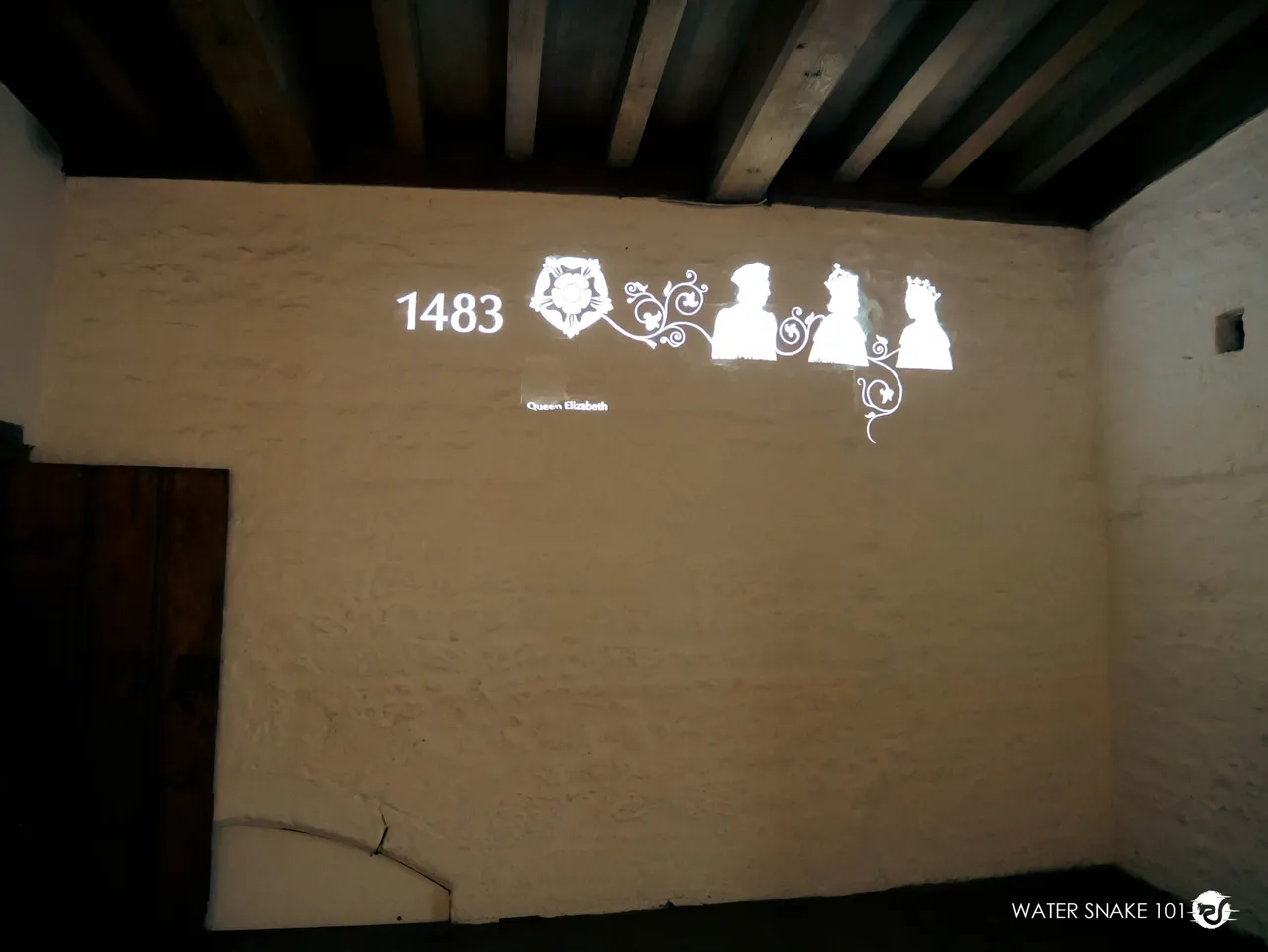
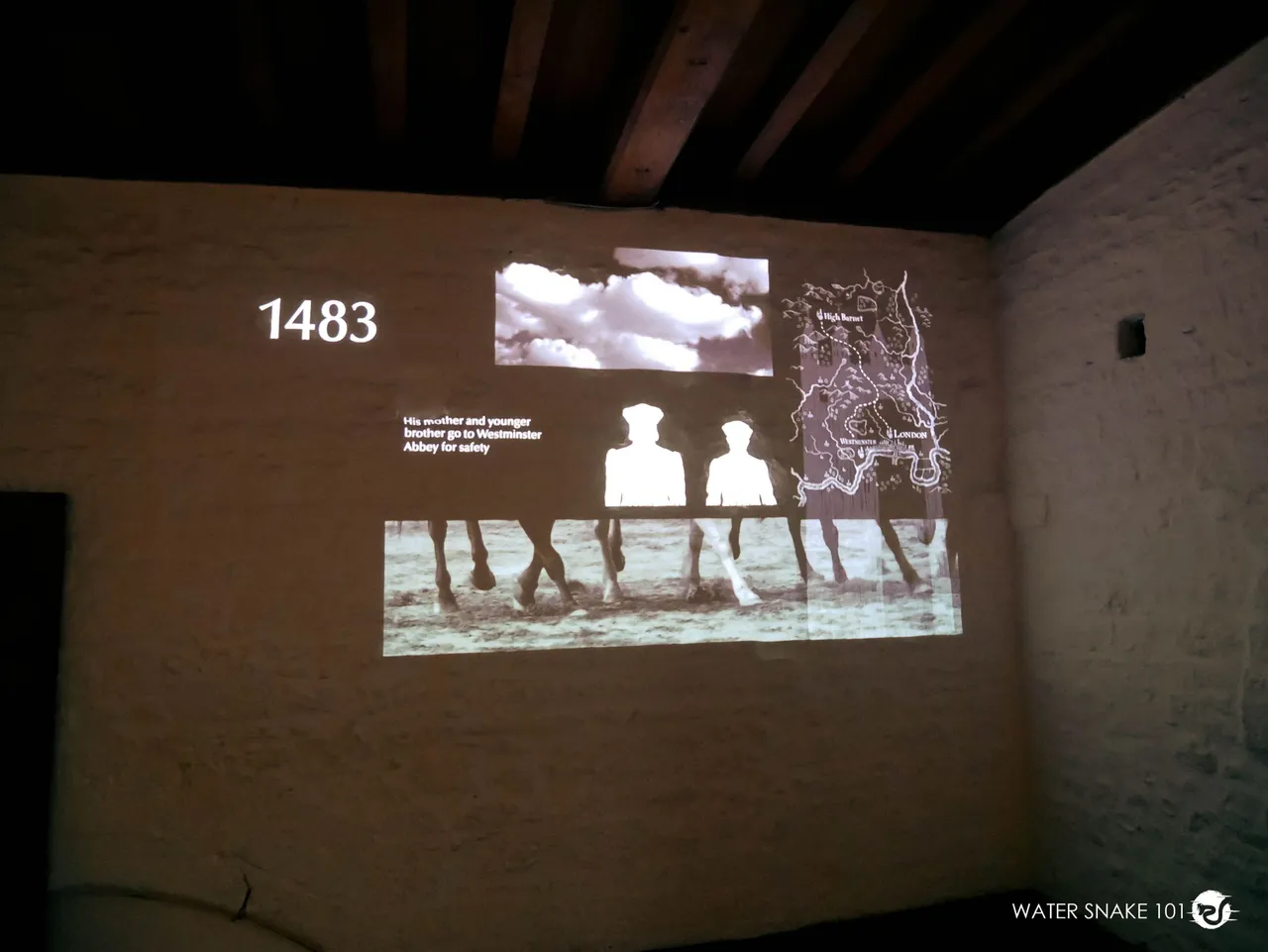
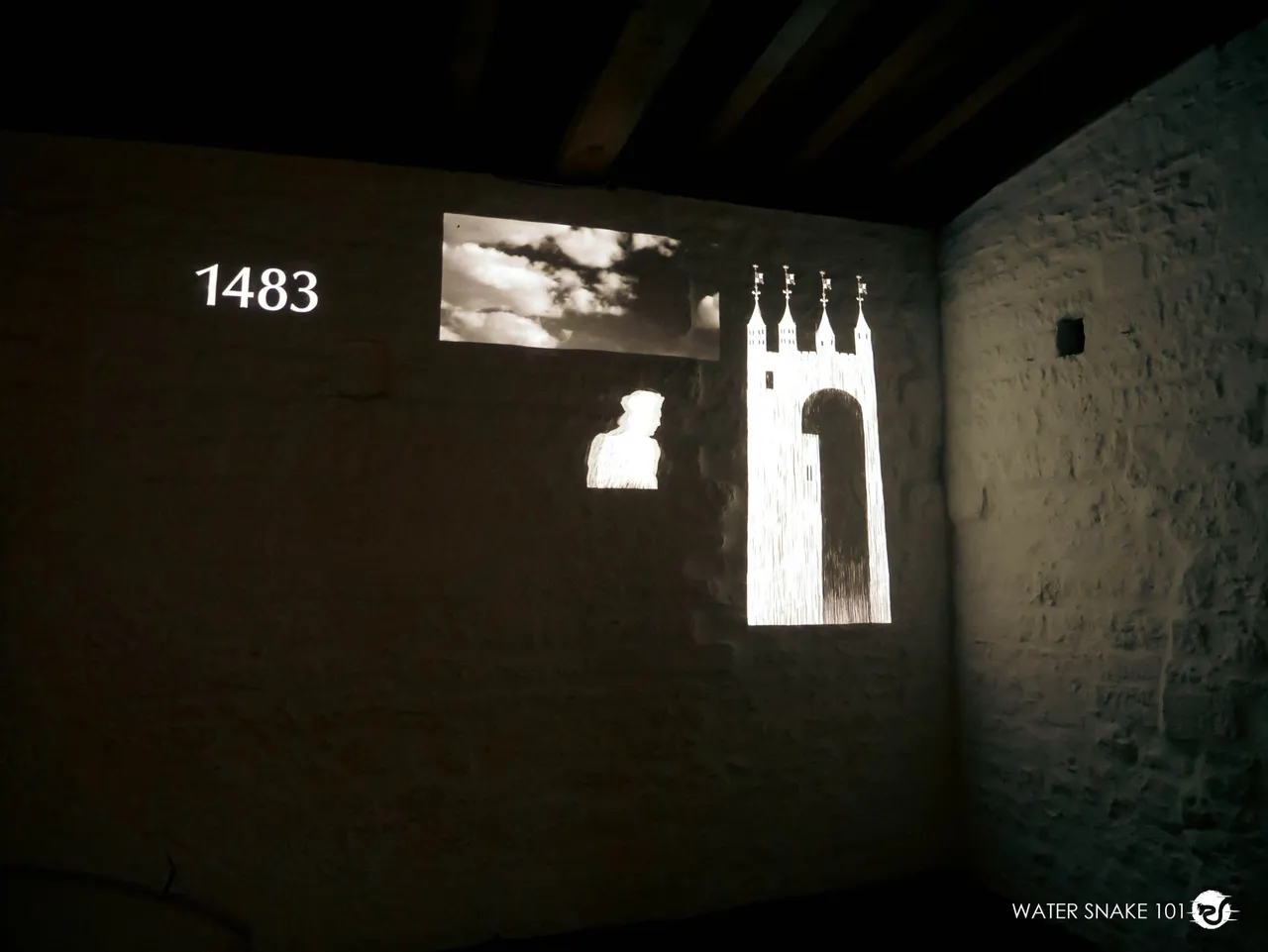

In 1674 they discovered in this park two skeletal remains of children, it was believed that those were the remains of the two princes.
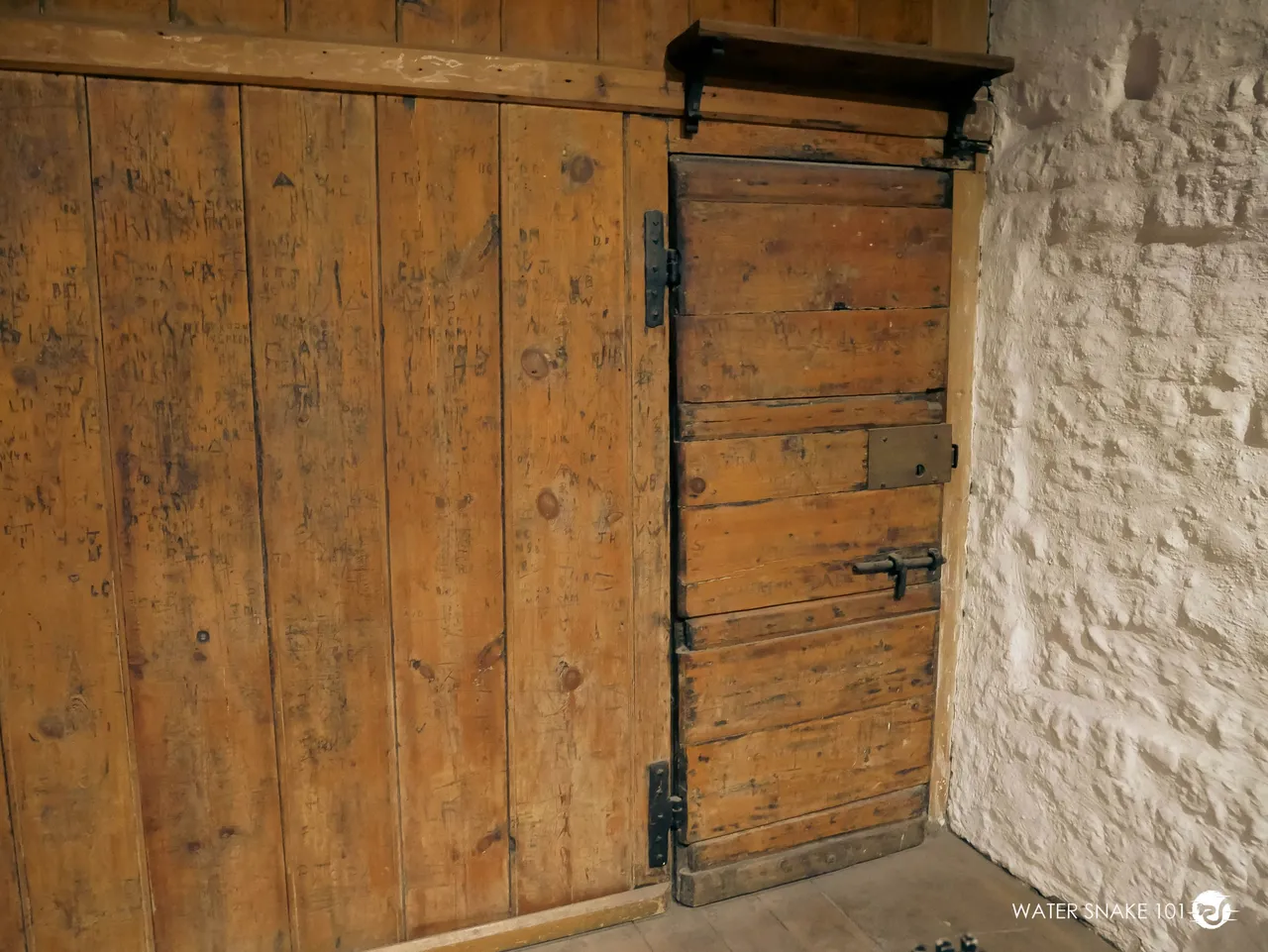
We are now on the southern part of the walls with a view of the Tower Bridge. Ready to explore more we were looking for the torture tower. You could easily get lost in this castle or go around in circles if you do not check the map of the castle.
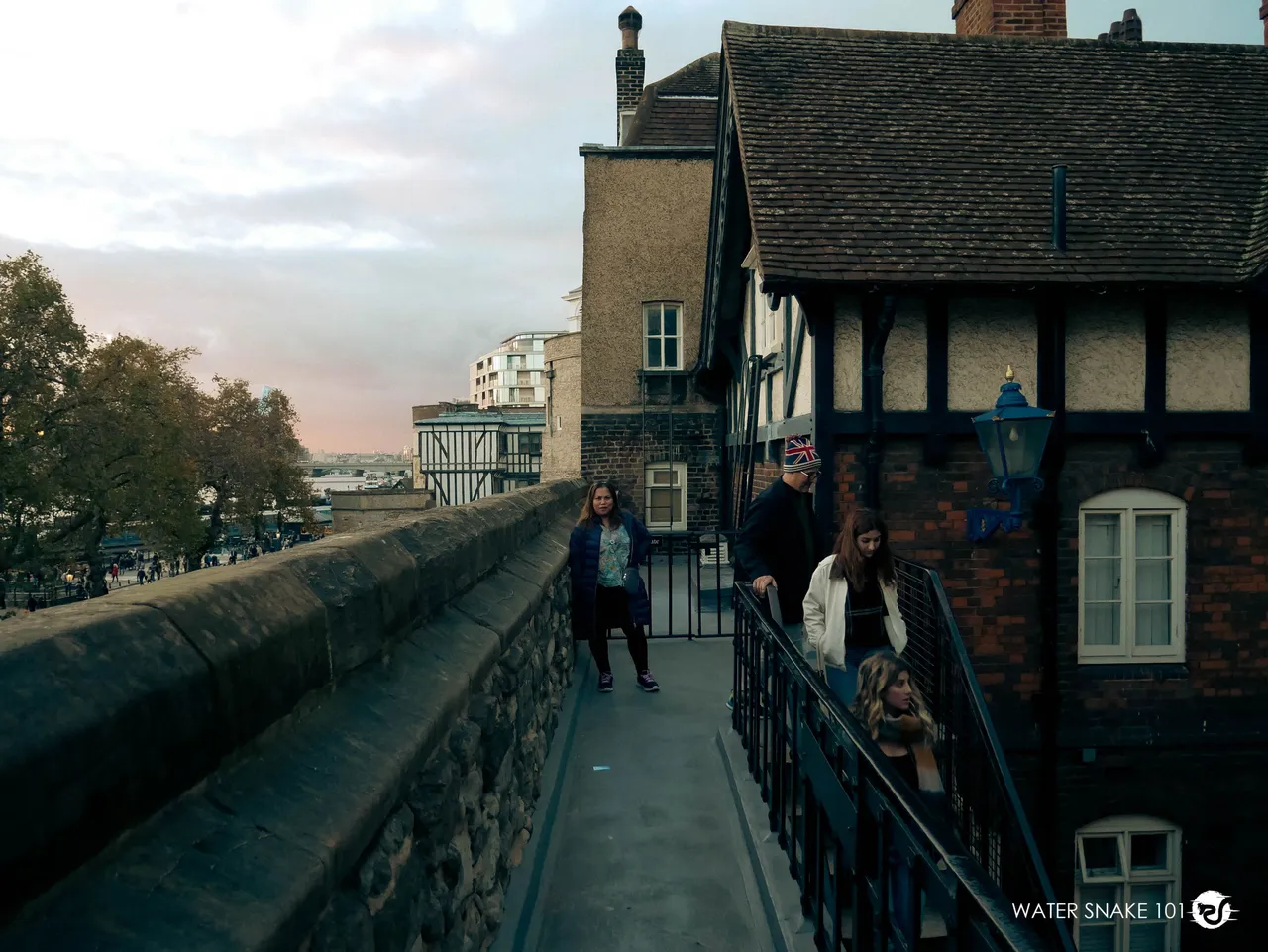
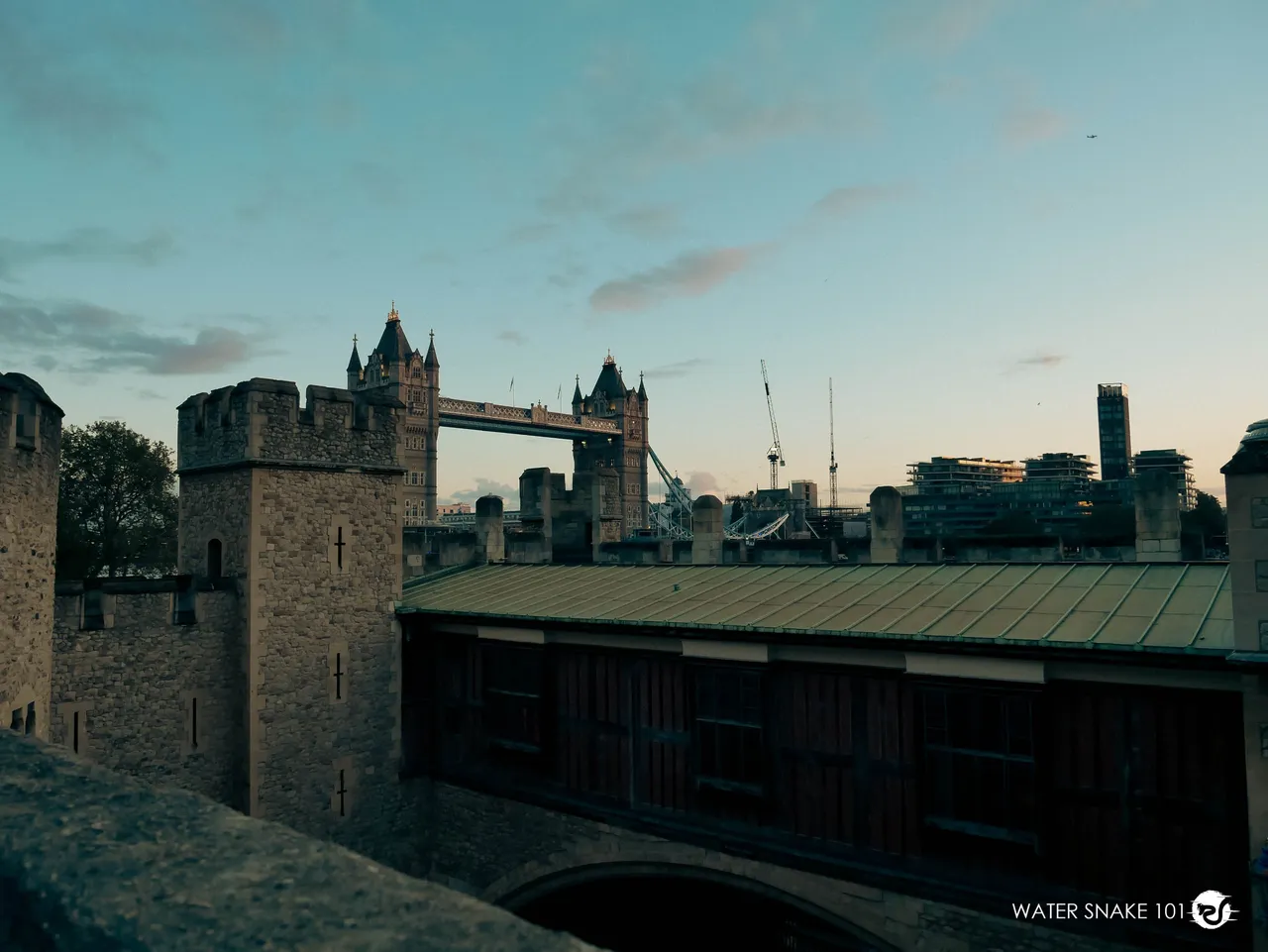
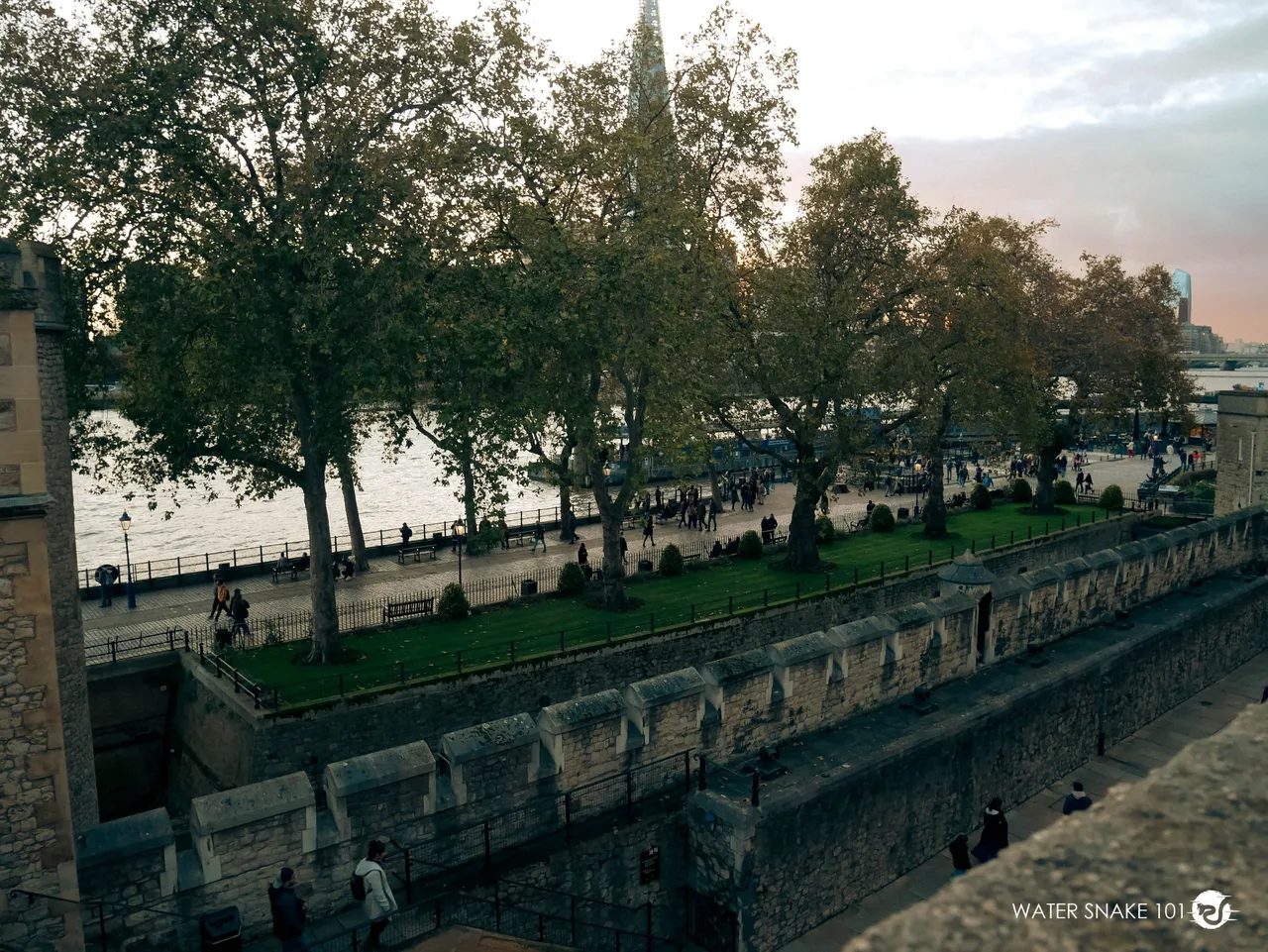
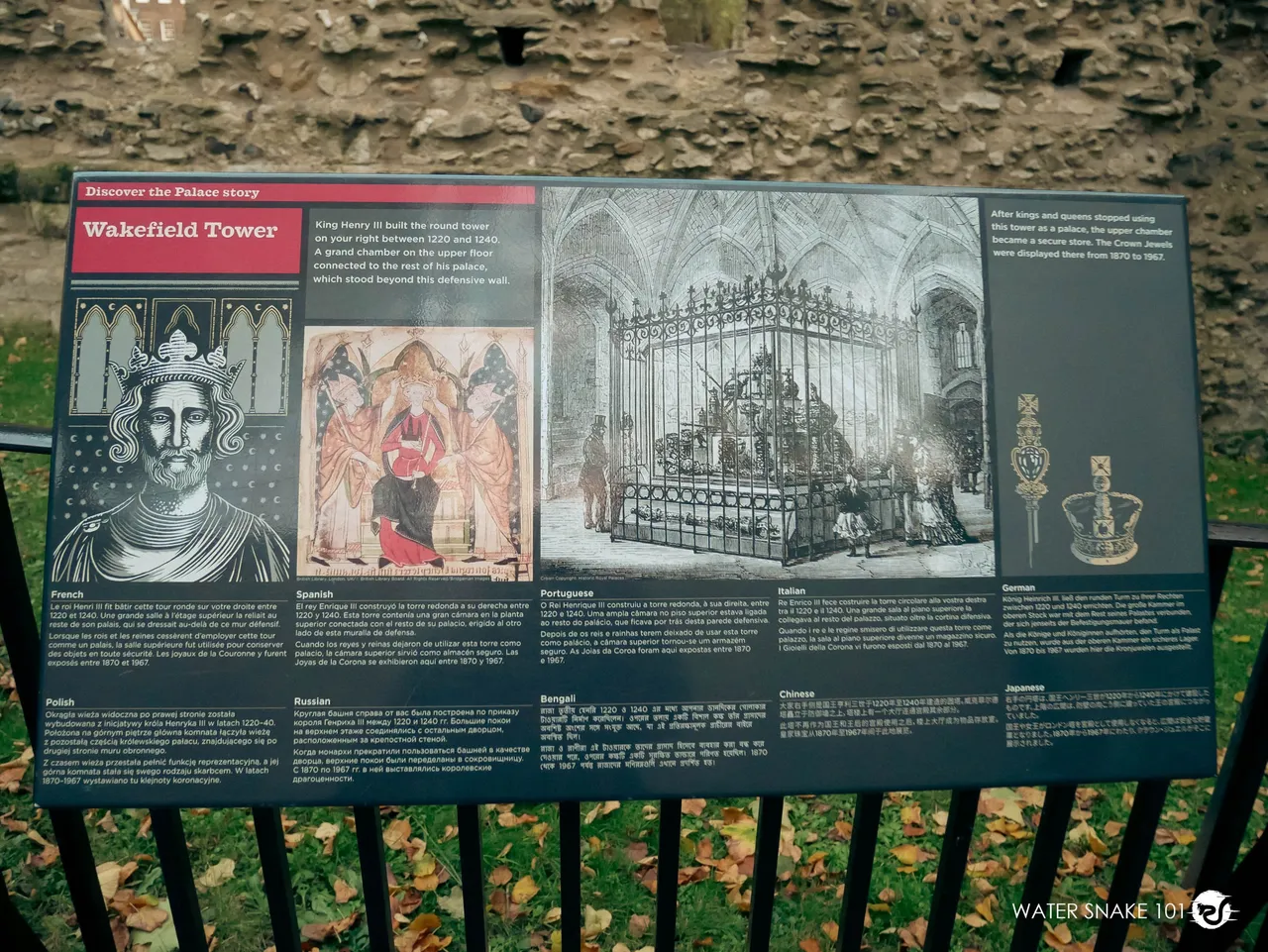
We found the Torture Tower and here you would see some of the chilling torture devices used at the tower. Most of them were replicas and had descriptions on them of how they were used.

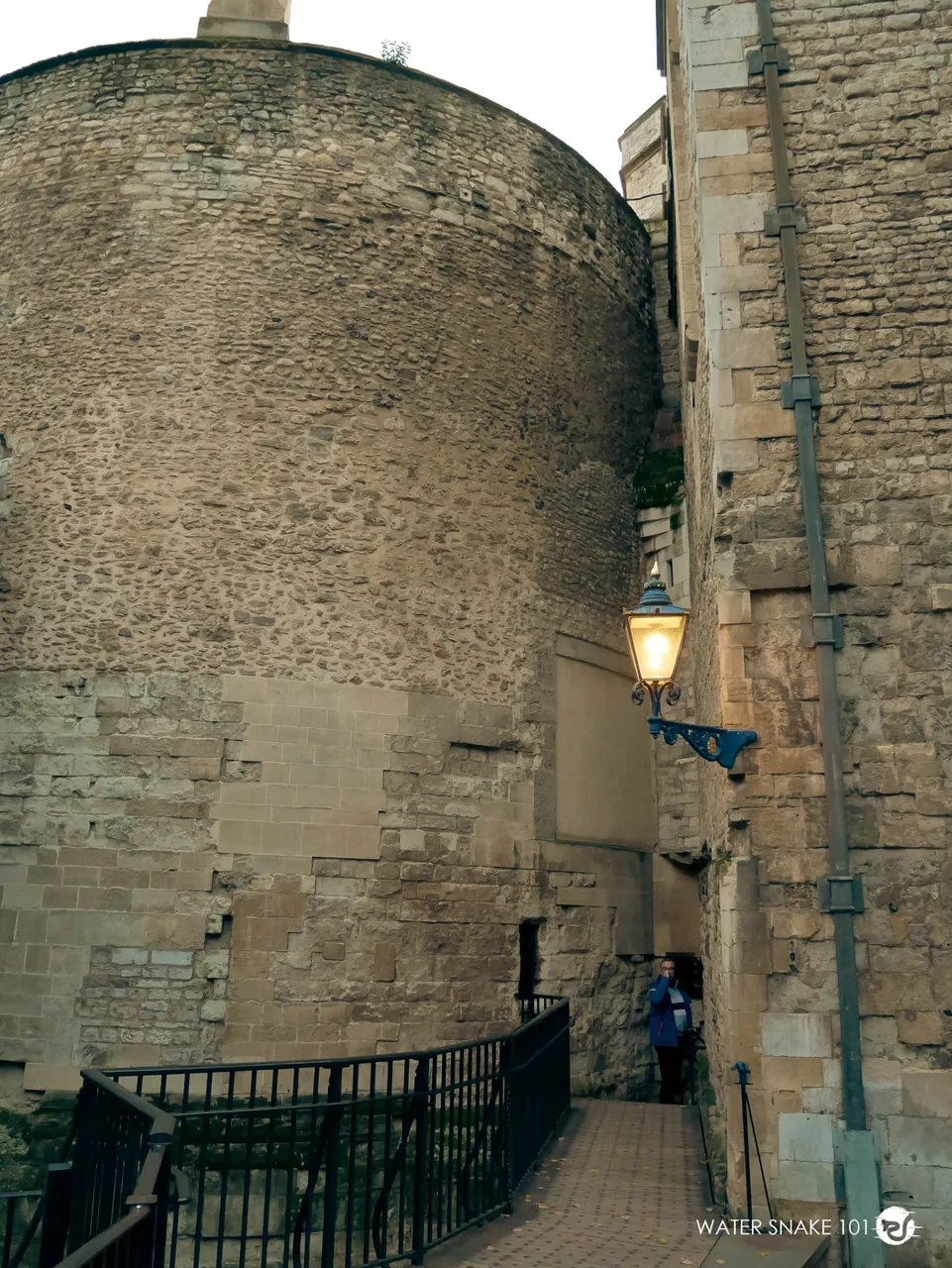
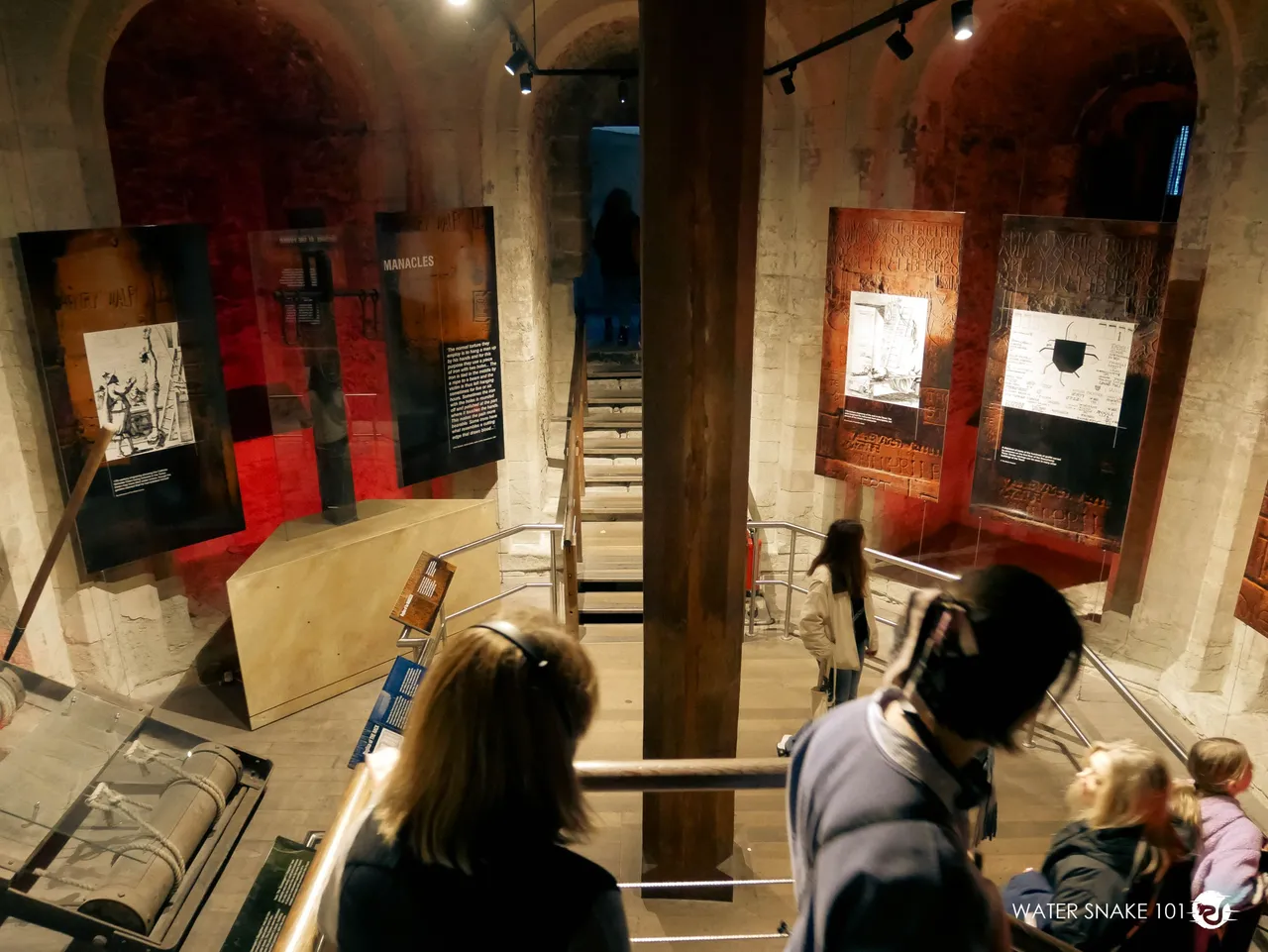
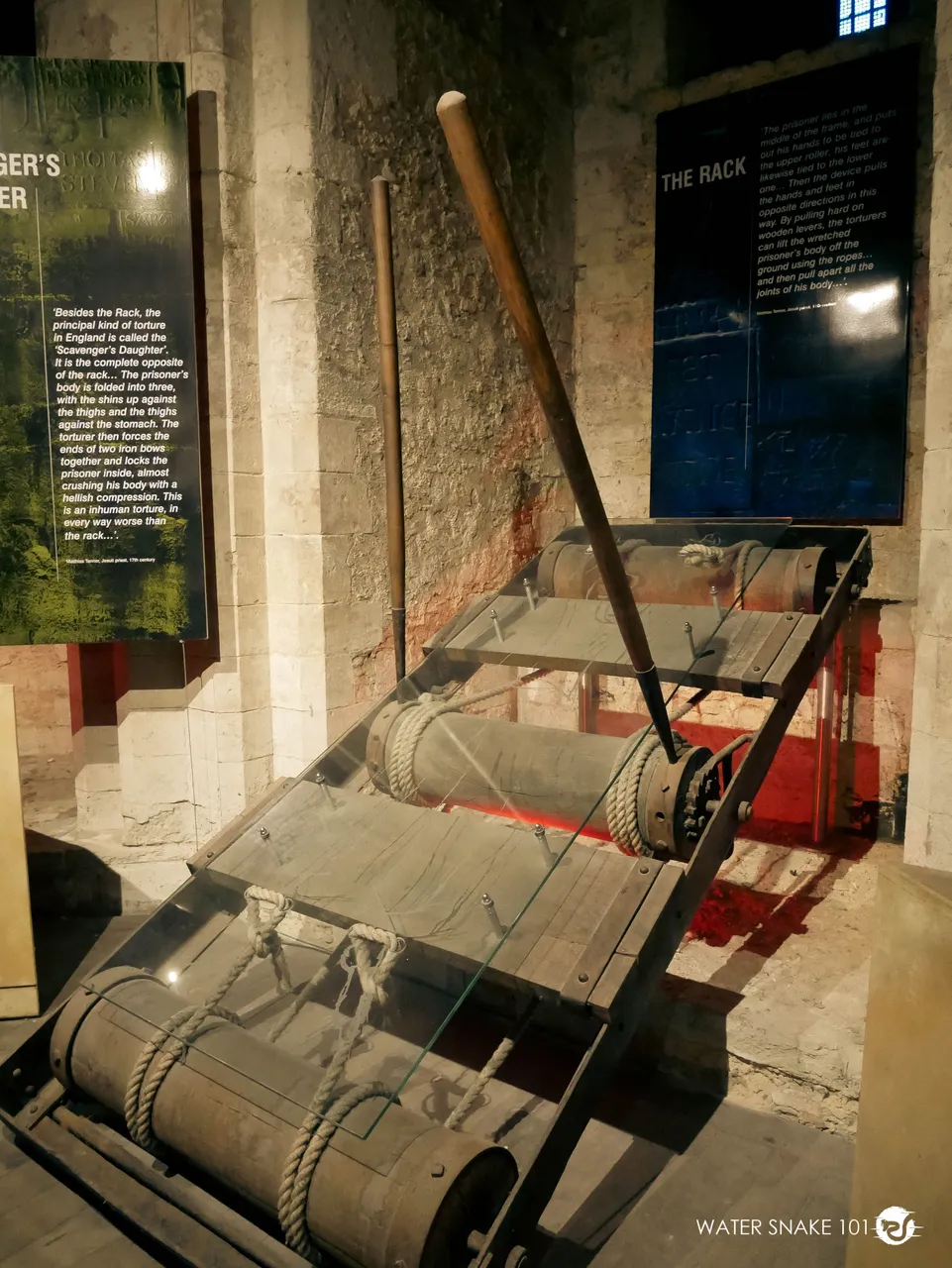
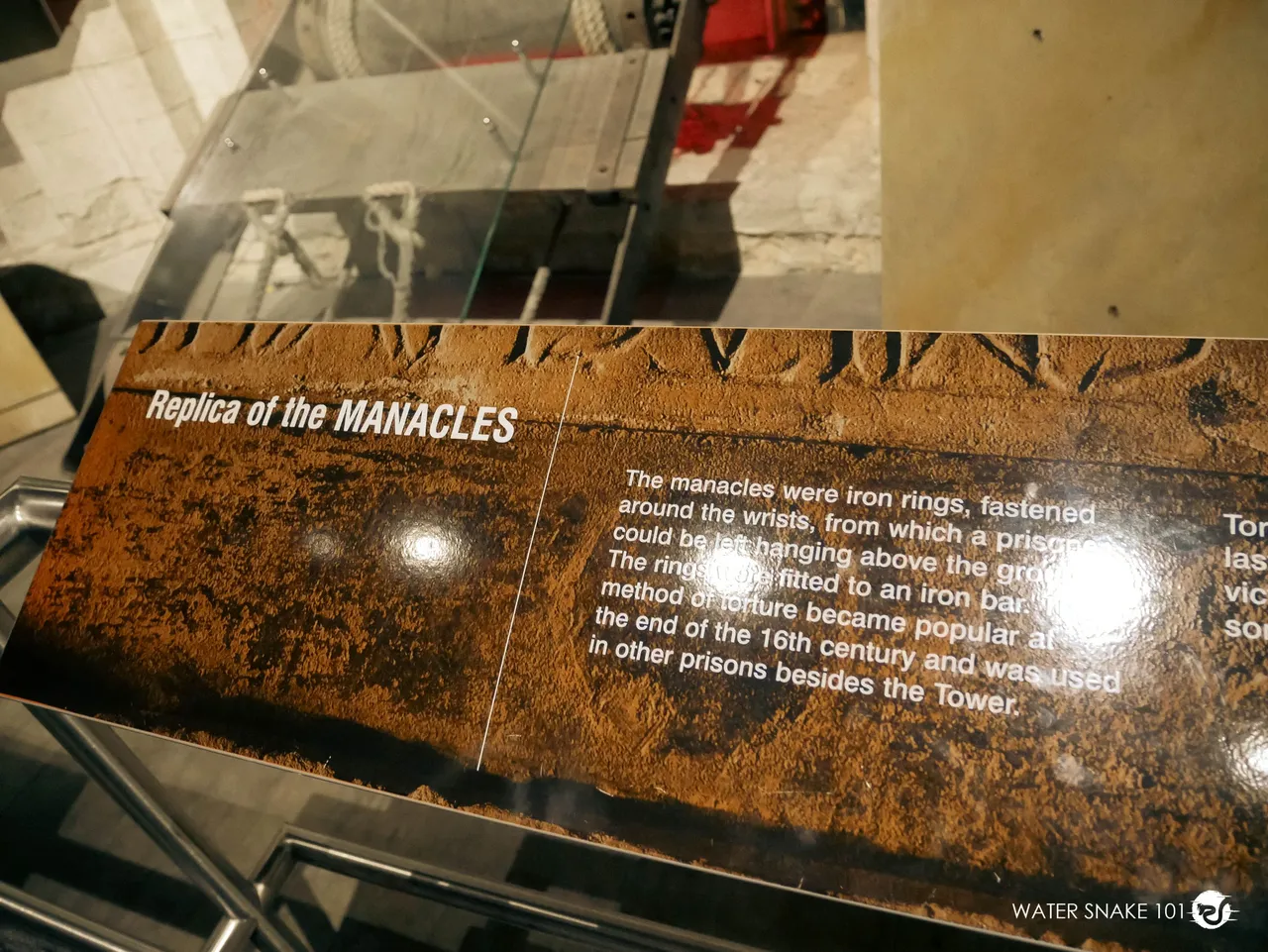
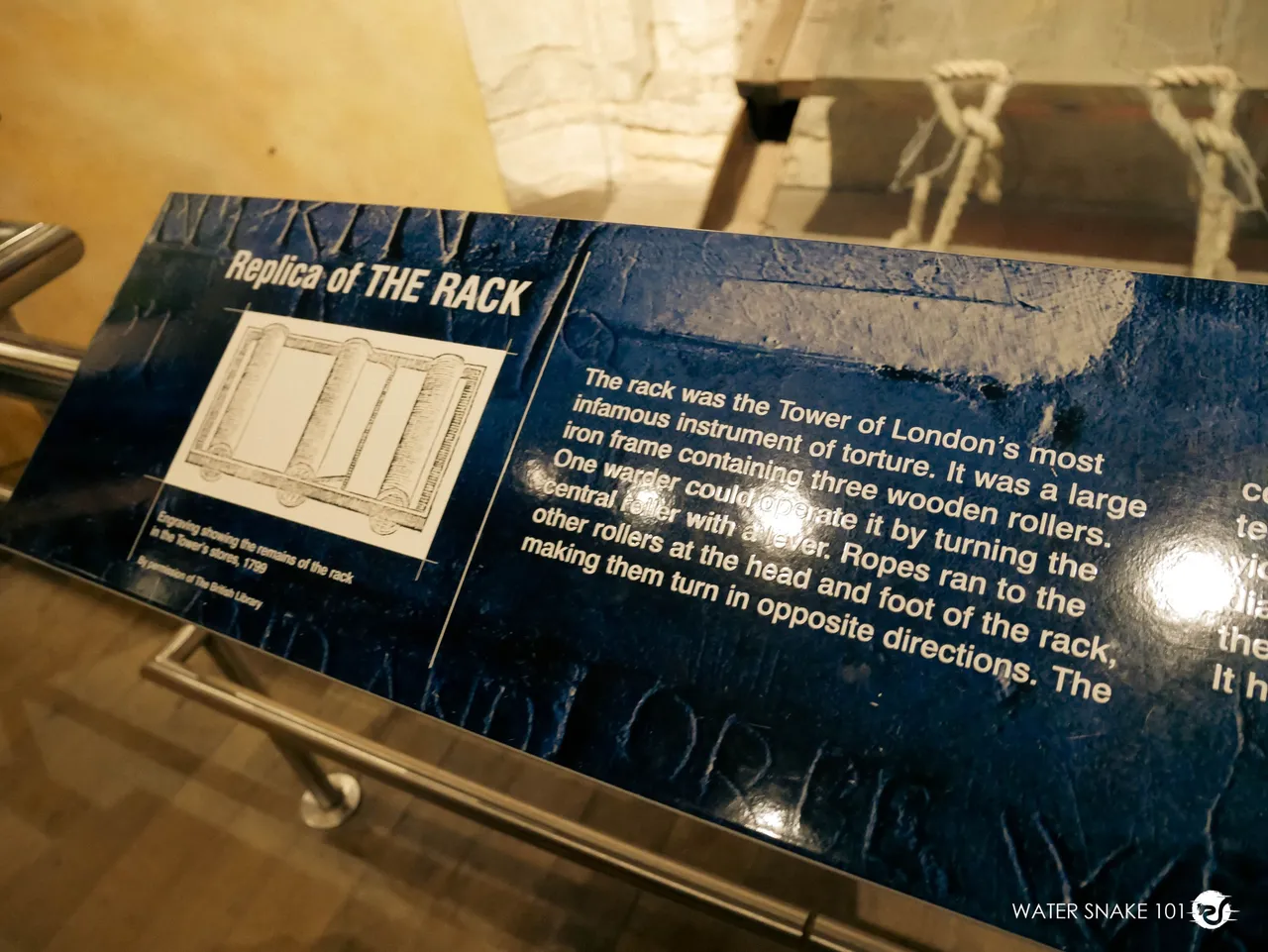
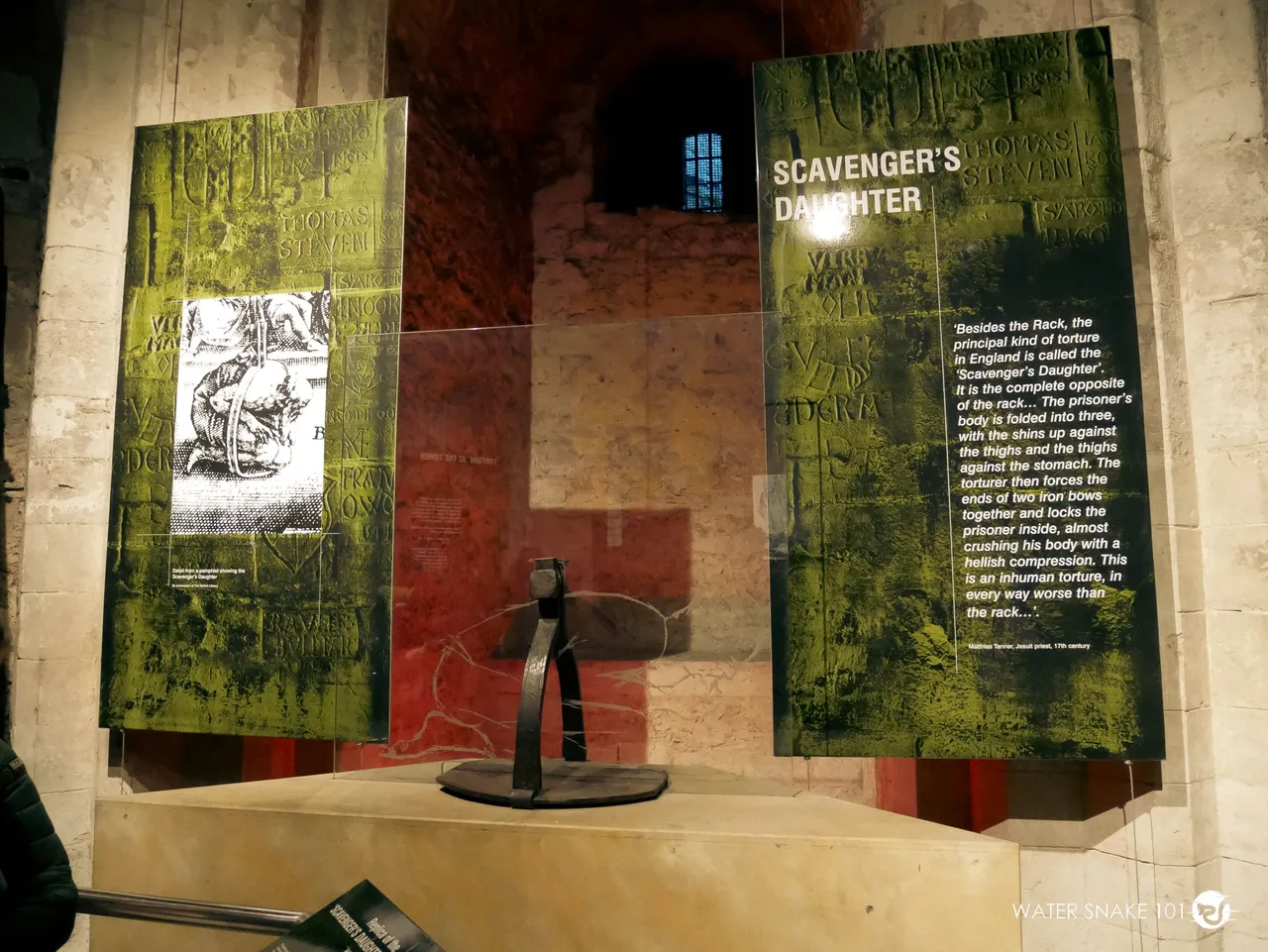
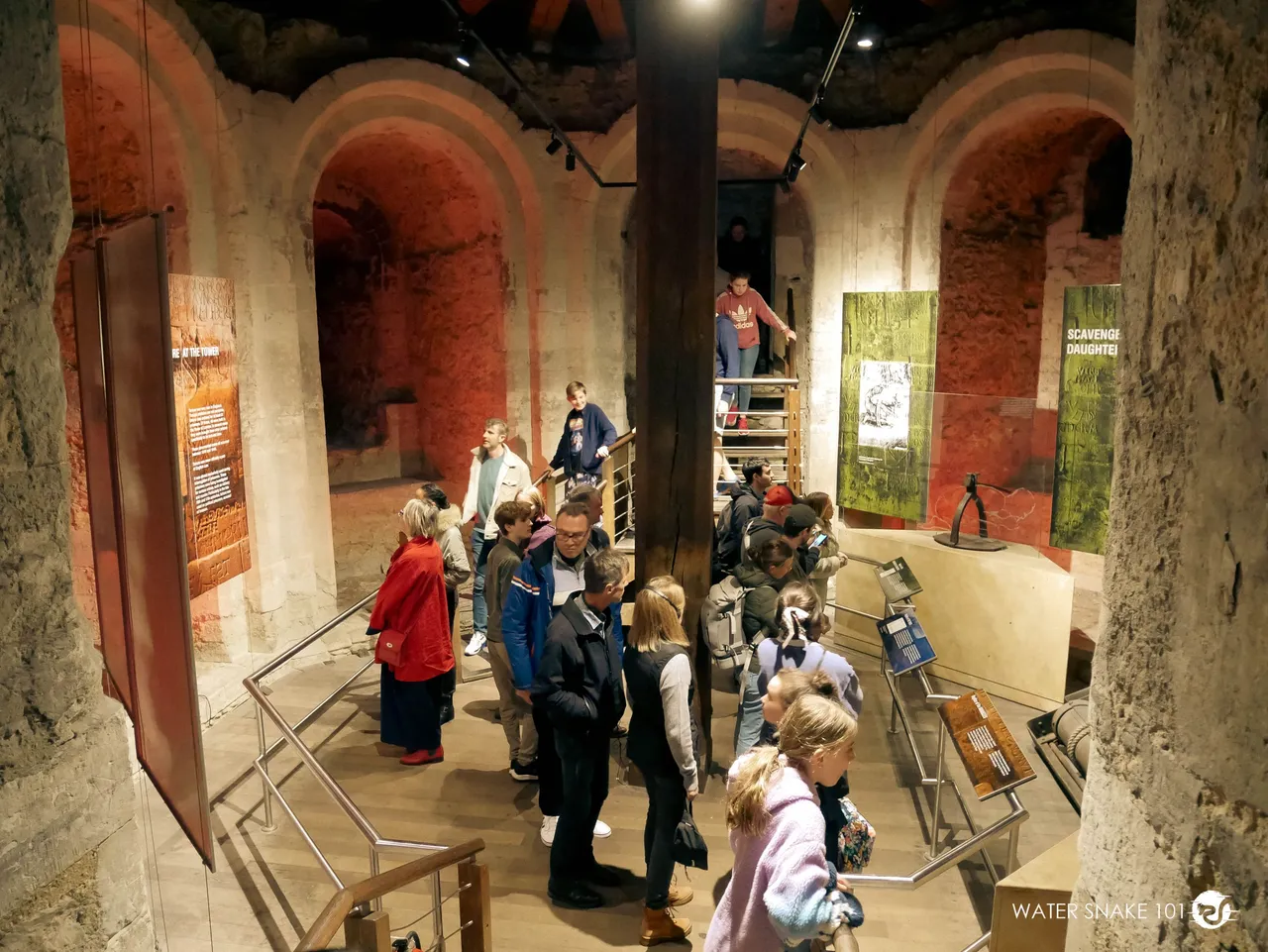
This area will lead you to where the Ravens were kept. You would ask why would they keep ravens in the fortress. The ravens at the Tower of London are part of a long-standing tradition. Legend has it that if the ravens ever leave the Tower, the kingdom will fall. As a result, the Tower keeps several ravens on the premises at all times. The birds are well cared for by the Raven master and are a popular attraction for visitors to the Tower of London. Until today there are ravens in the castle and would continue the tradition.
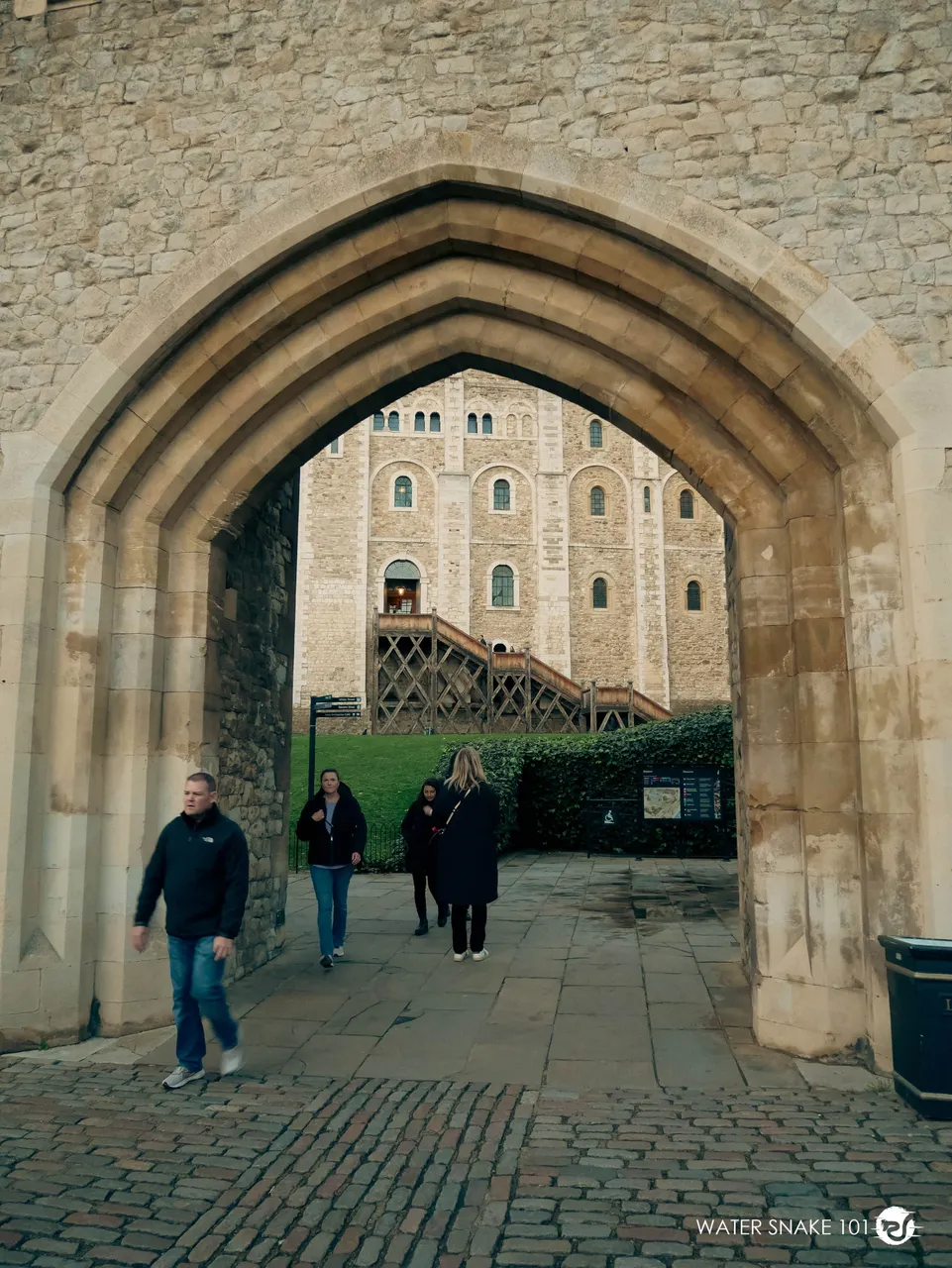
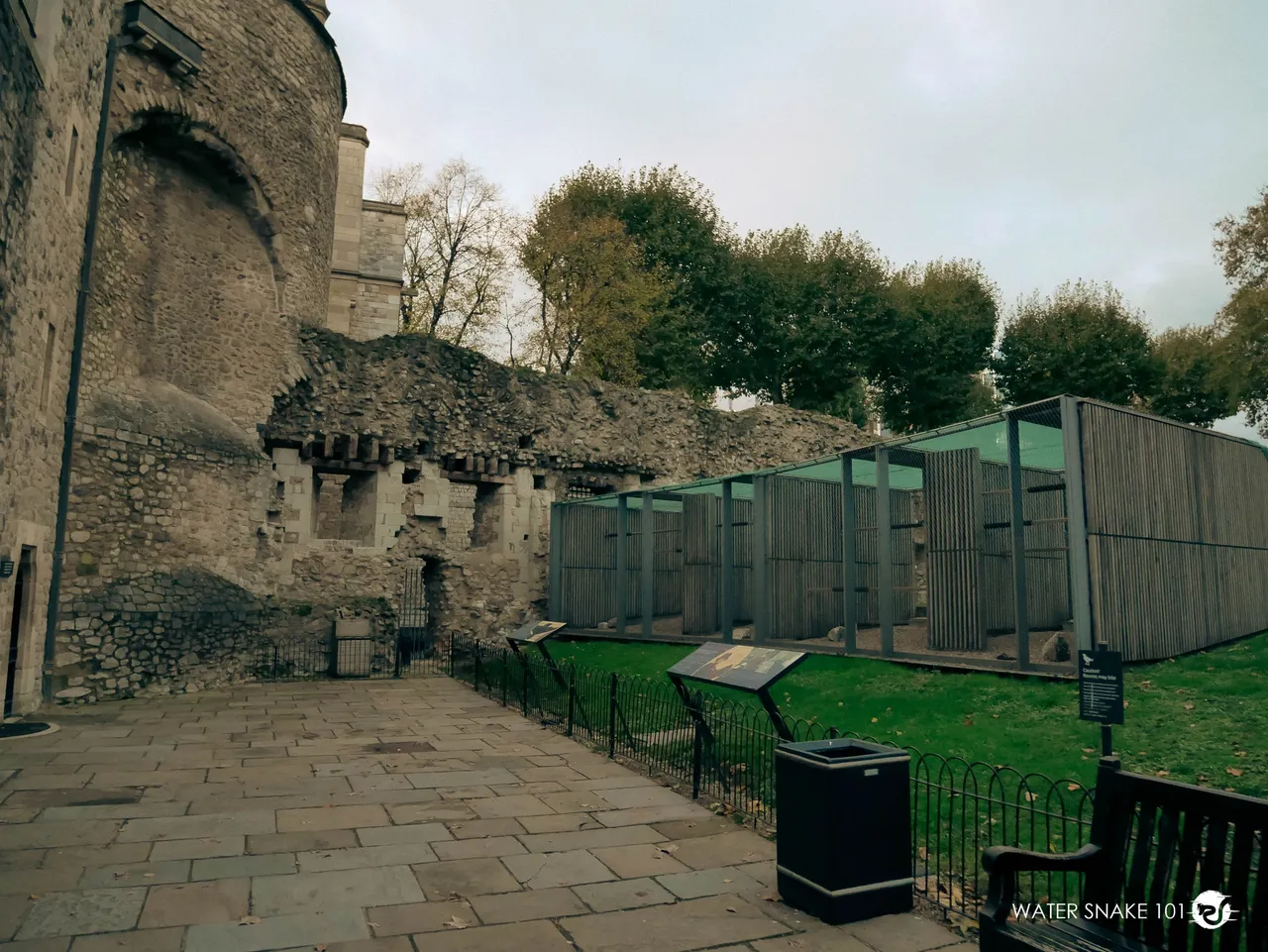
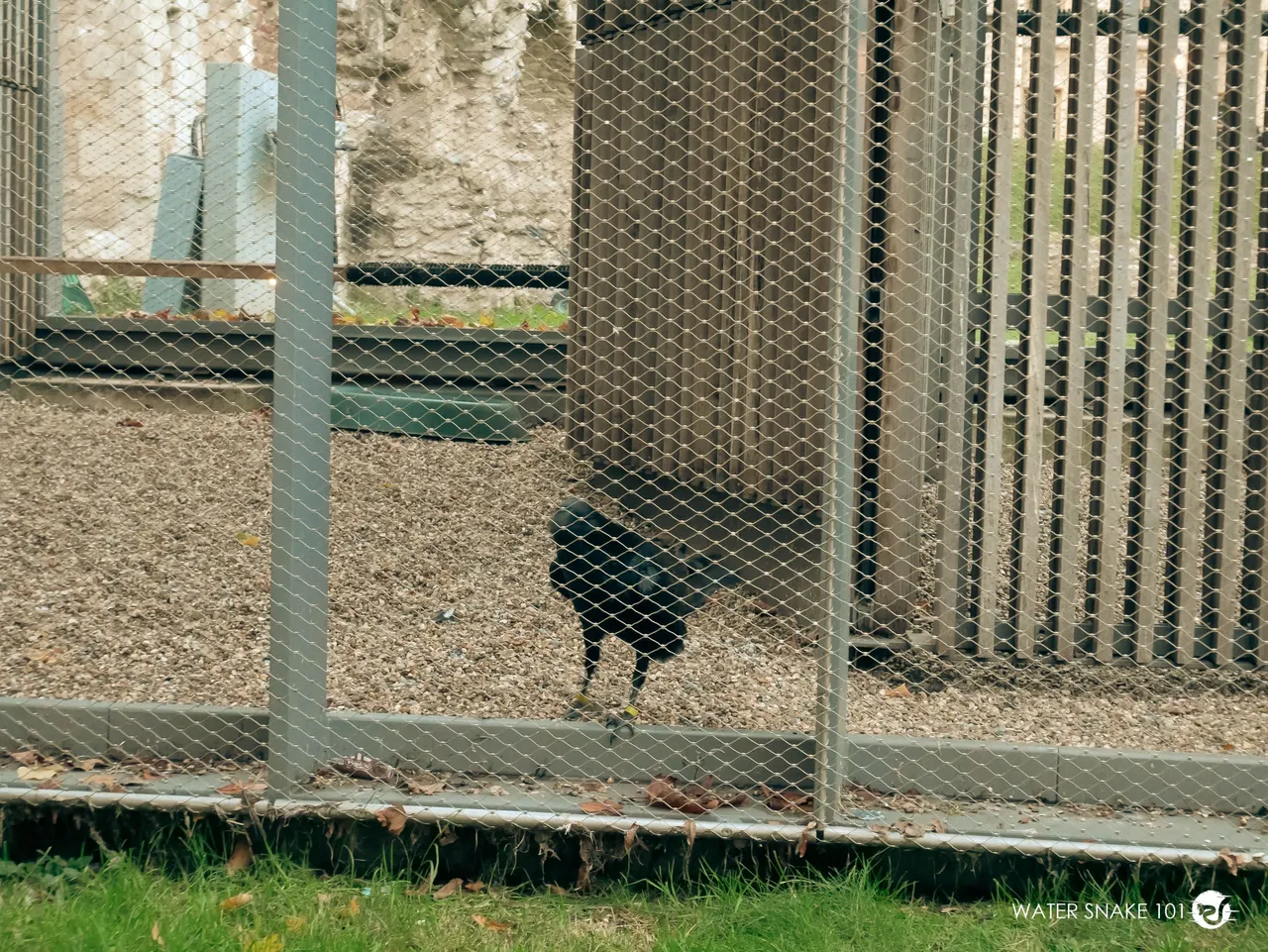

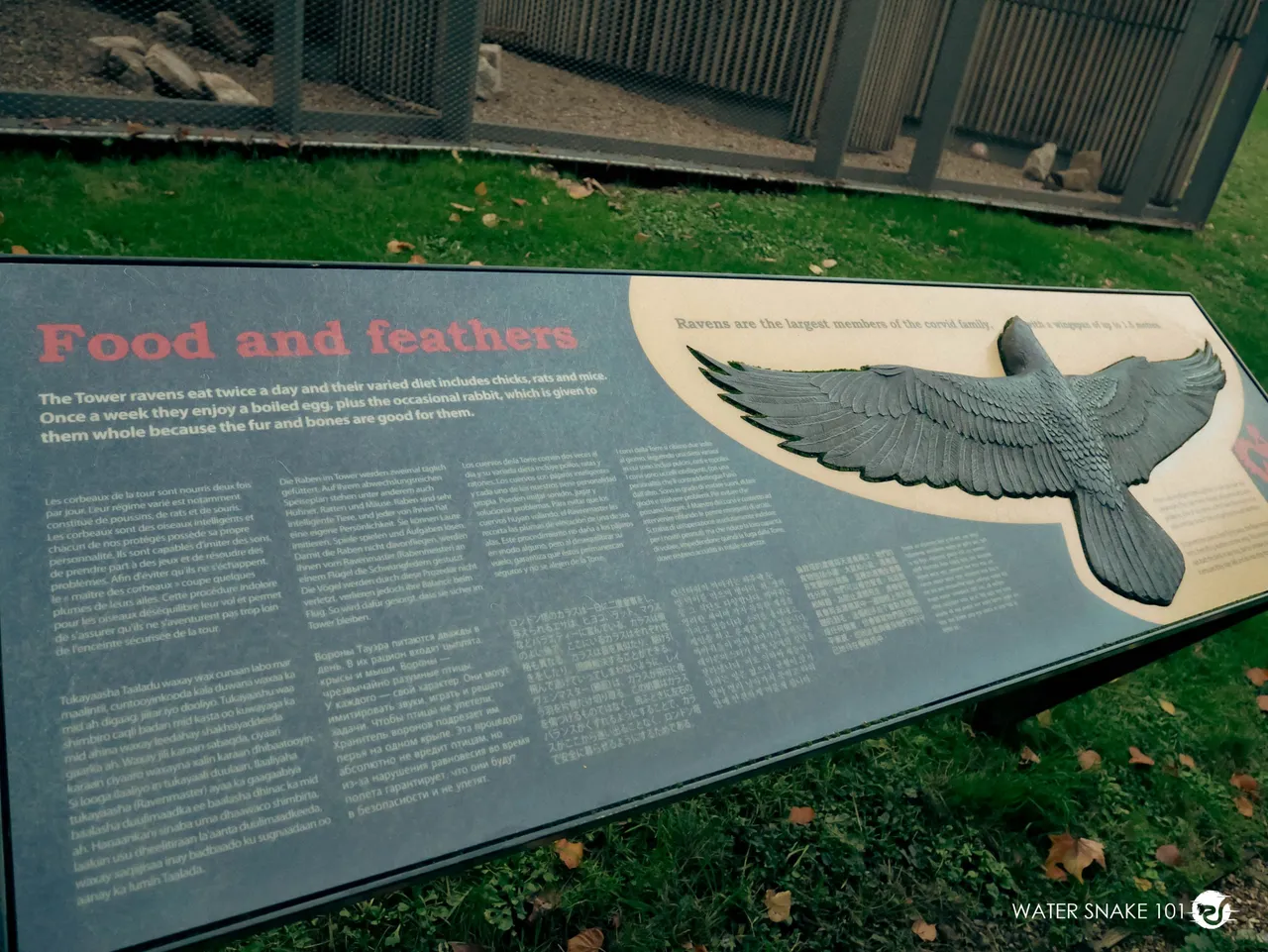

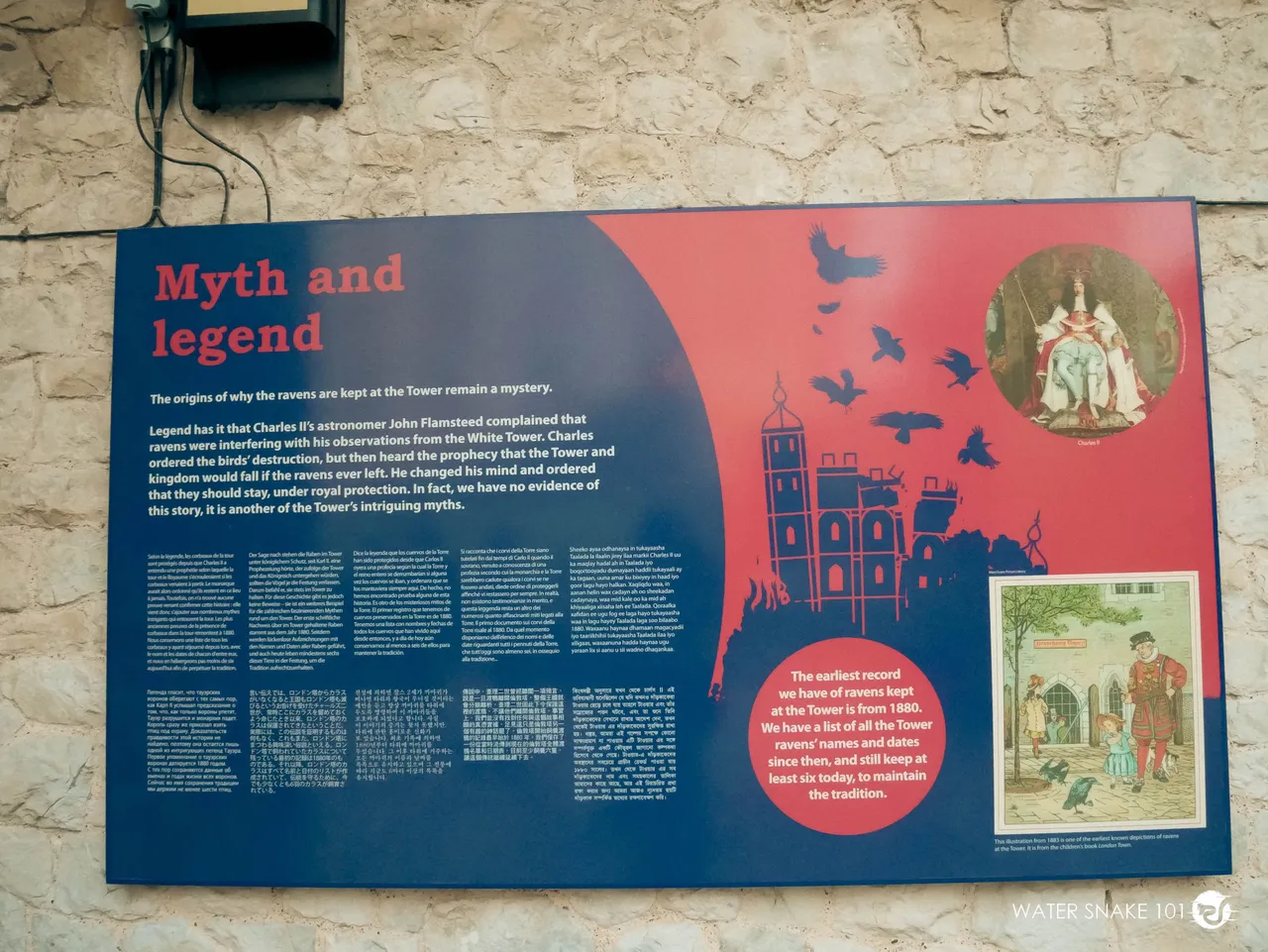
We then walked around a little more on the castle grounds. It felt surreal being inside this castle and thinking about life during medieval times.
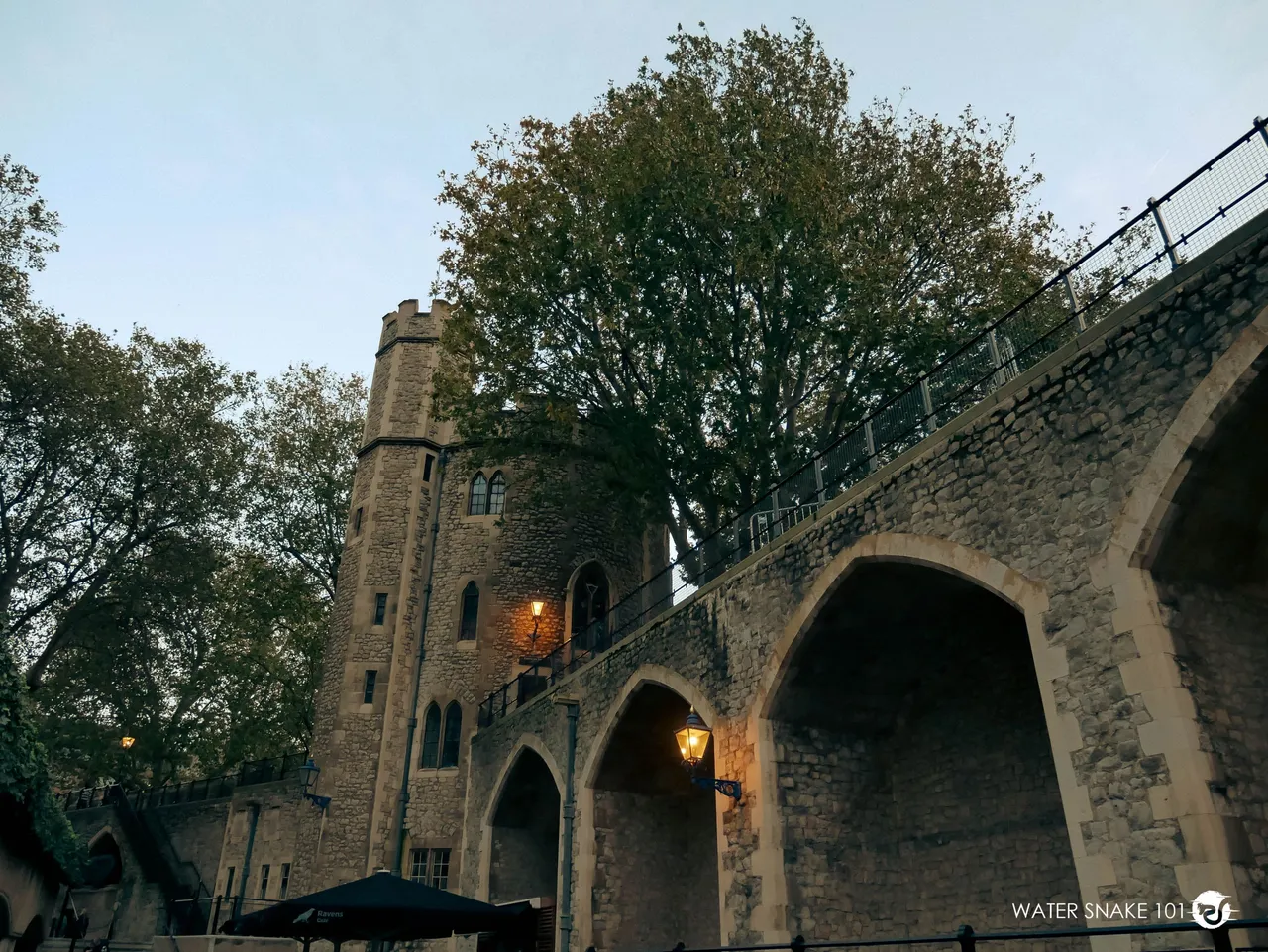
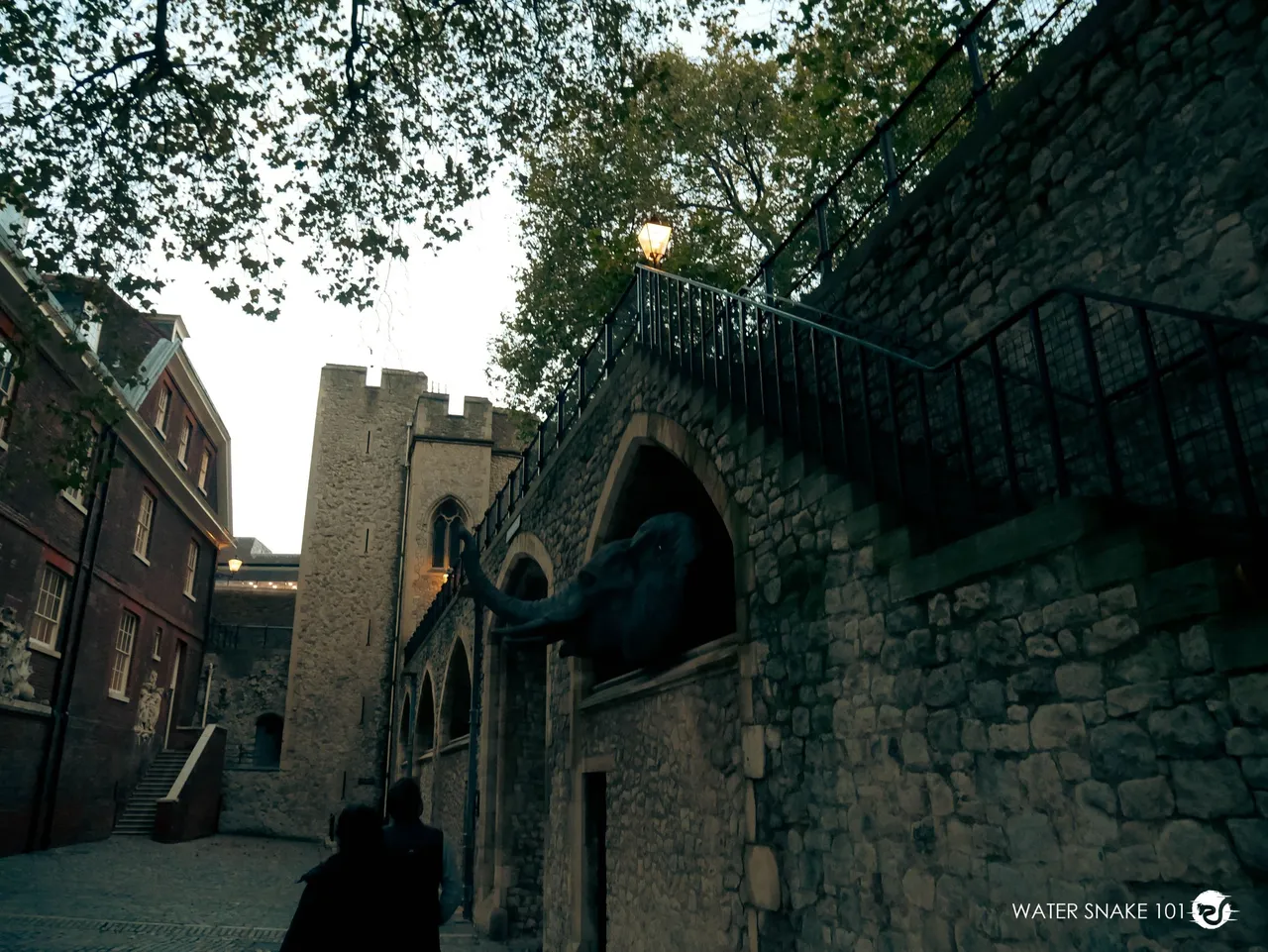
They also had shops here but it was a little bit late so they were already closed at this time.
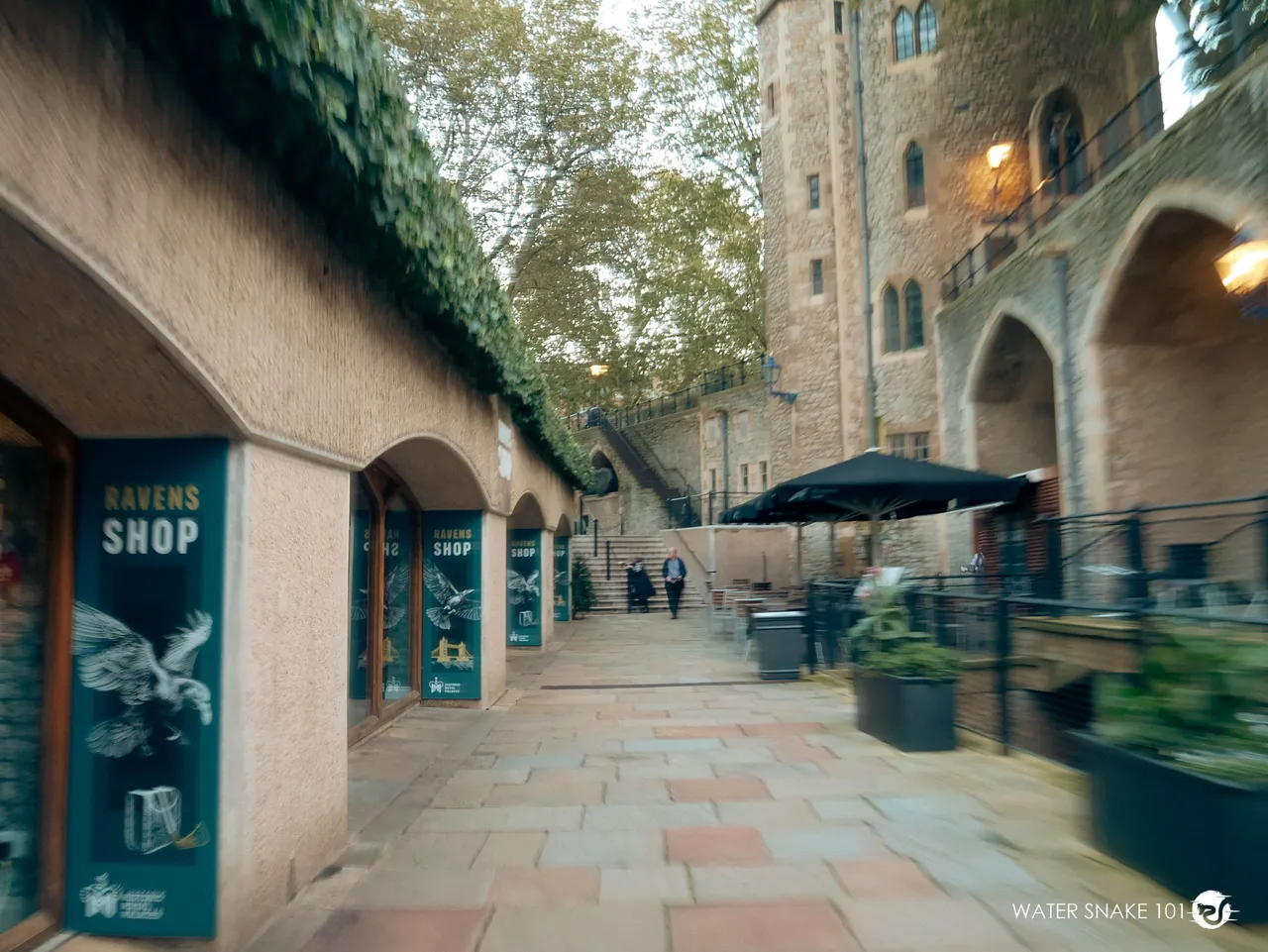
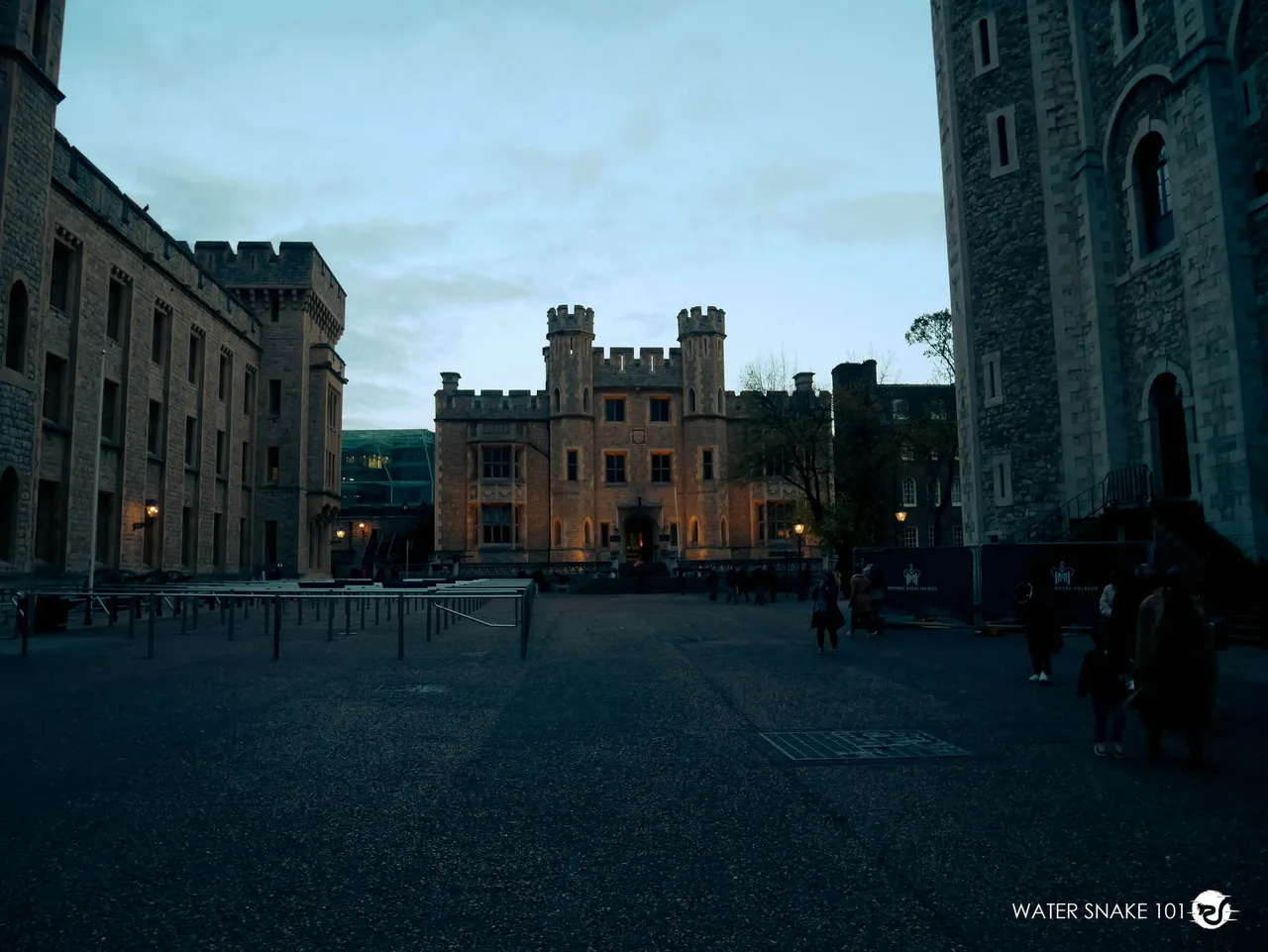
Thank you for joining us today and I hope you enjoyed this part of the tour. This is not the end though as I have saved the best for last. If you love knights and armour you will be in for a treat. Come join us again next time as we explore the White Tower.
Until then see you soon.
Cheers!


All photos are original and taken with
Lumix GX85 12-32mm and Olympus 45mm f1.8


Lumix GX85 12-32mm and Olympus 45mm f1.8

